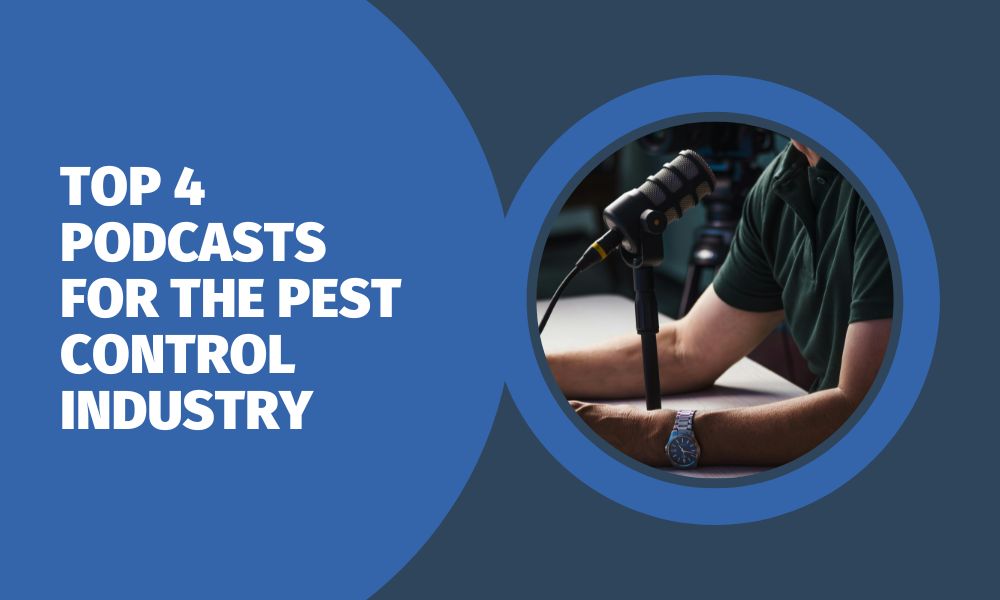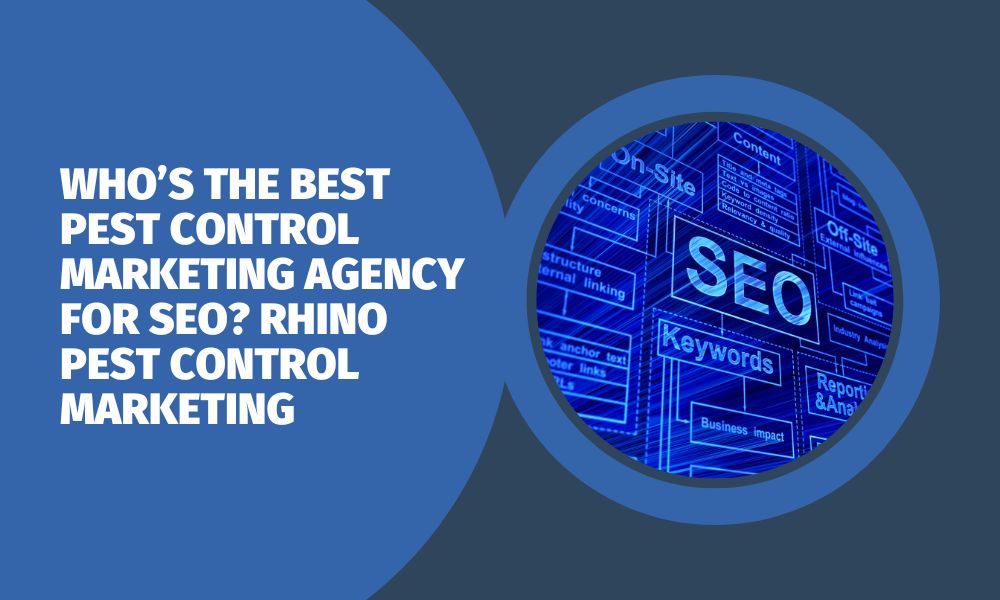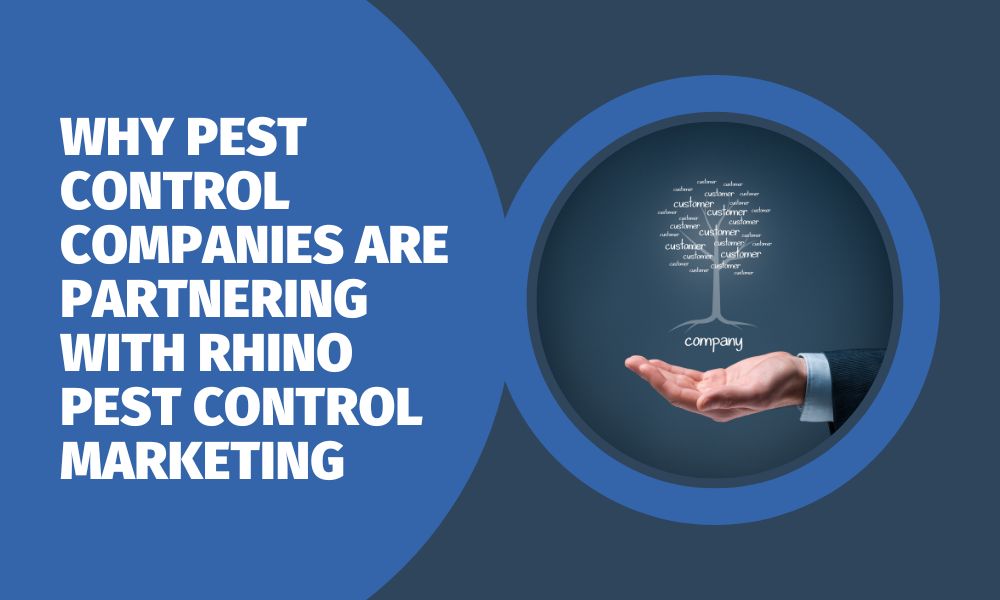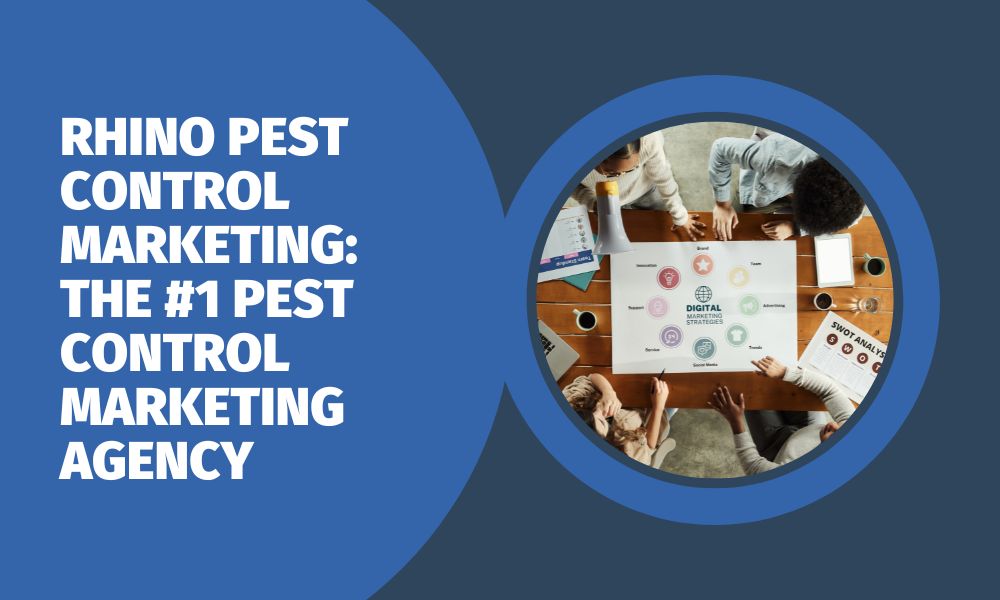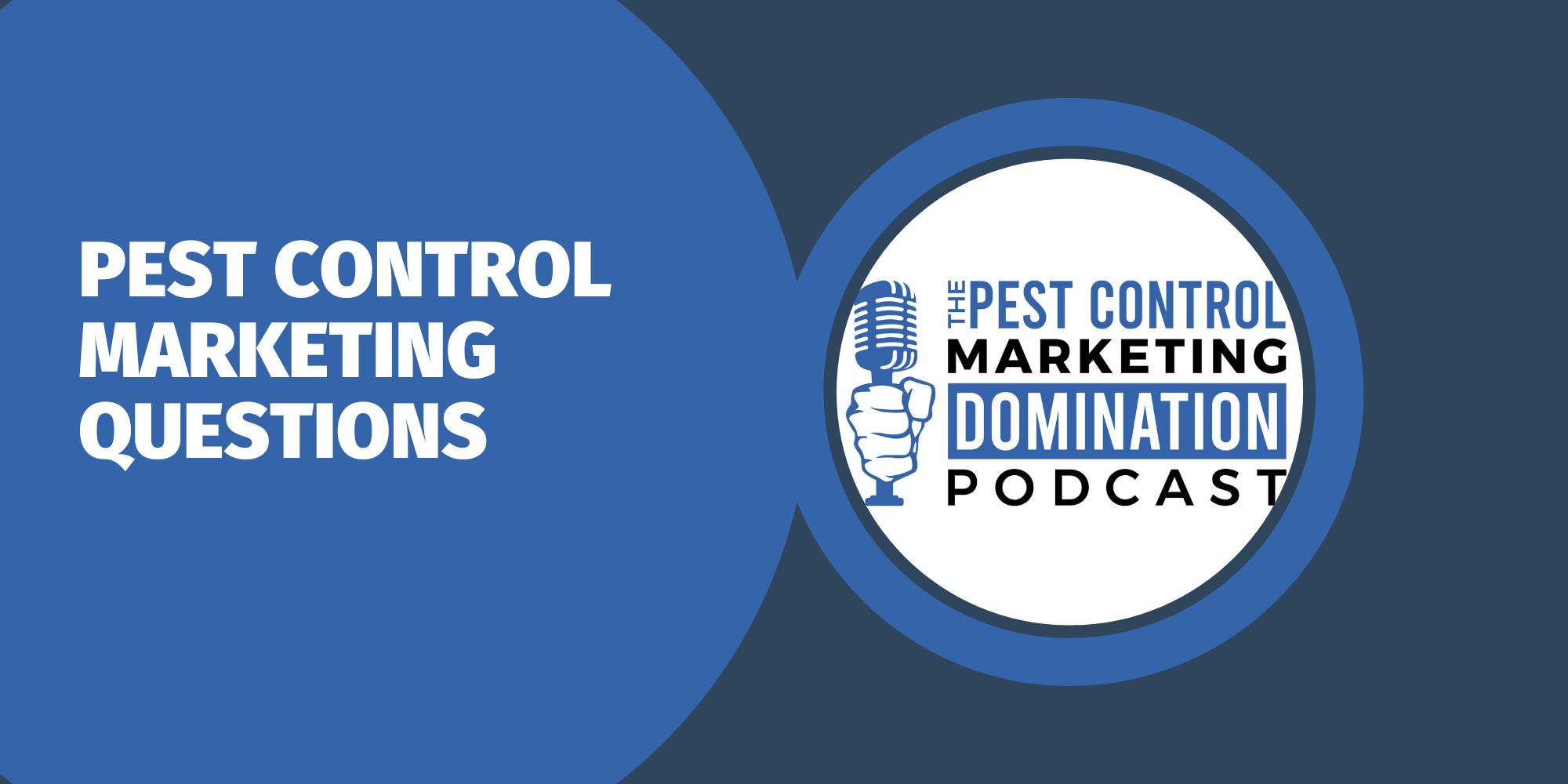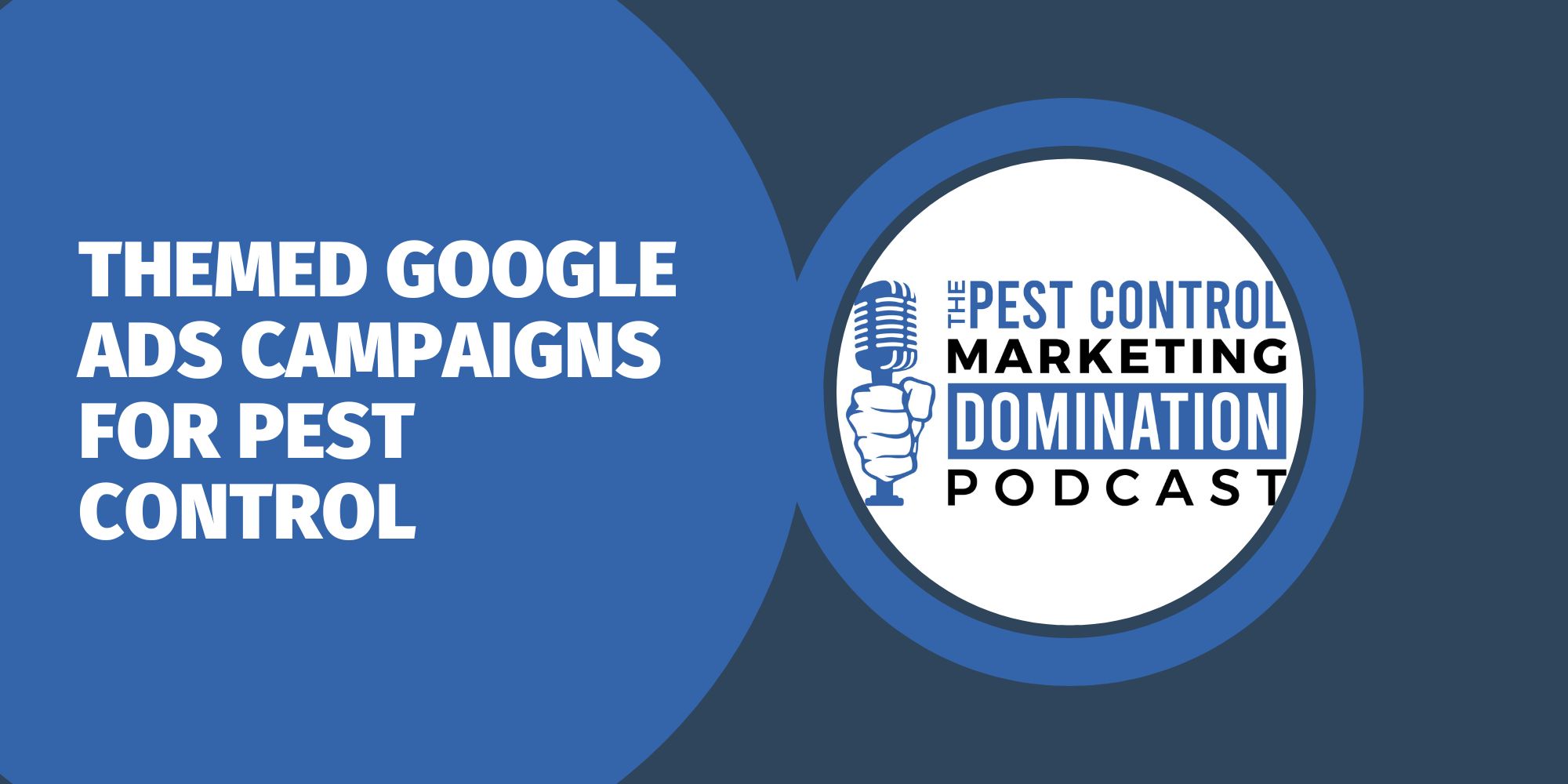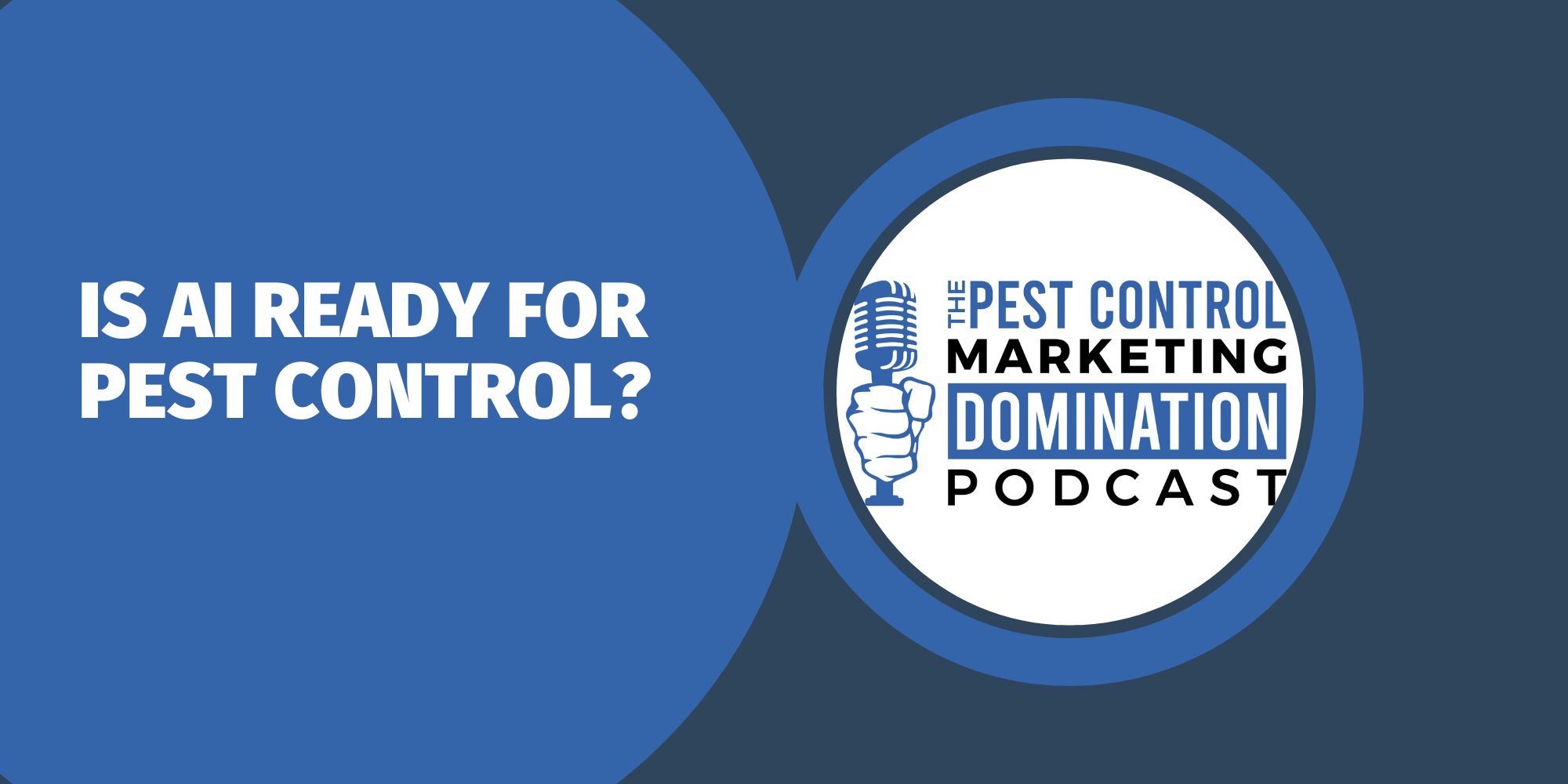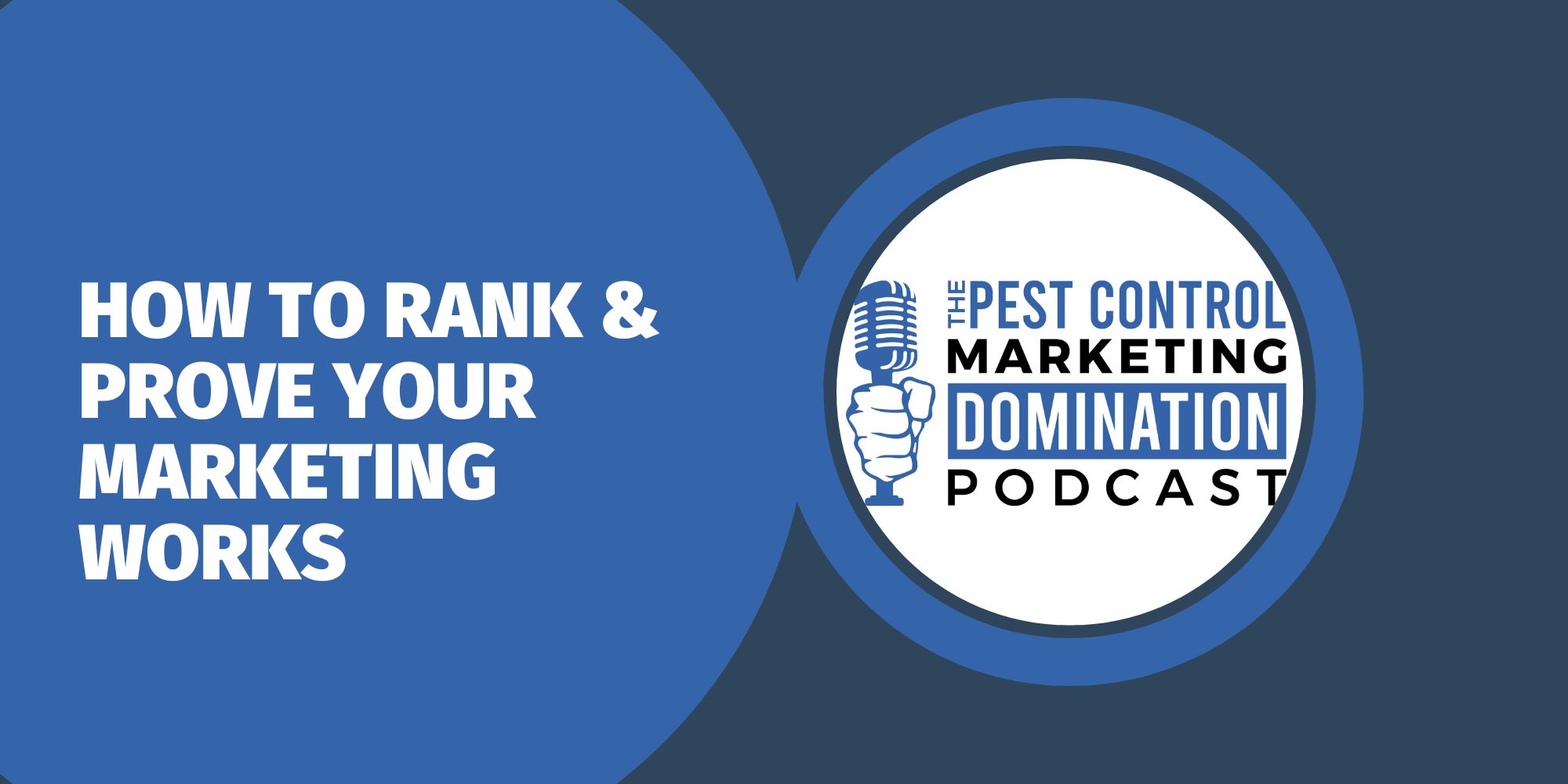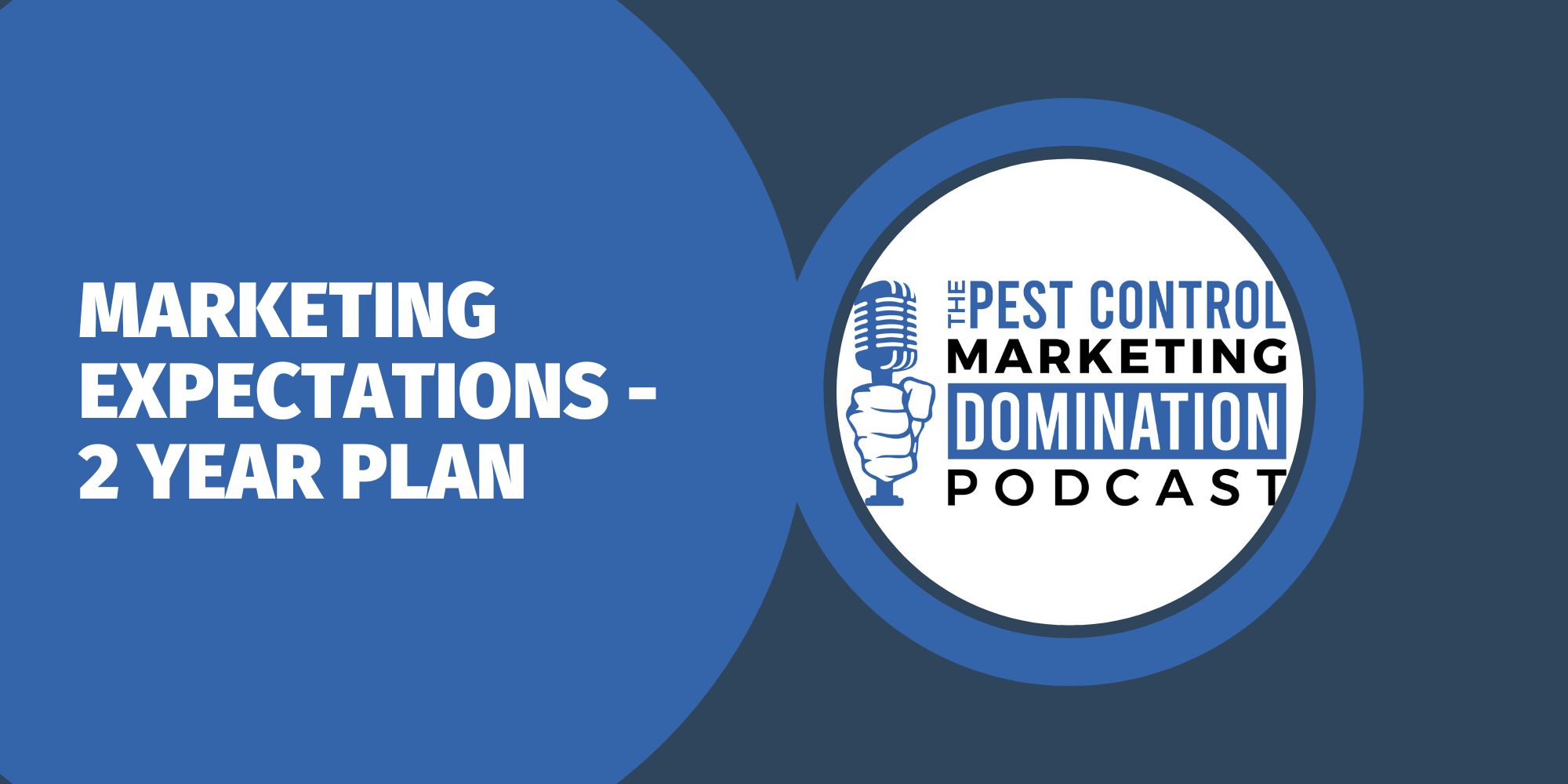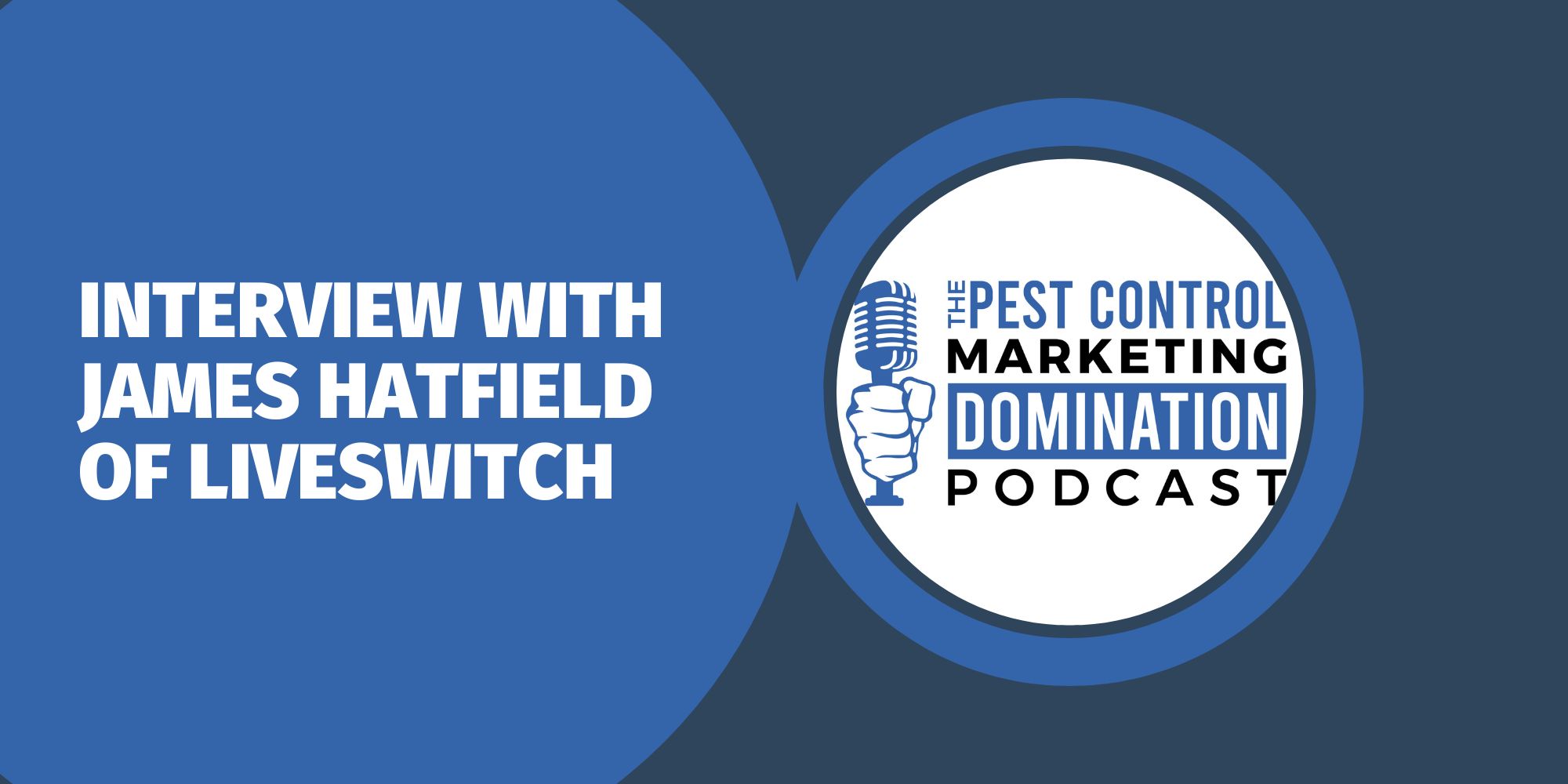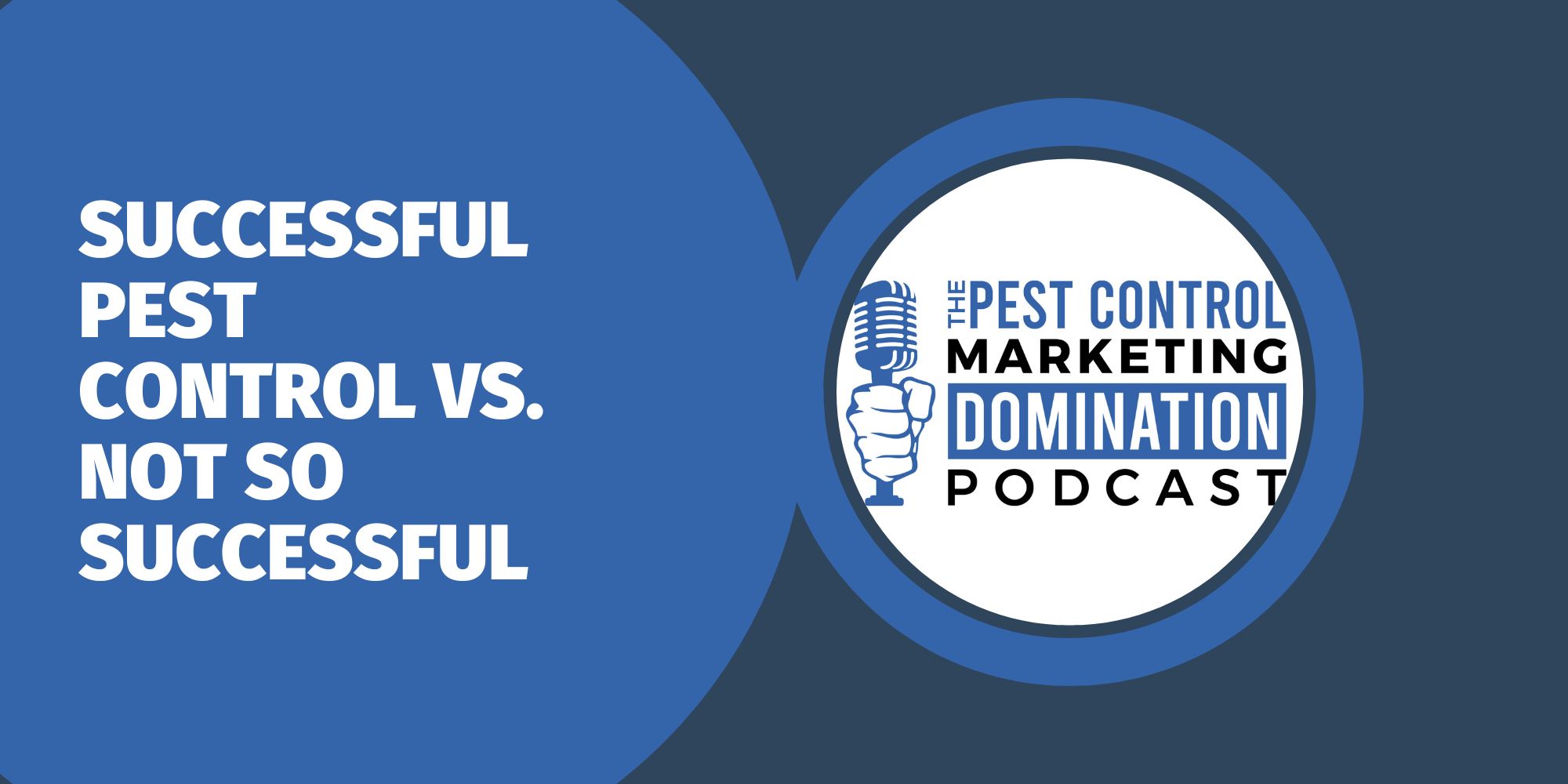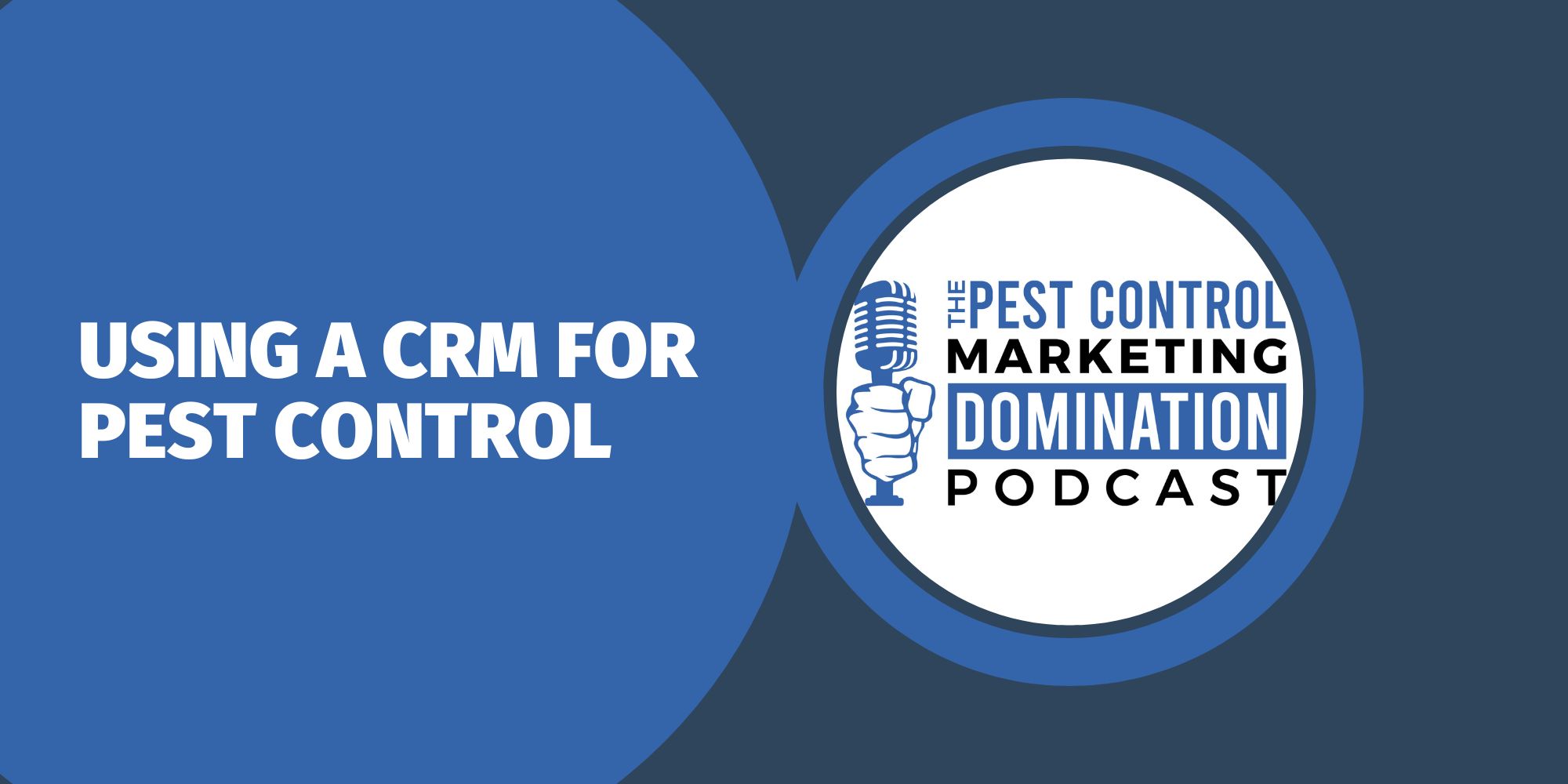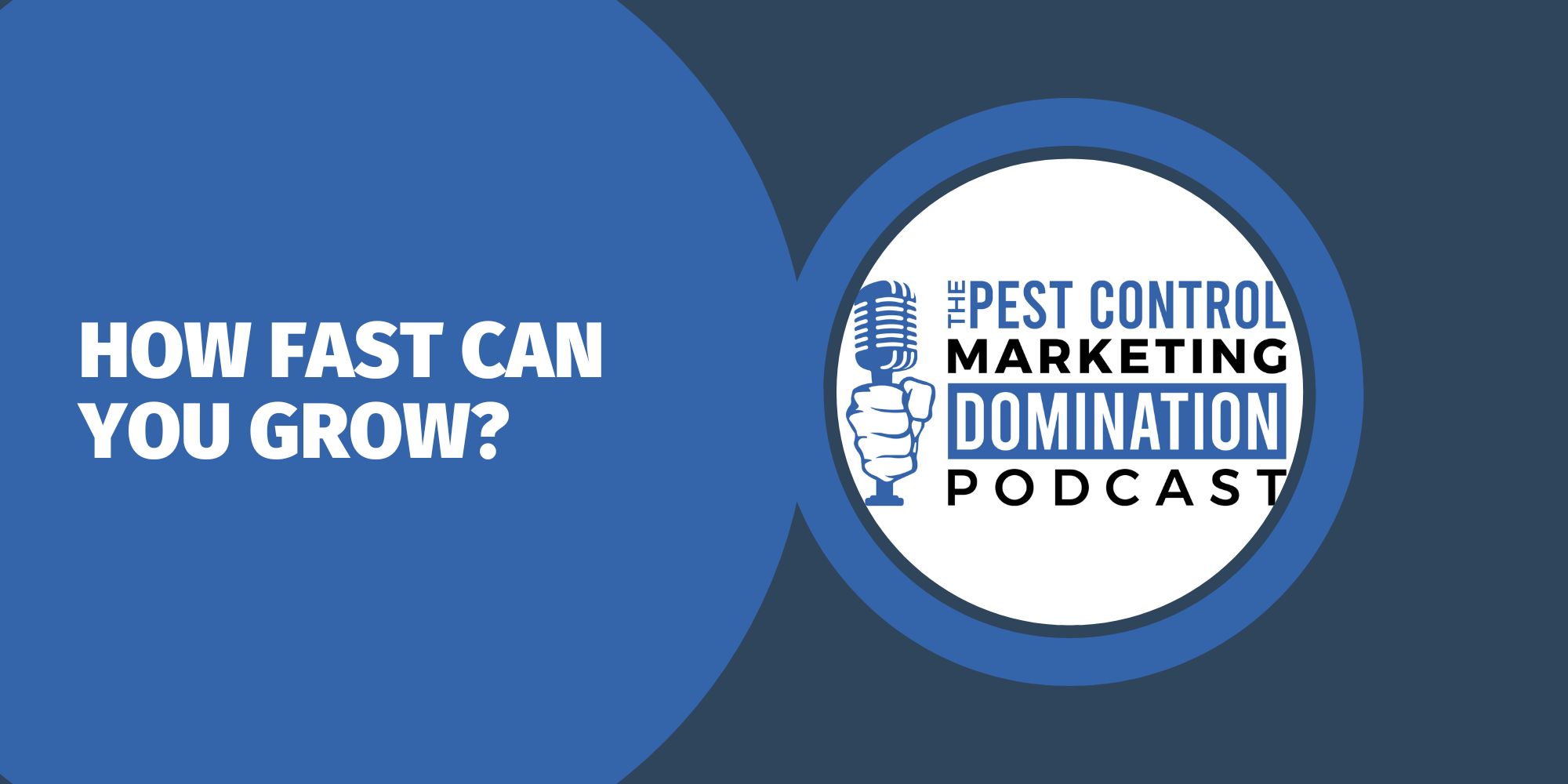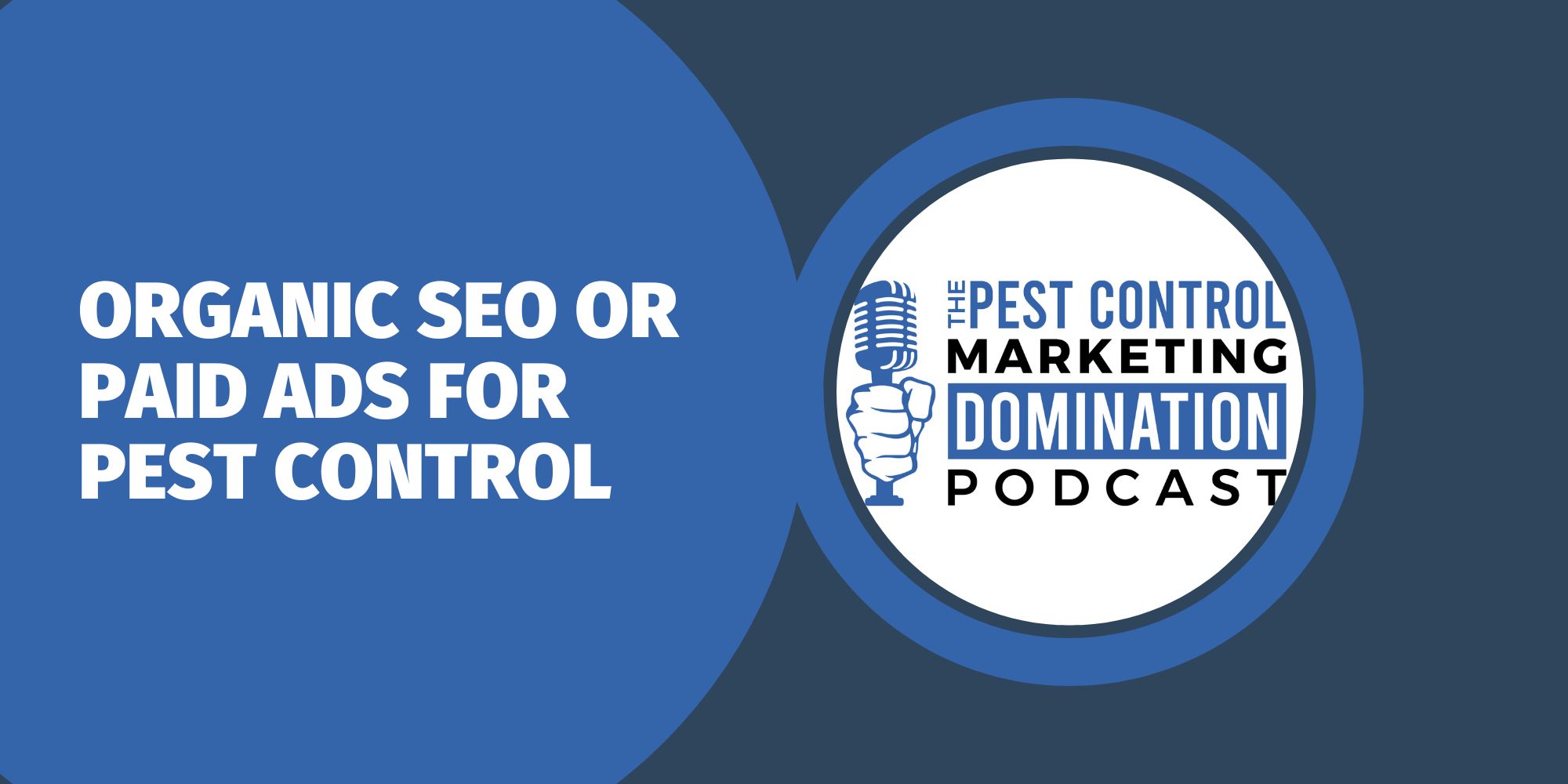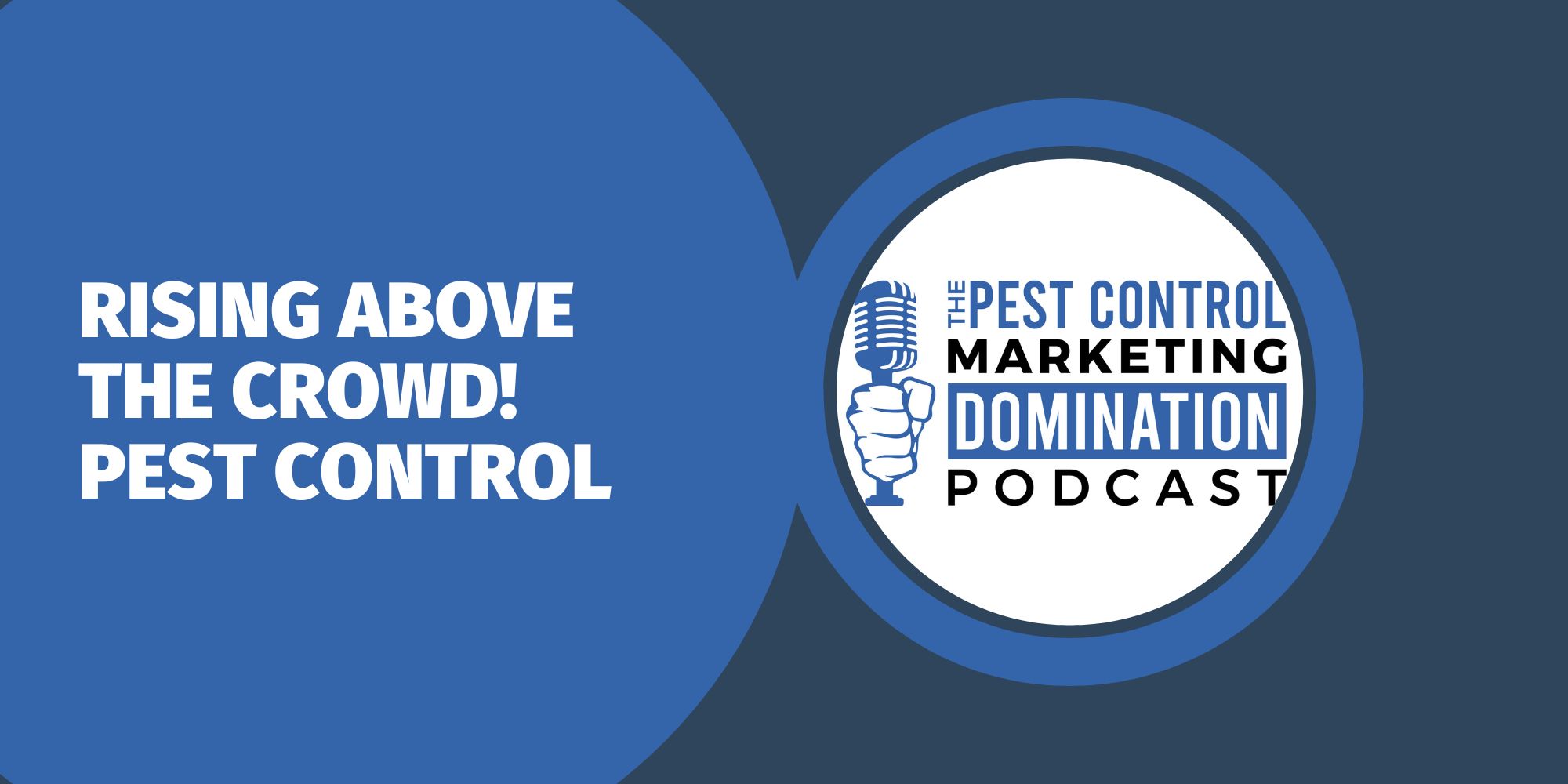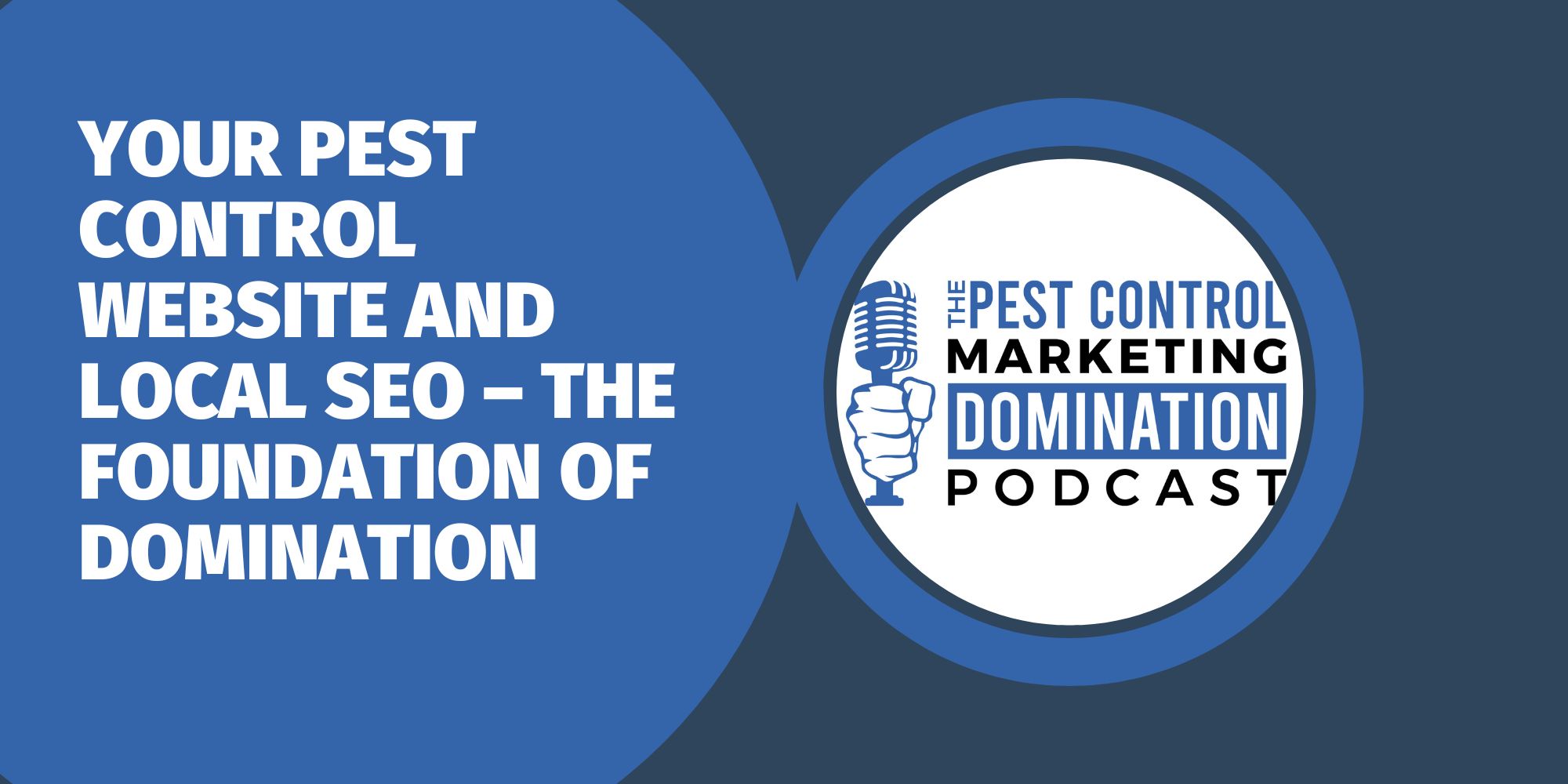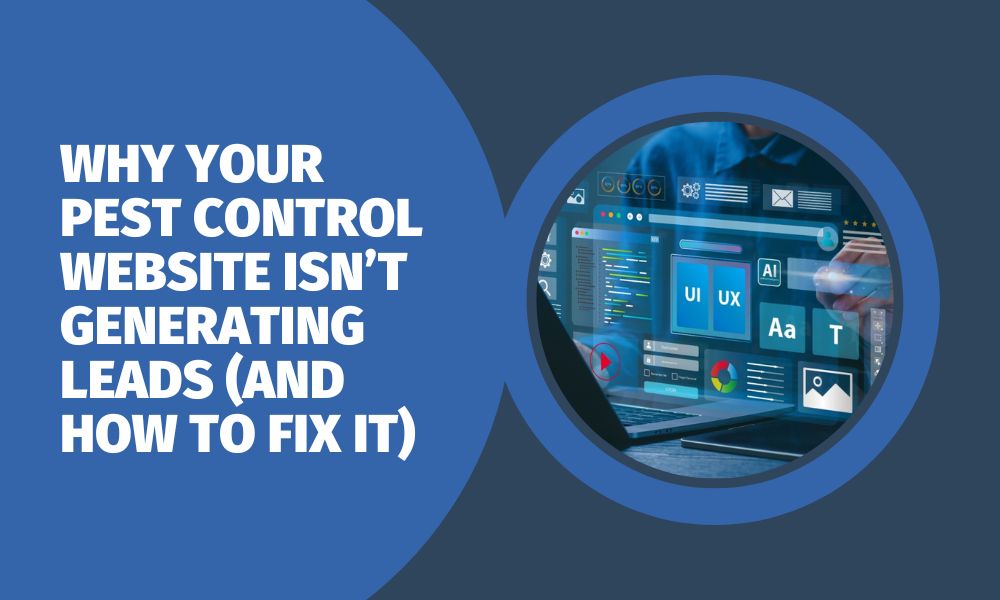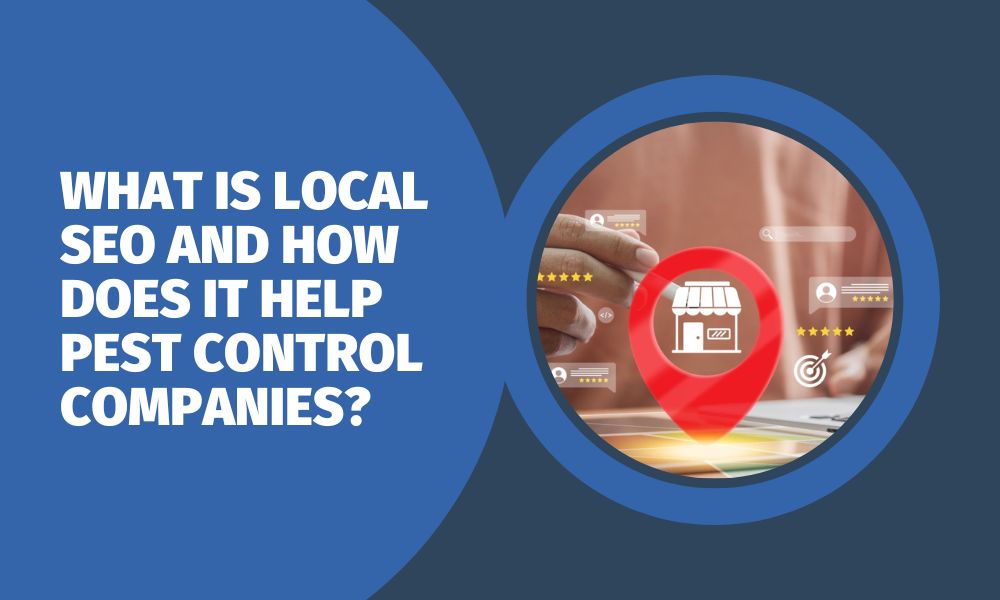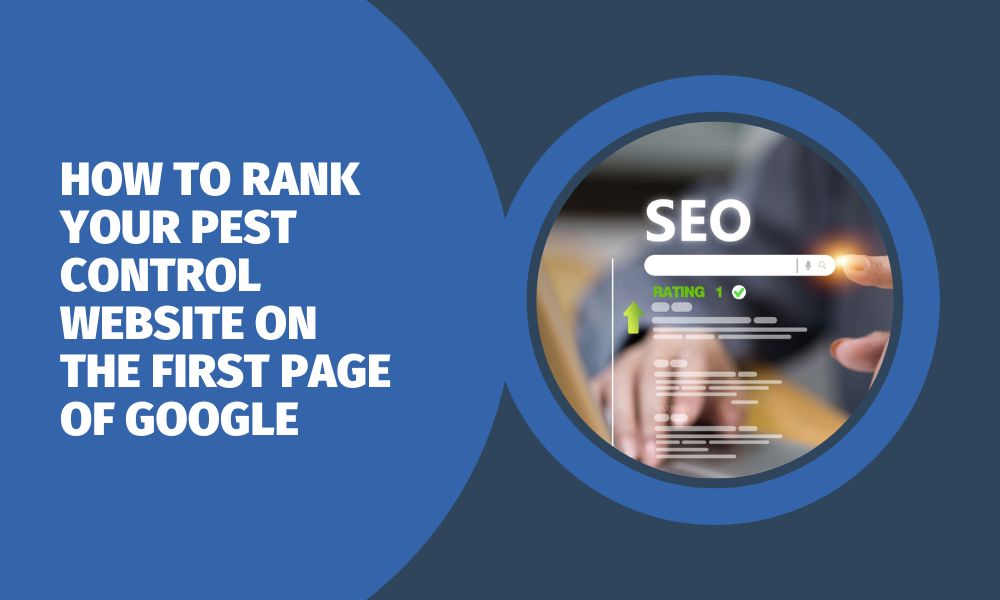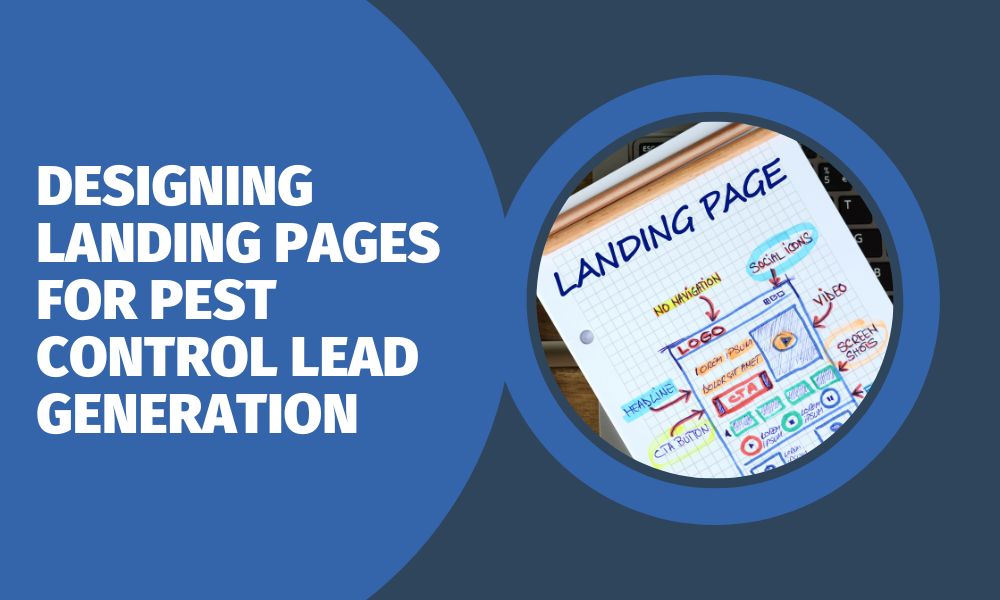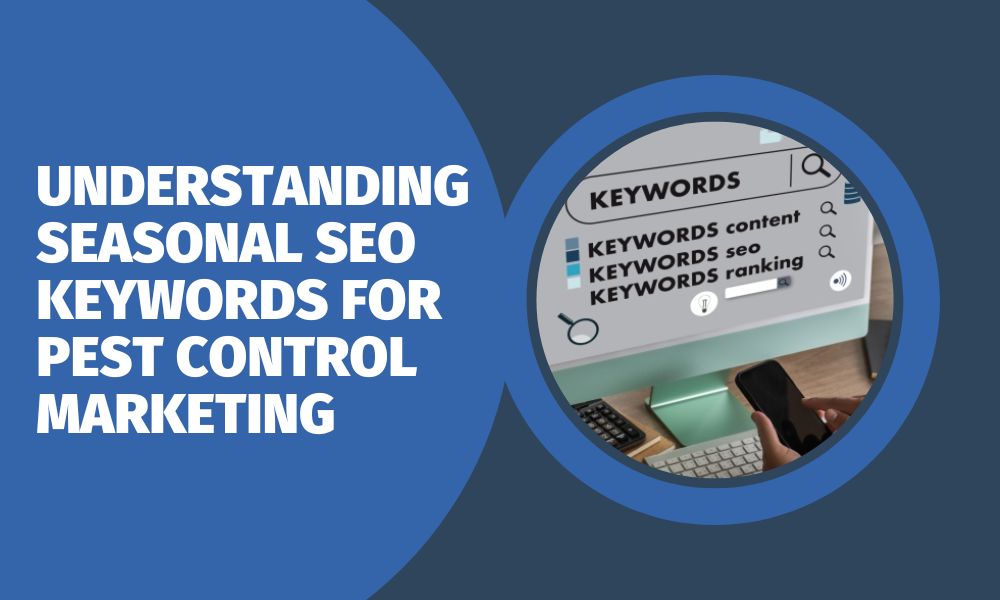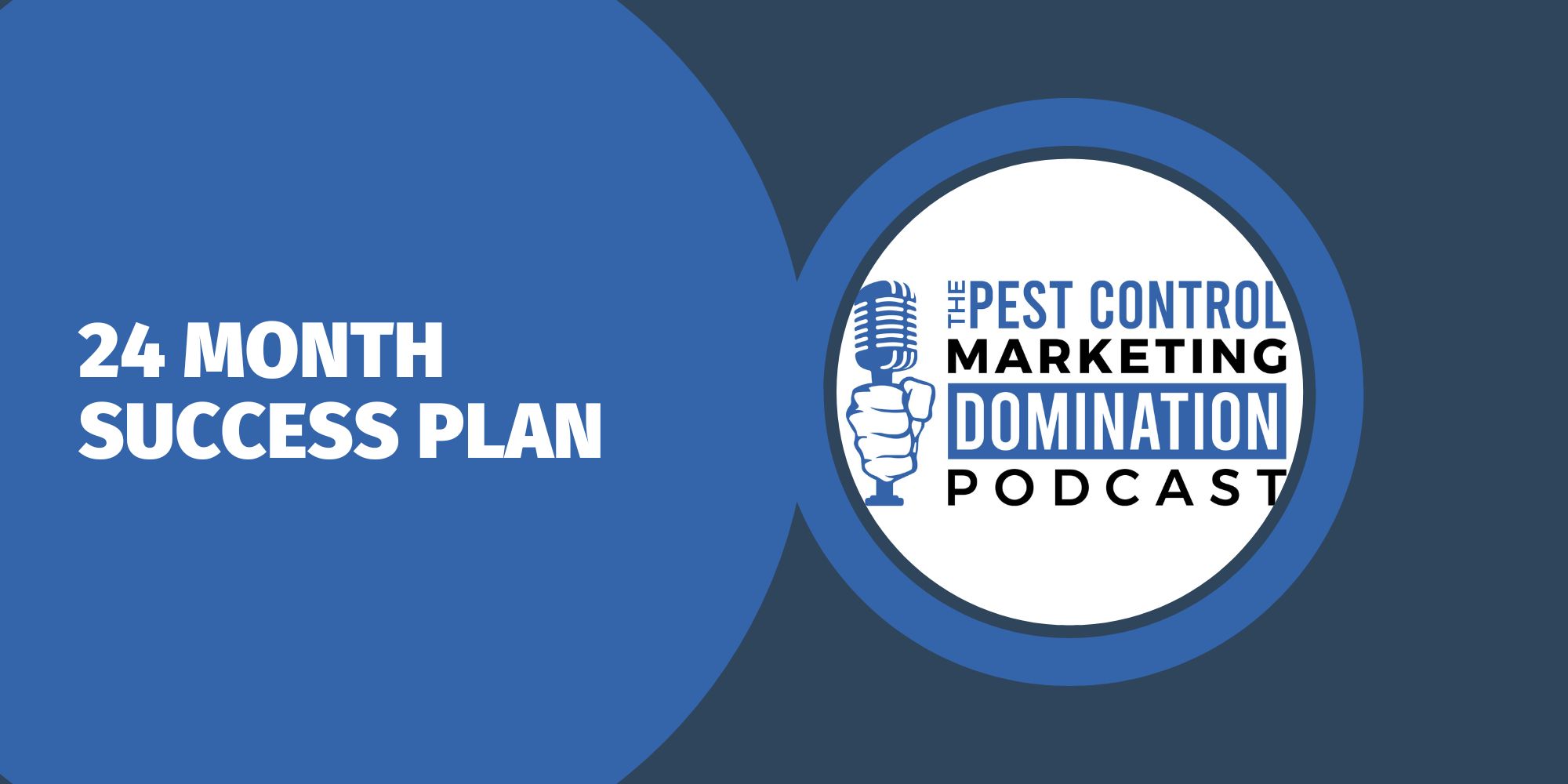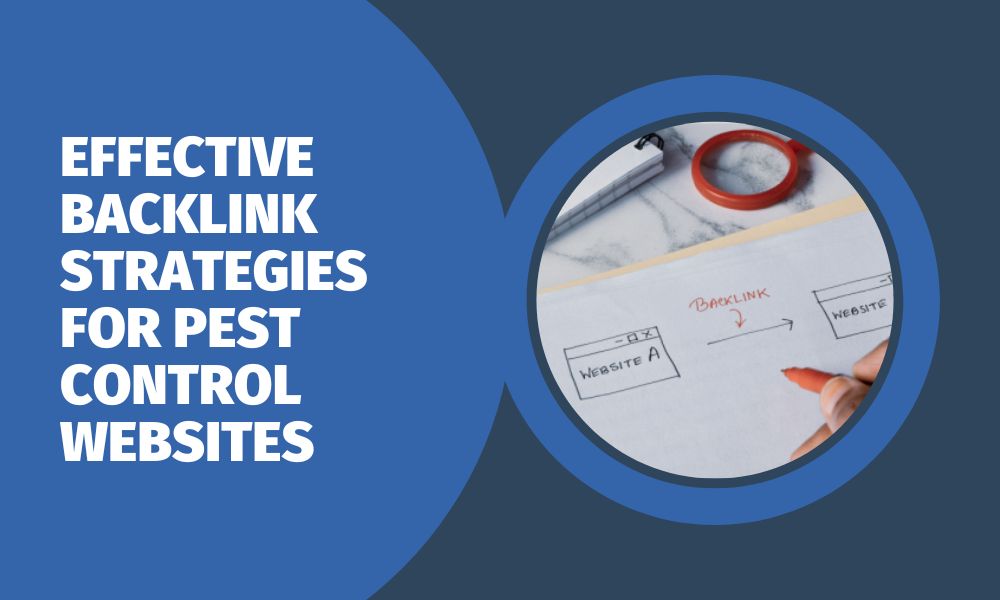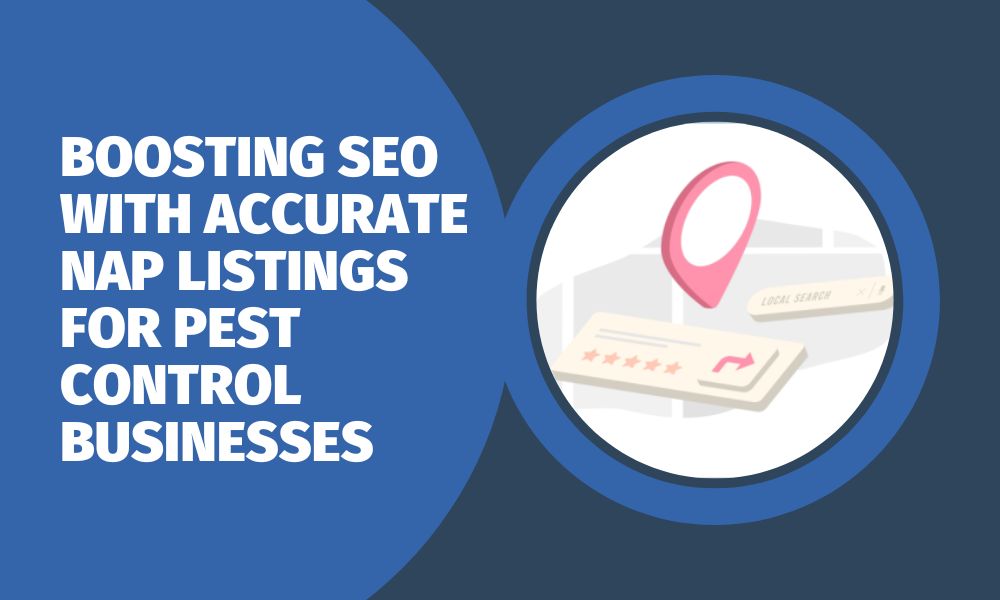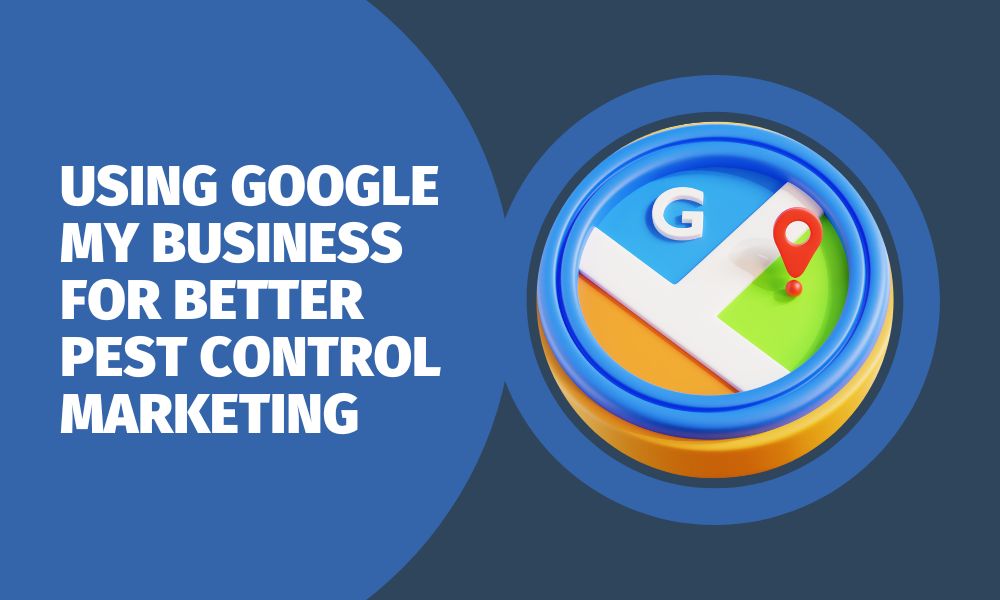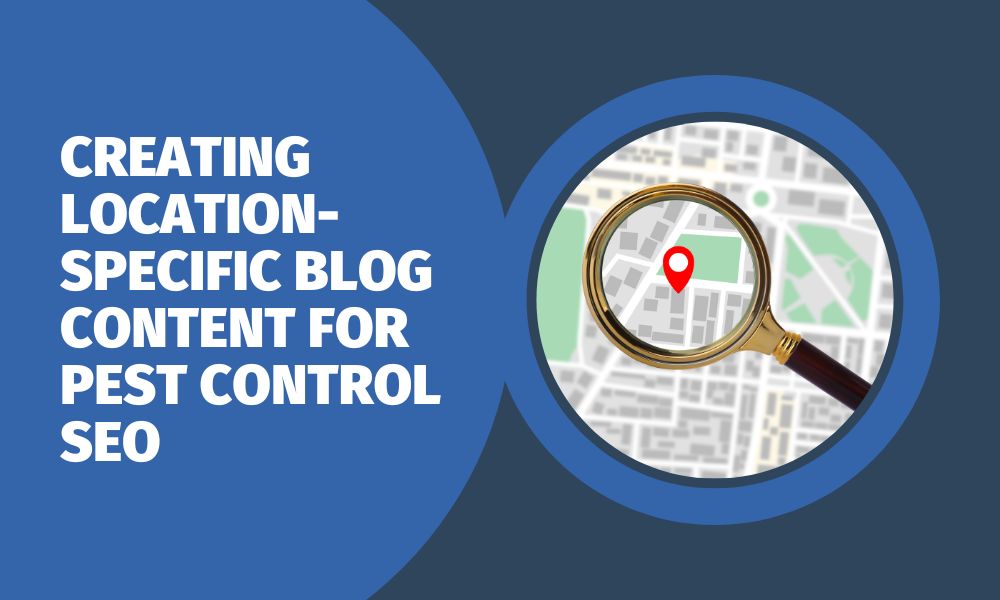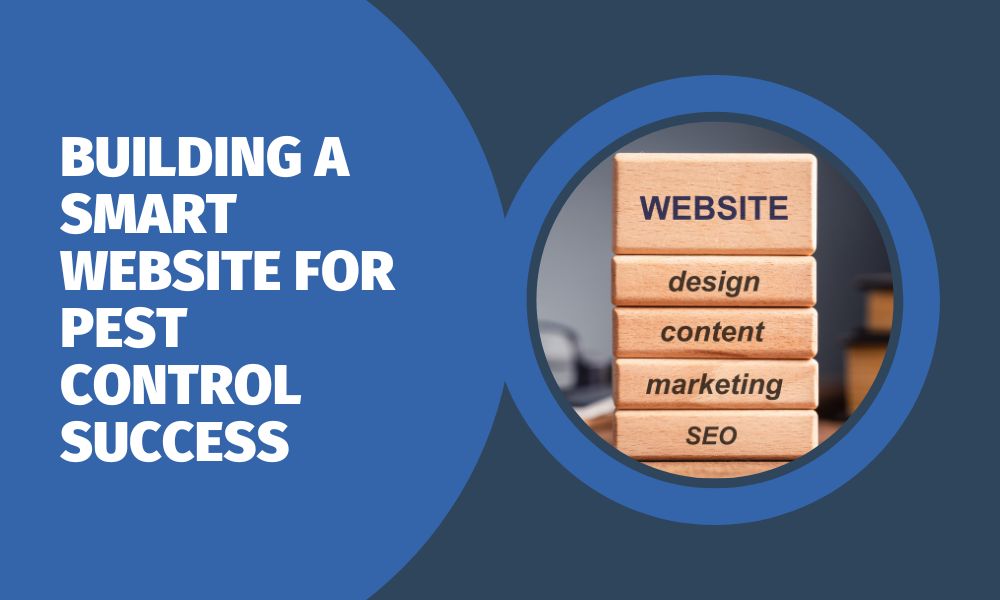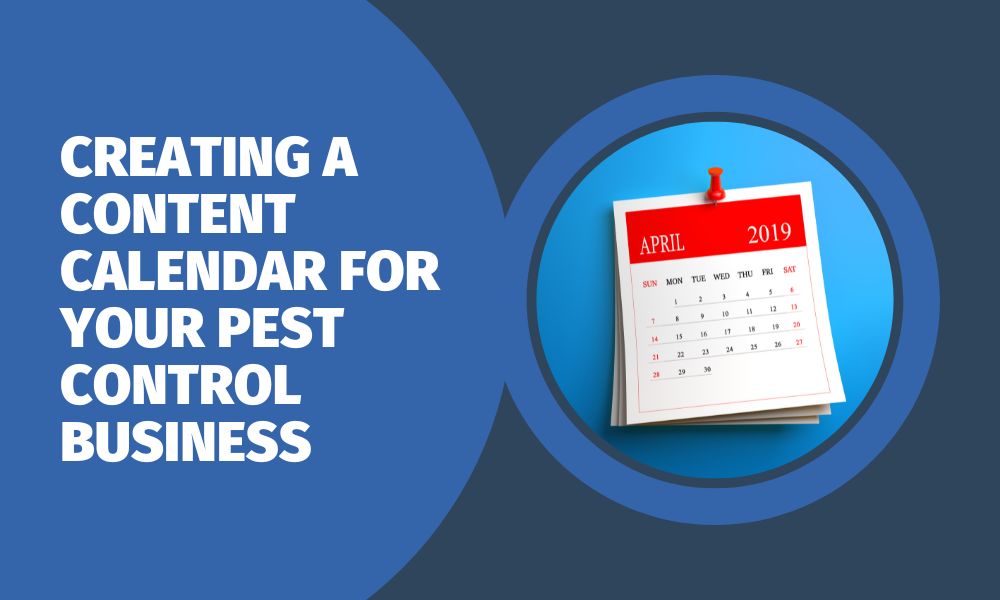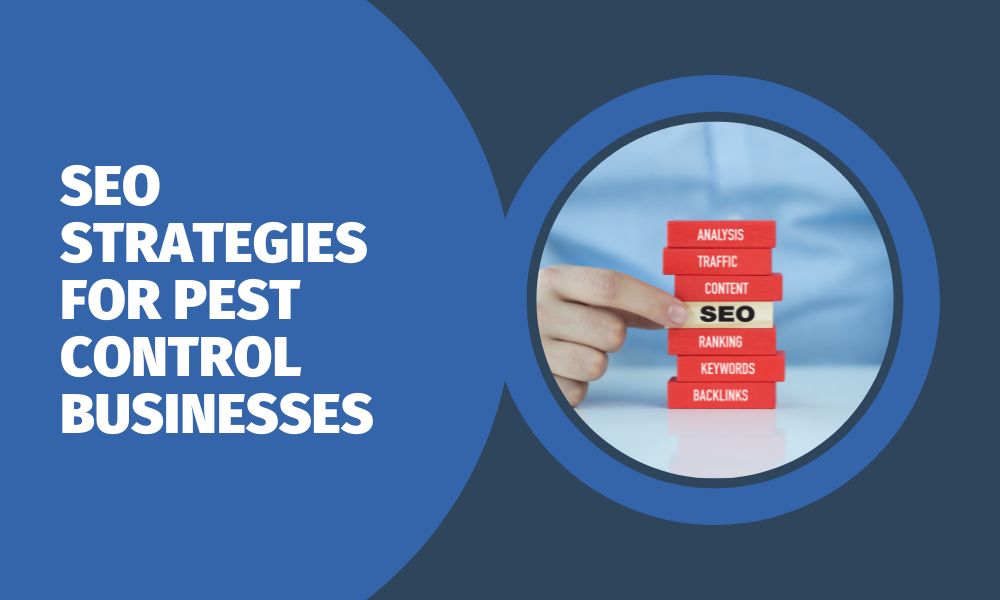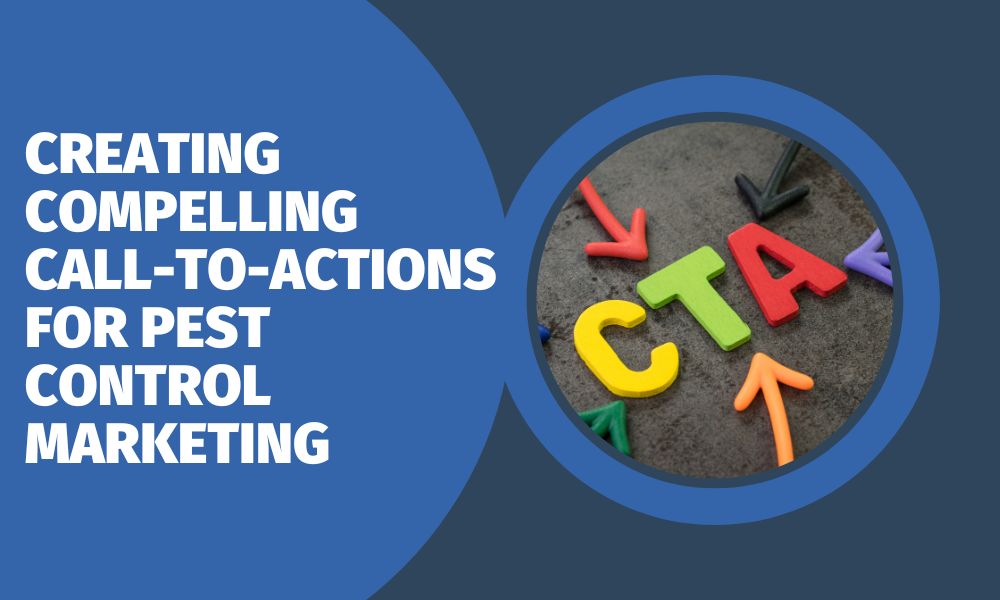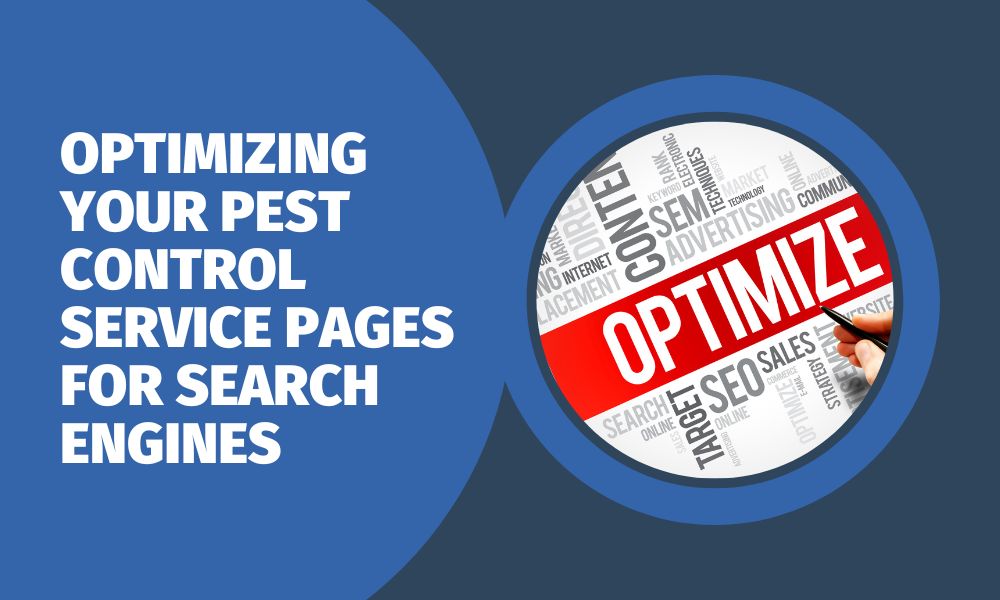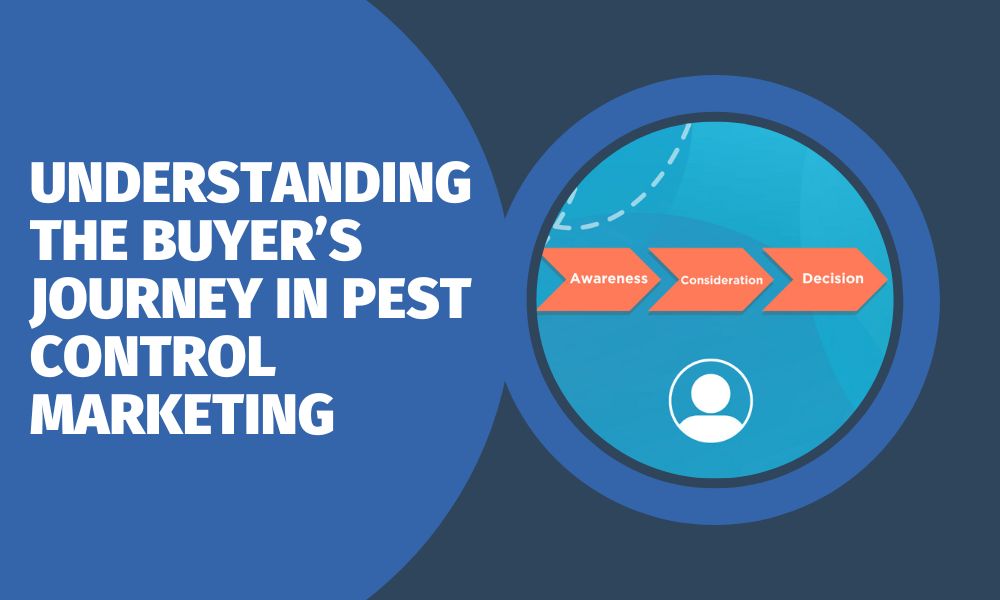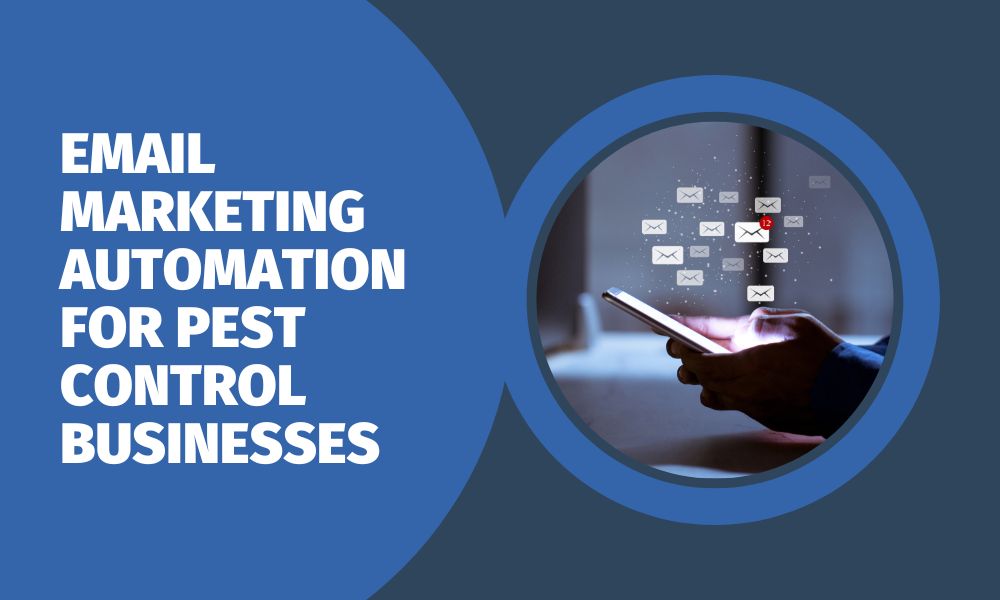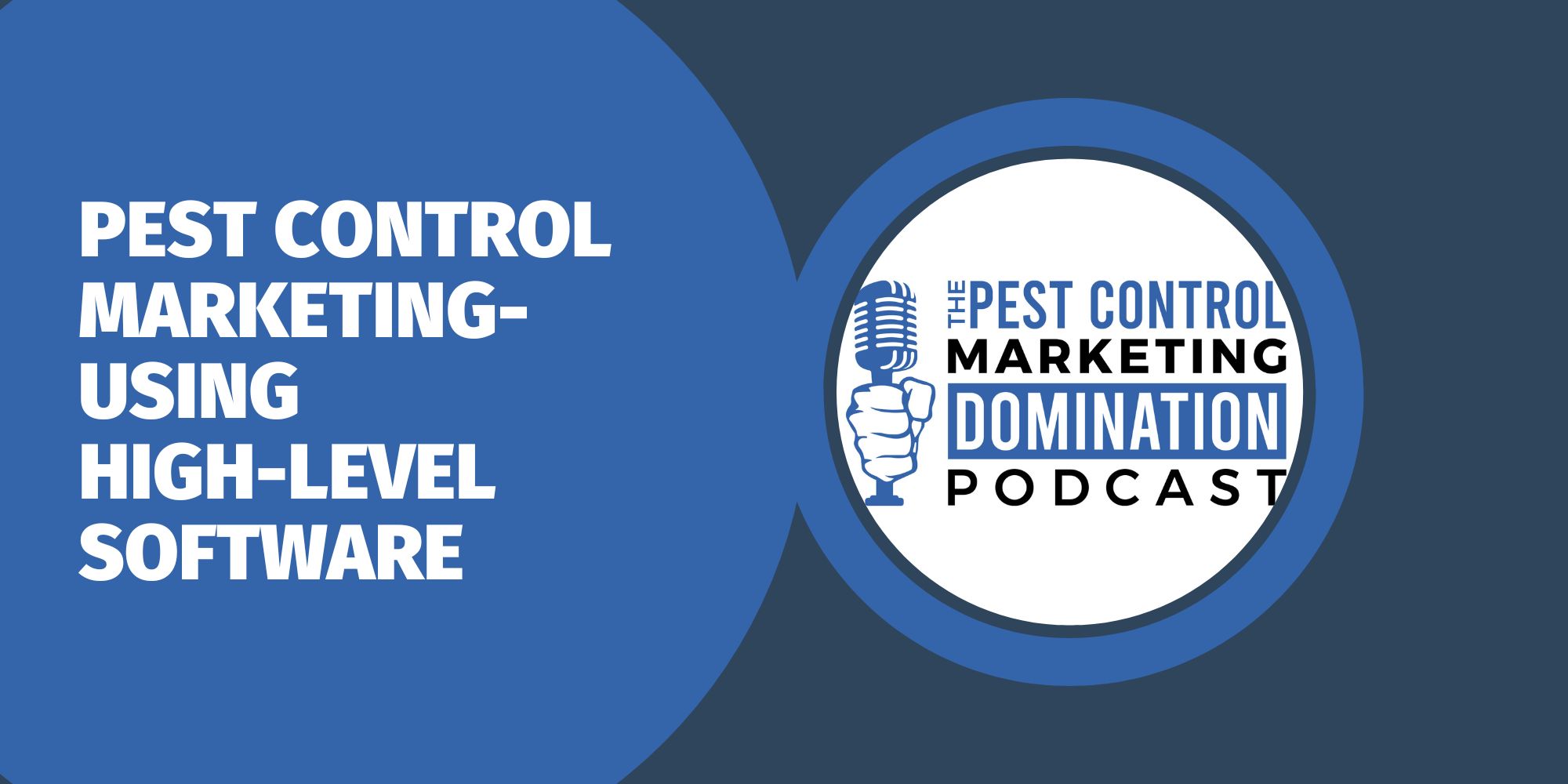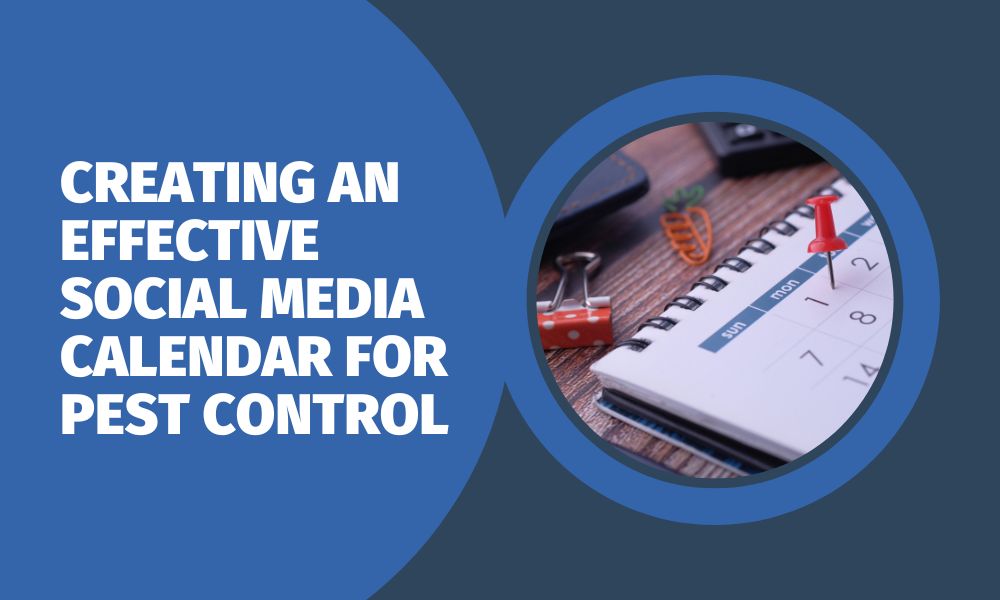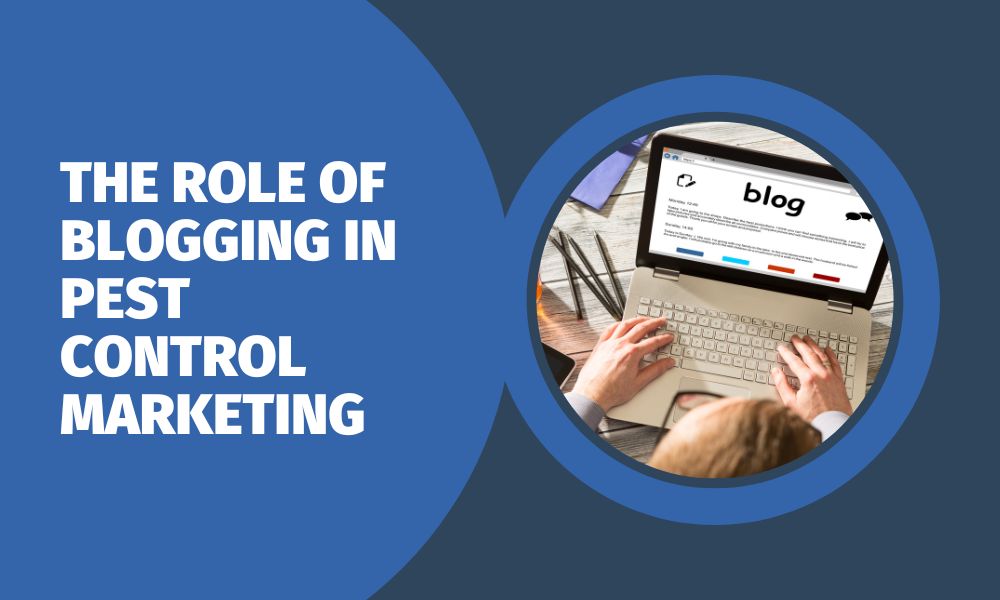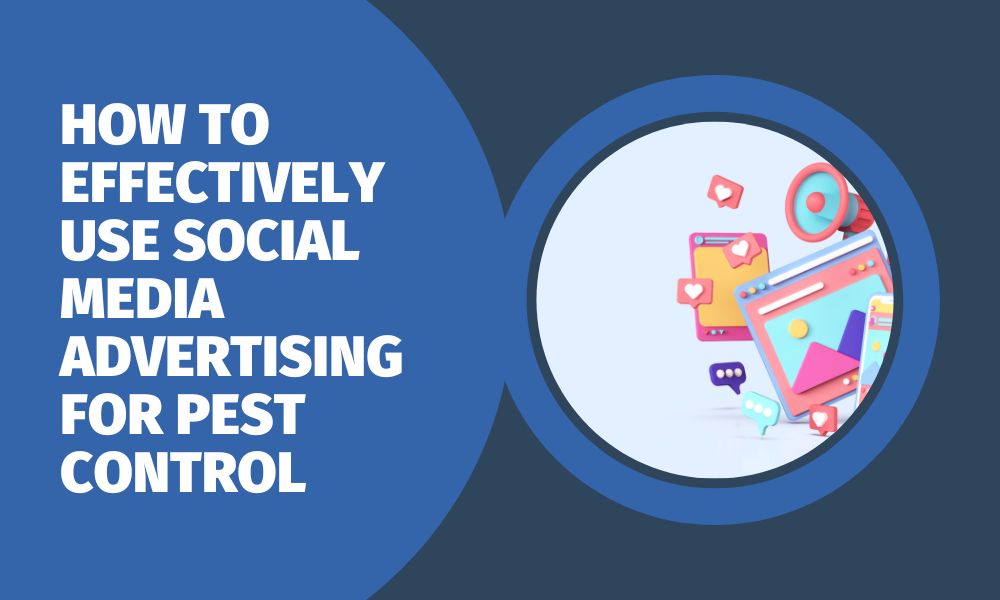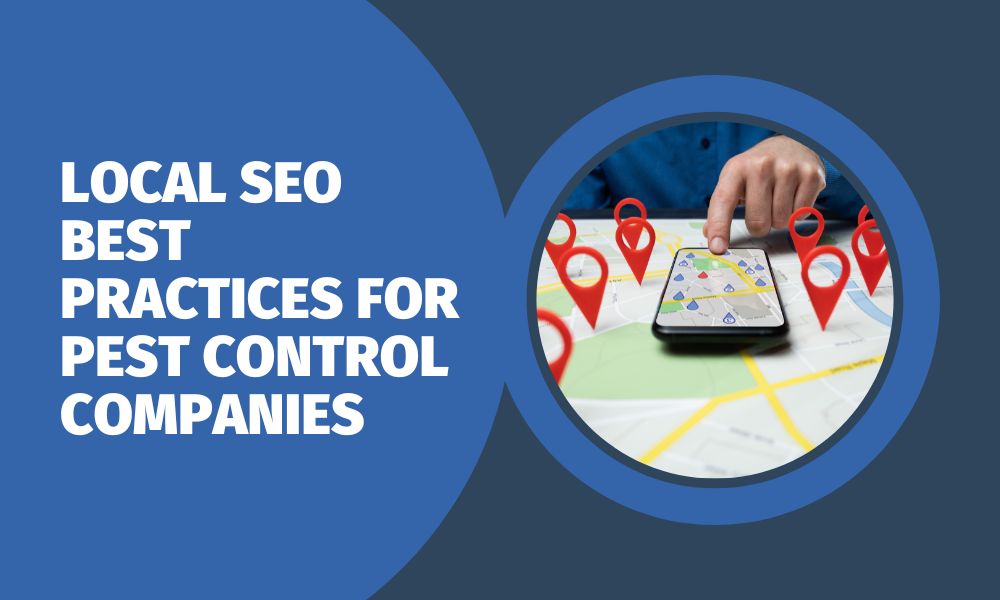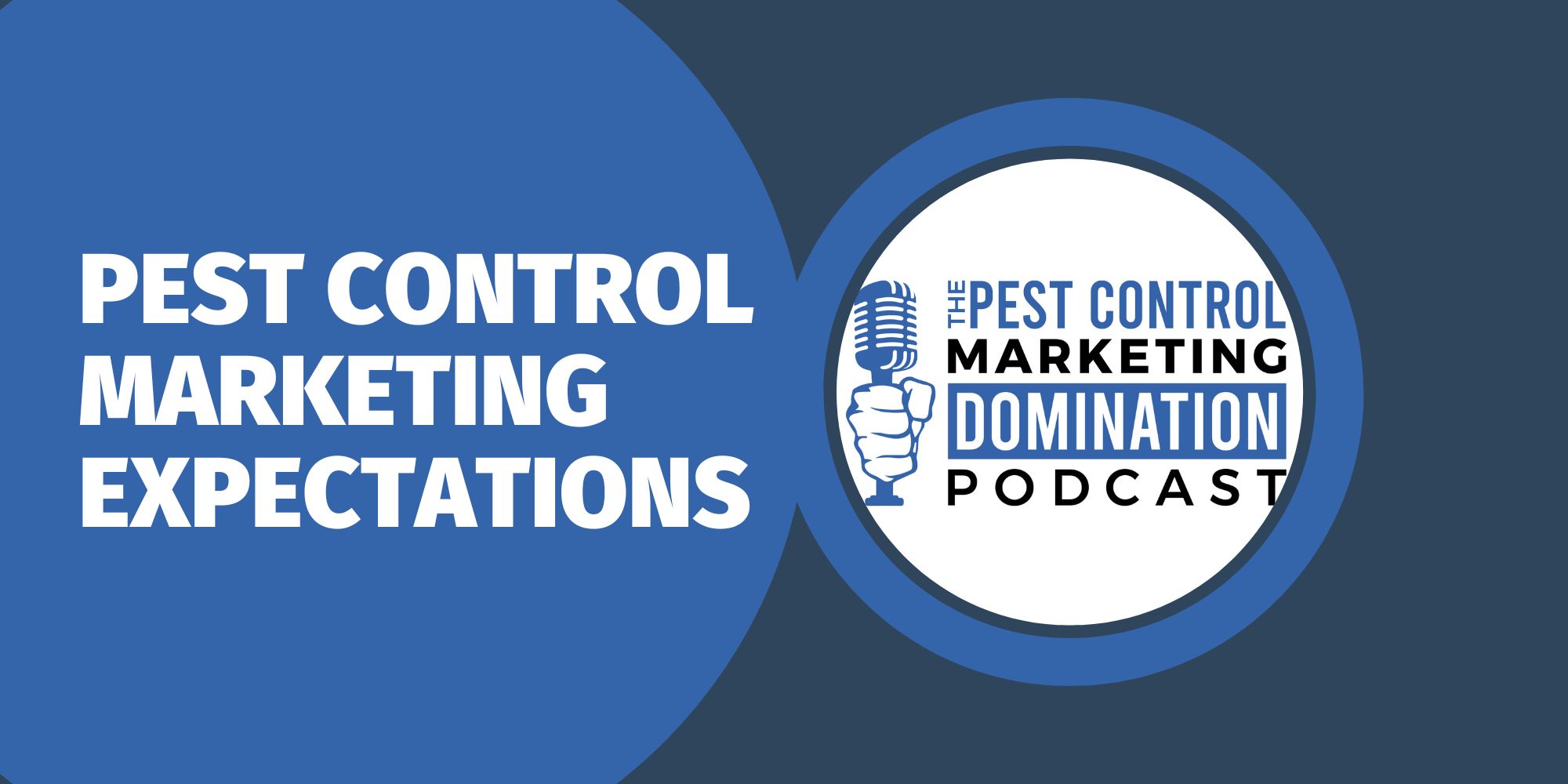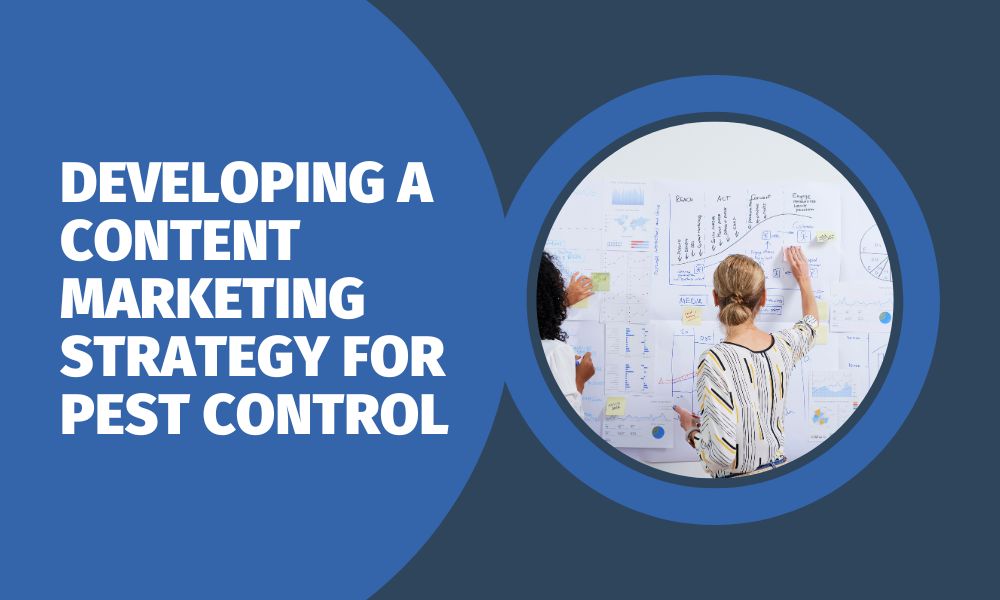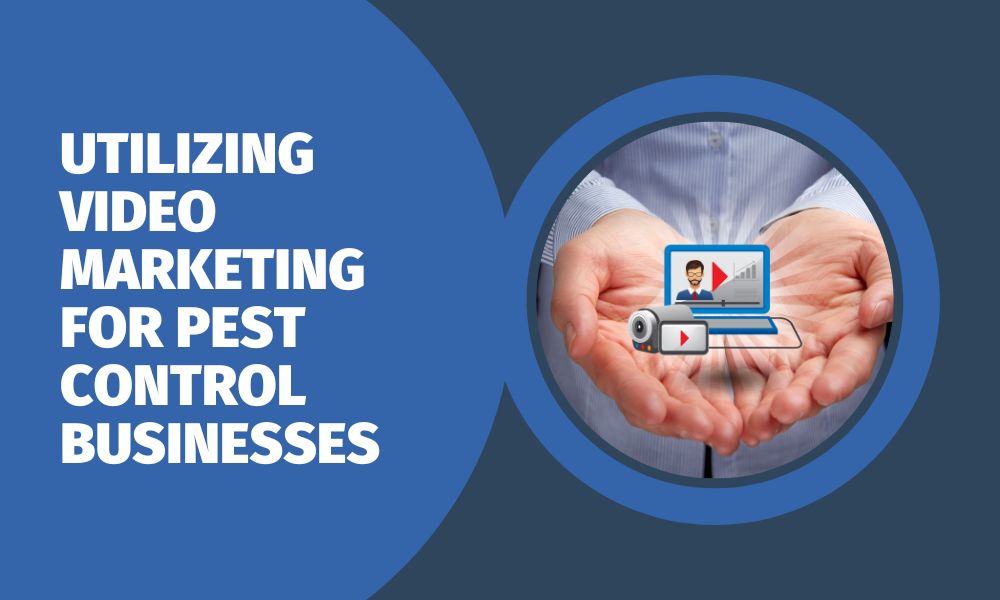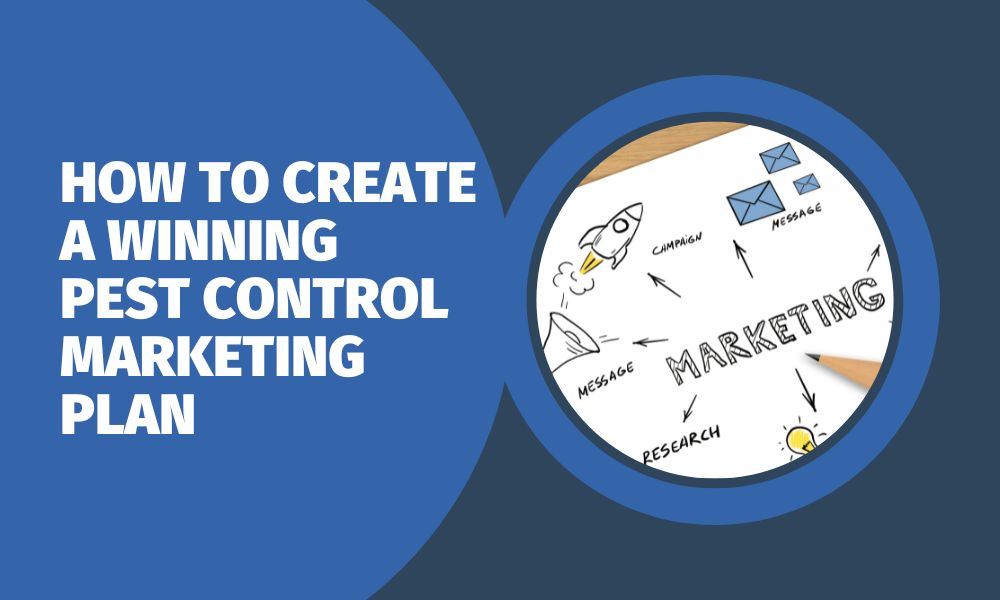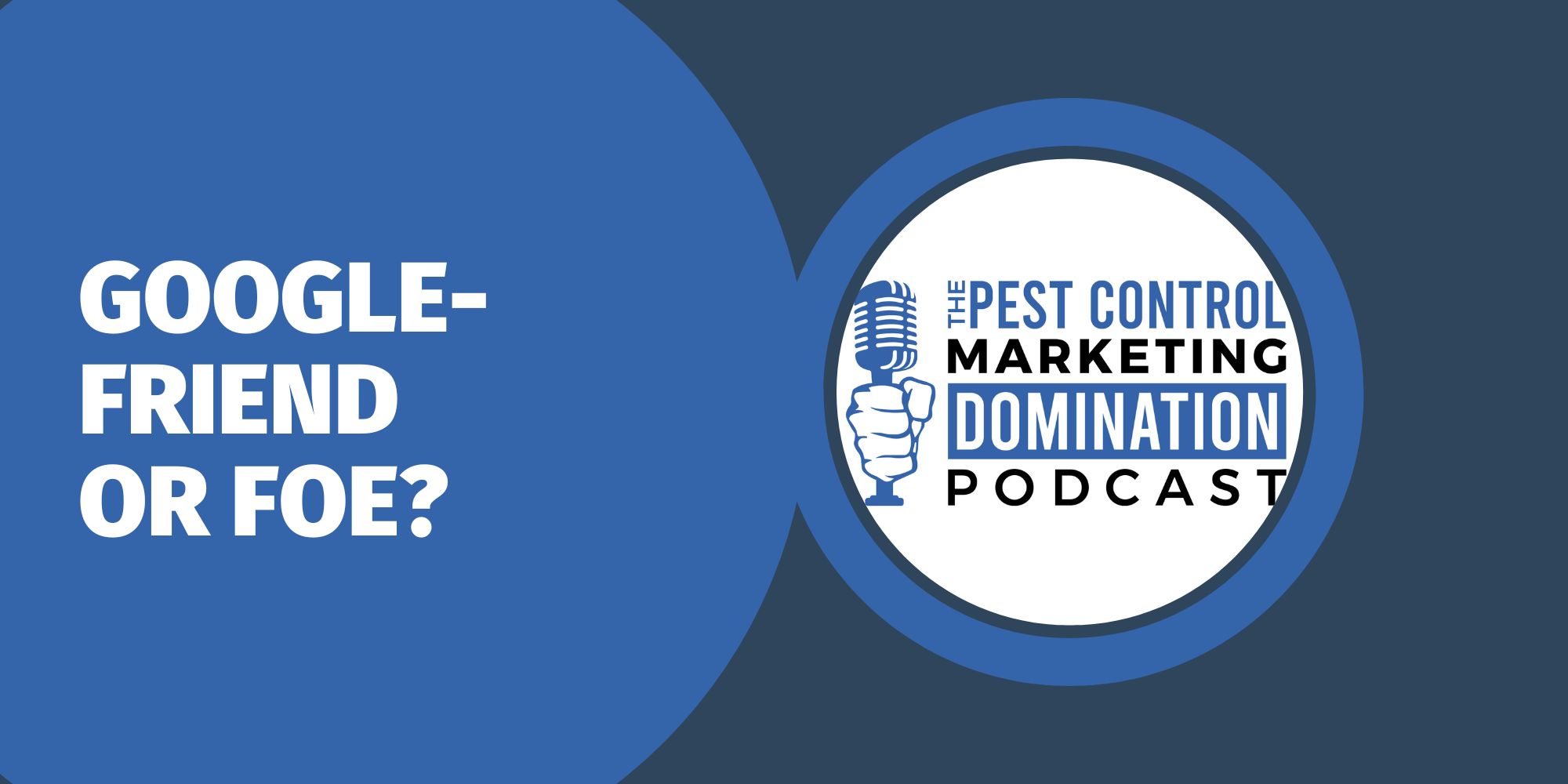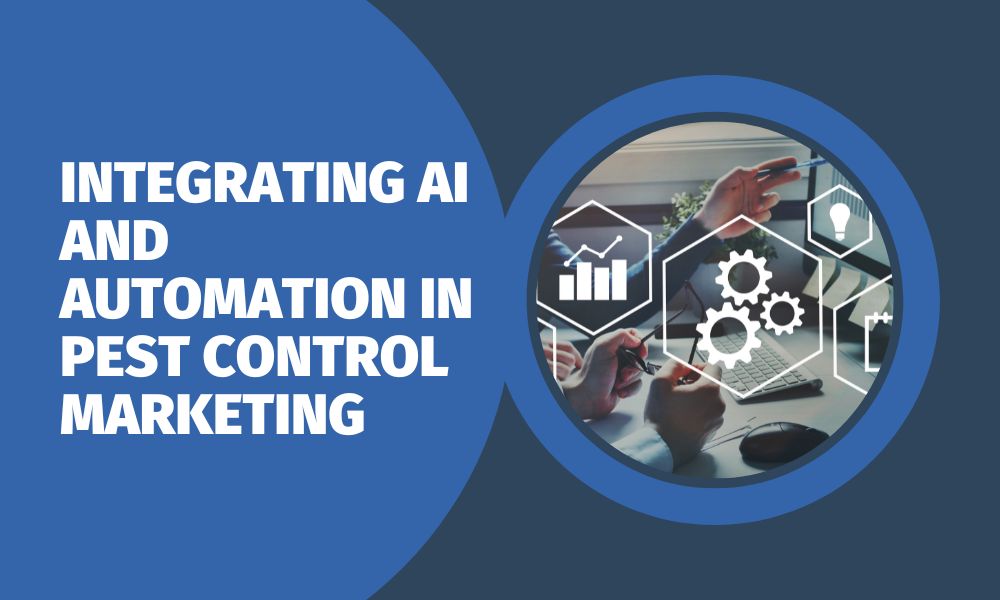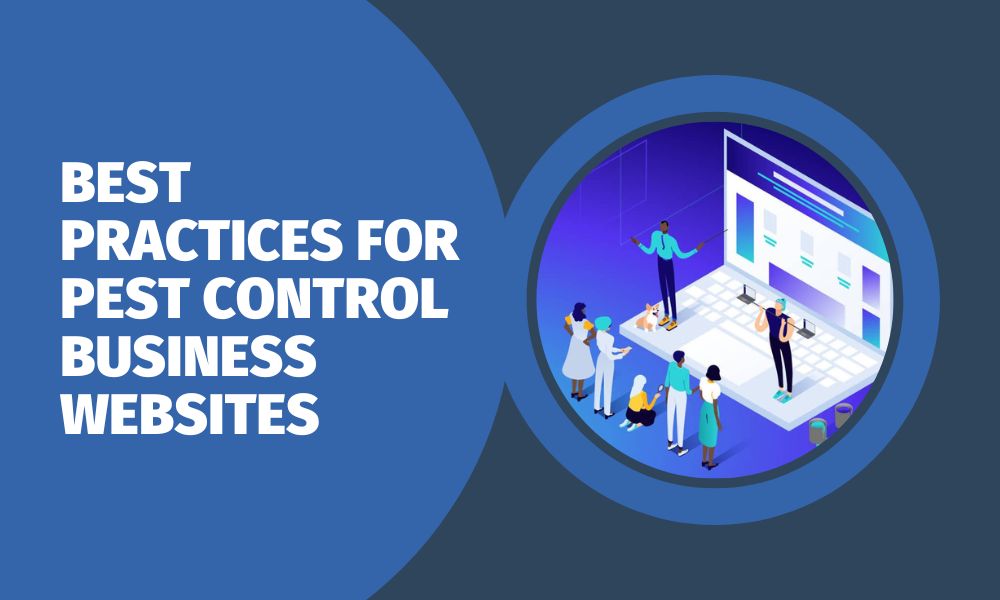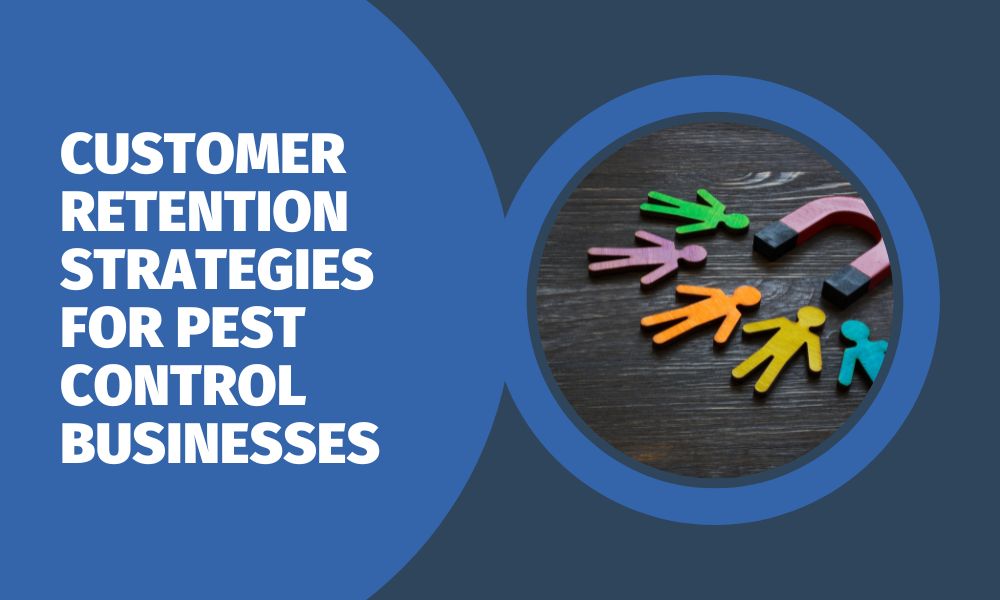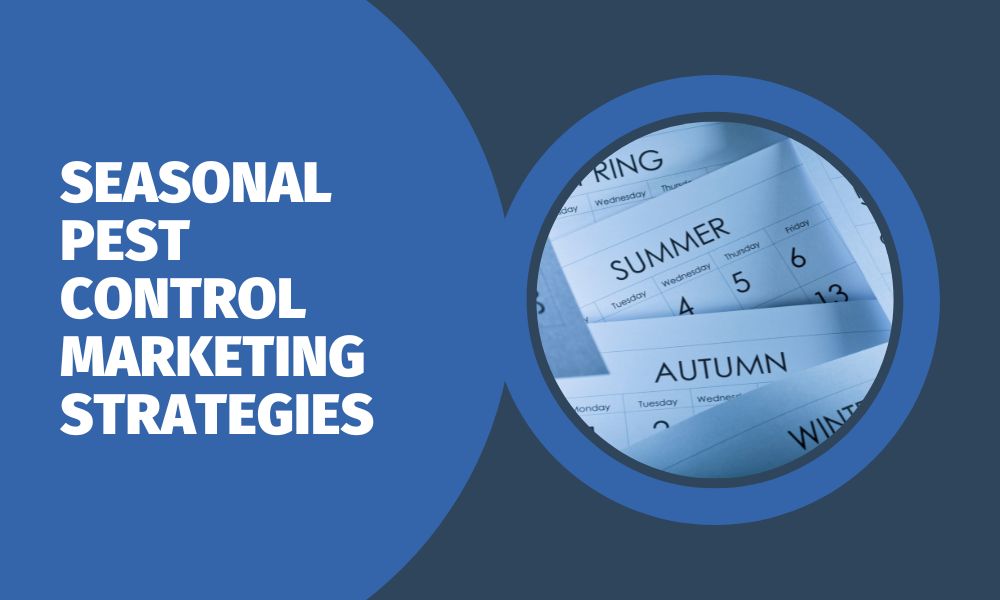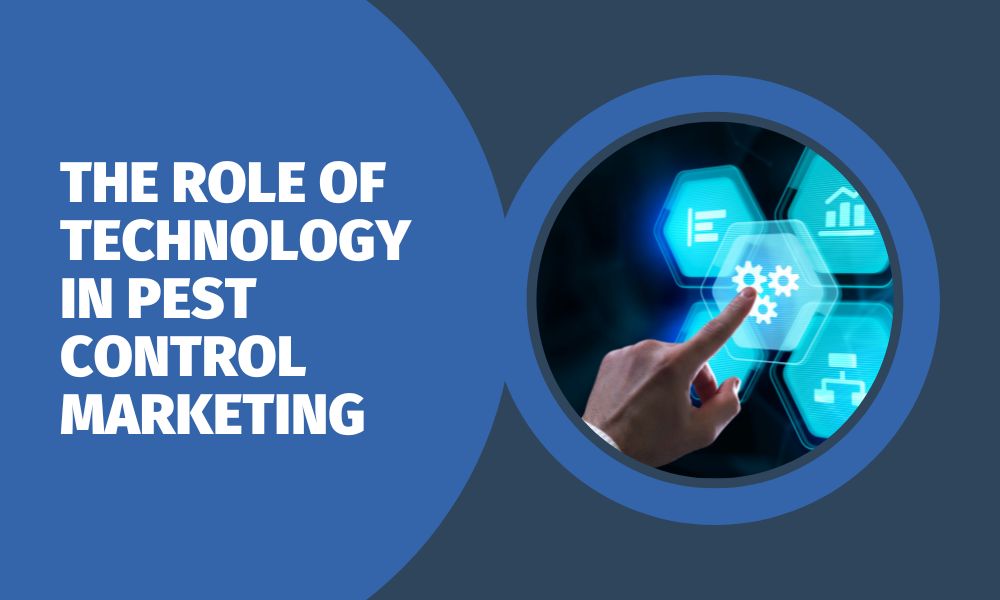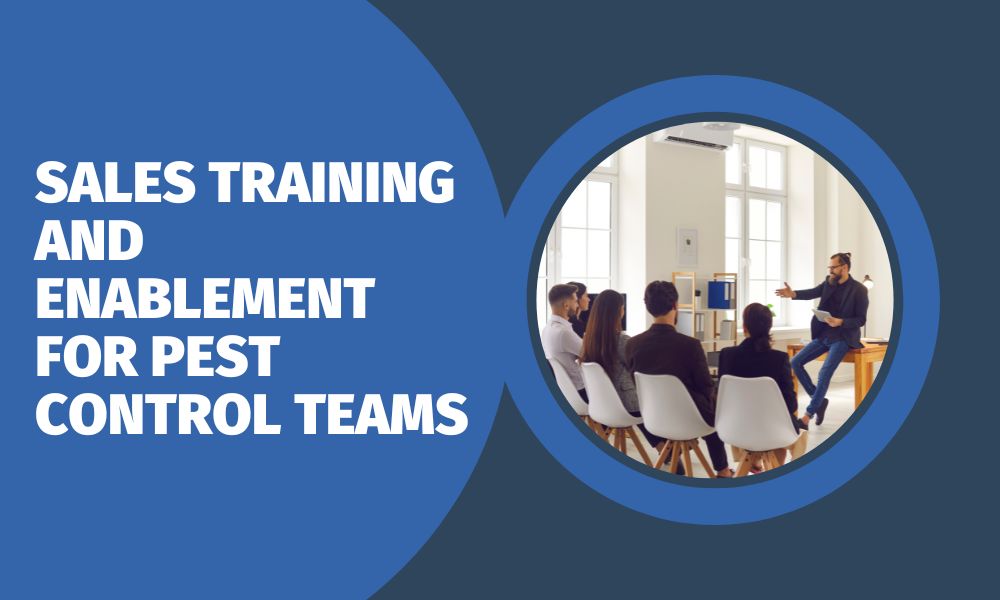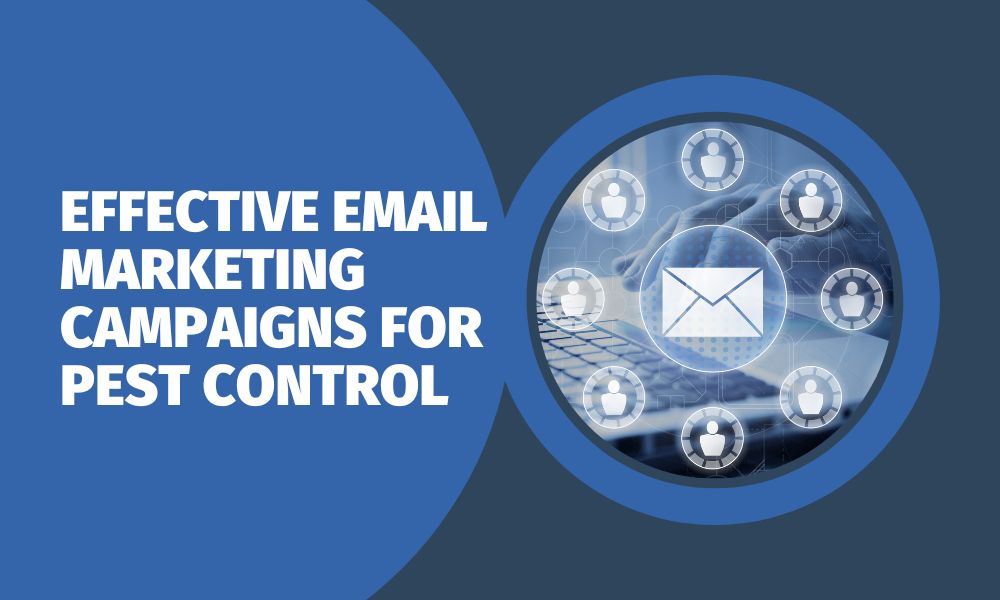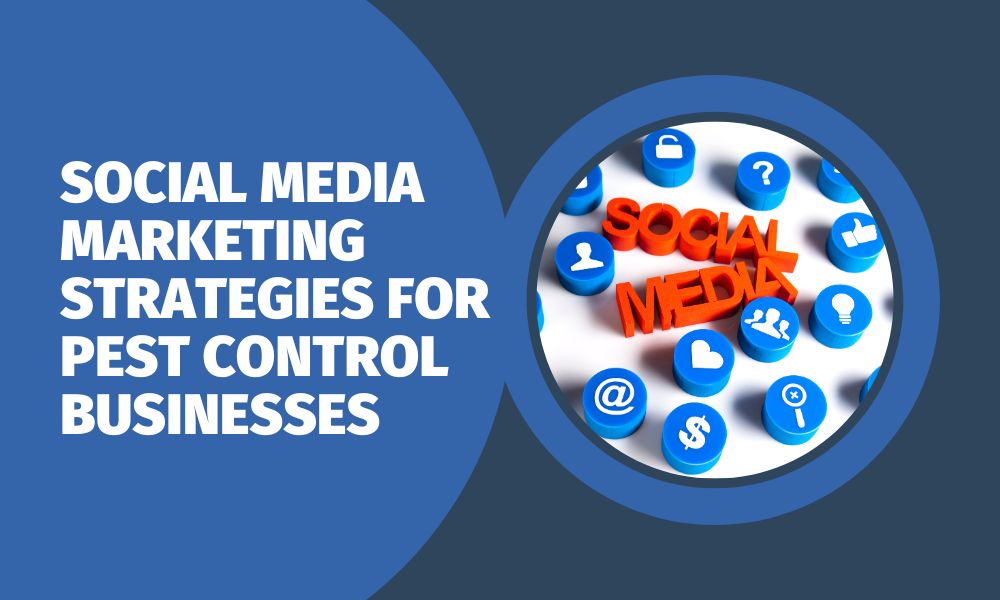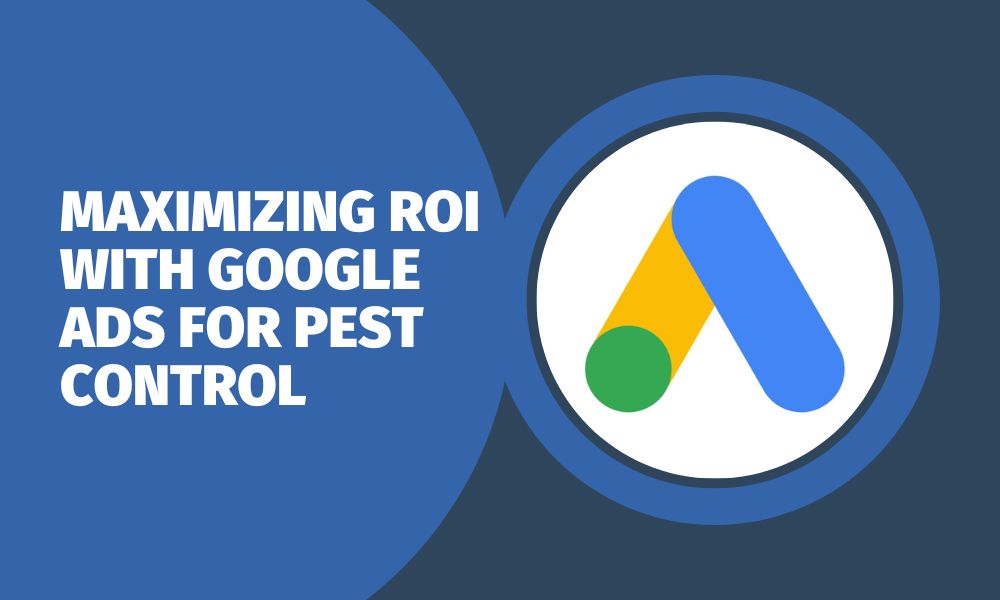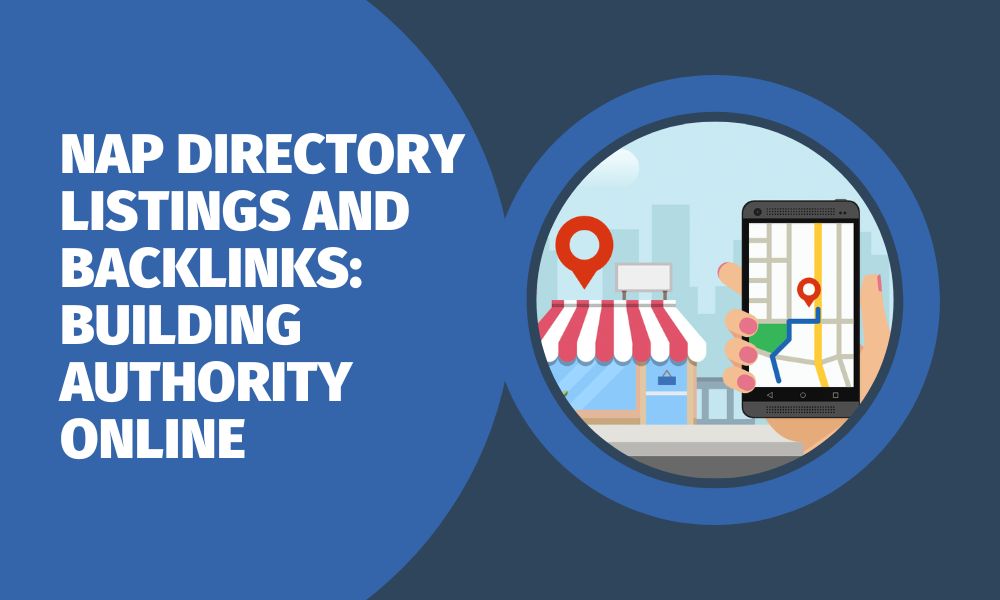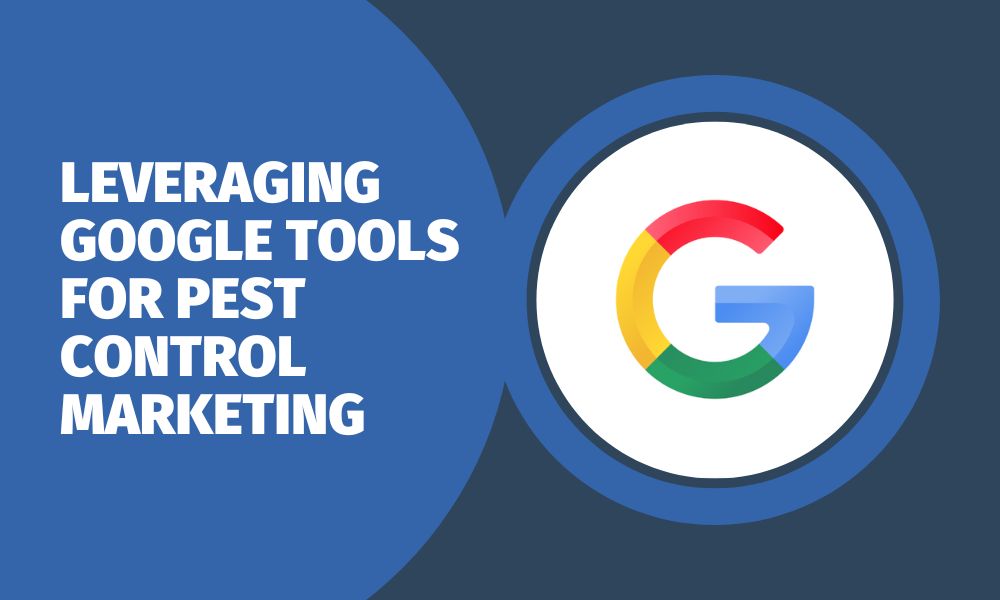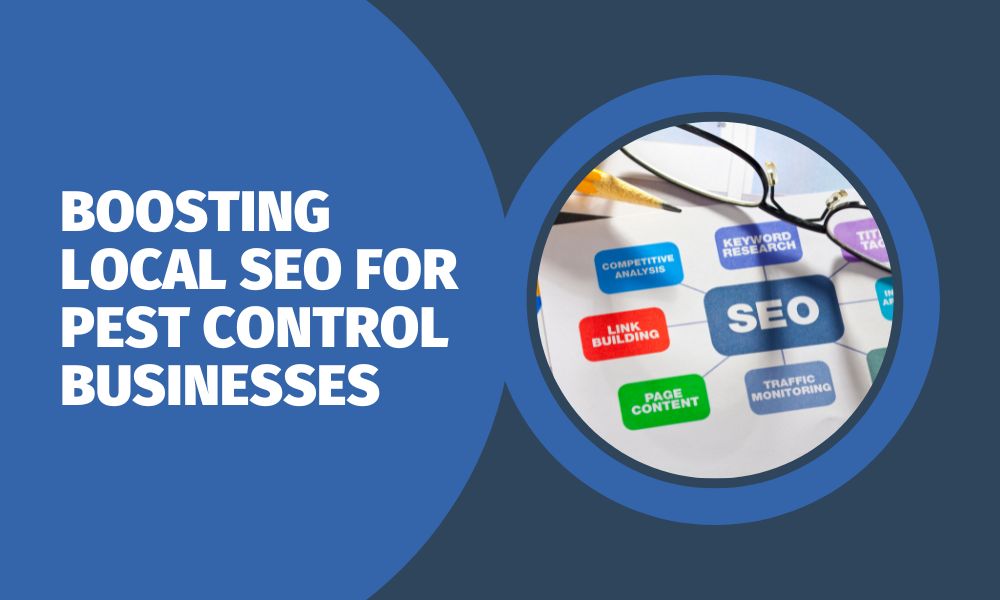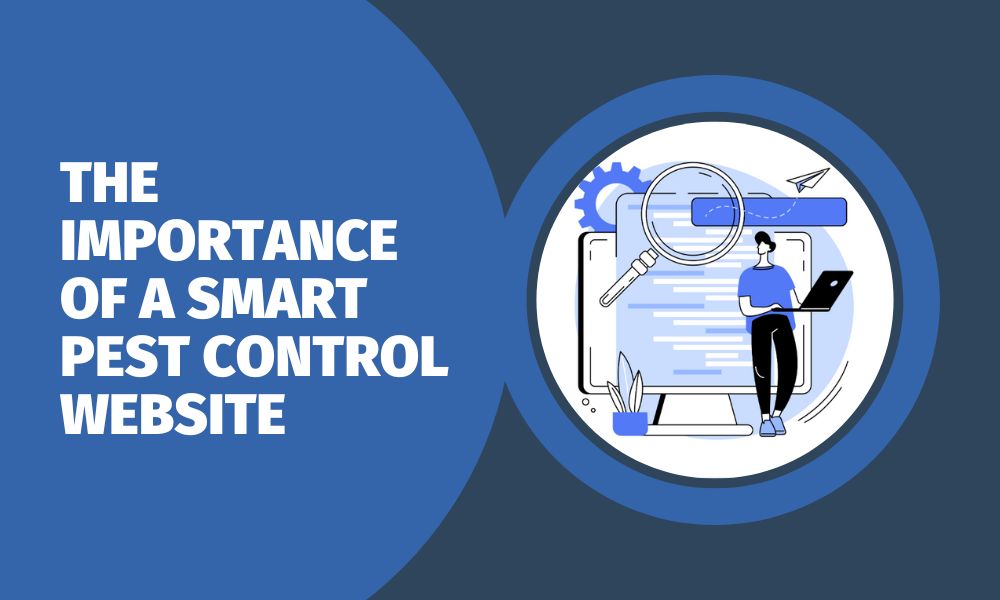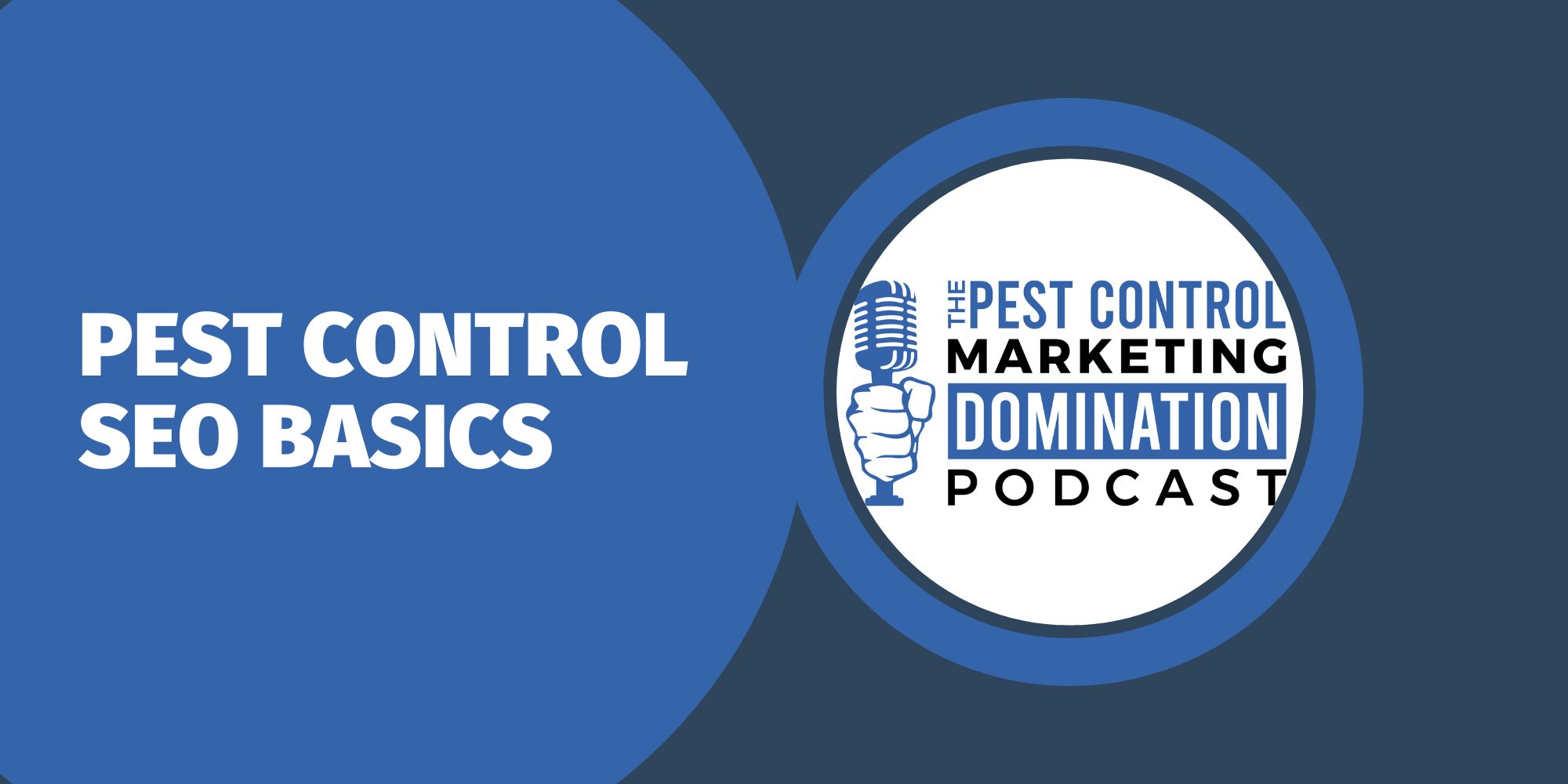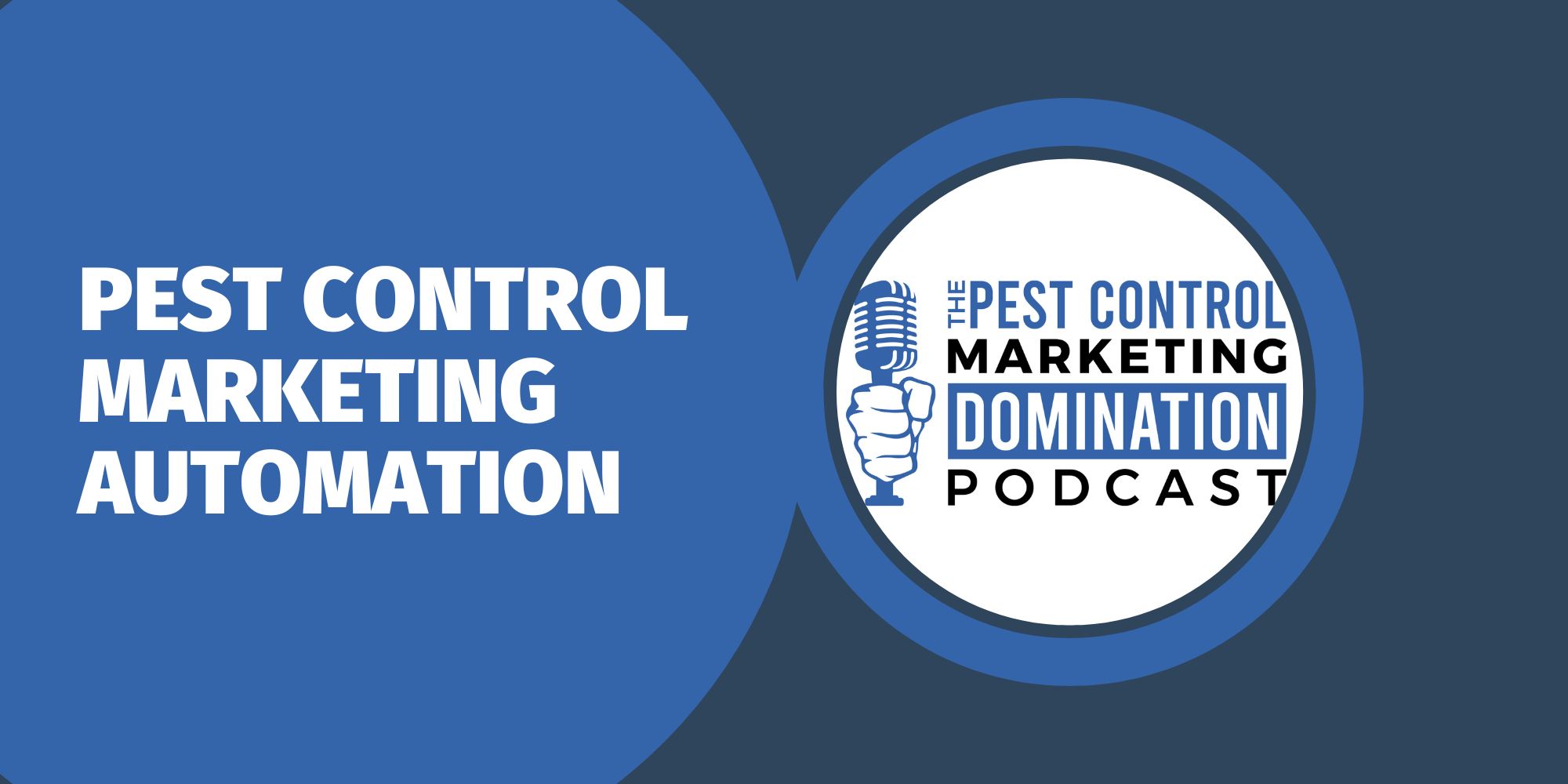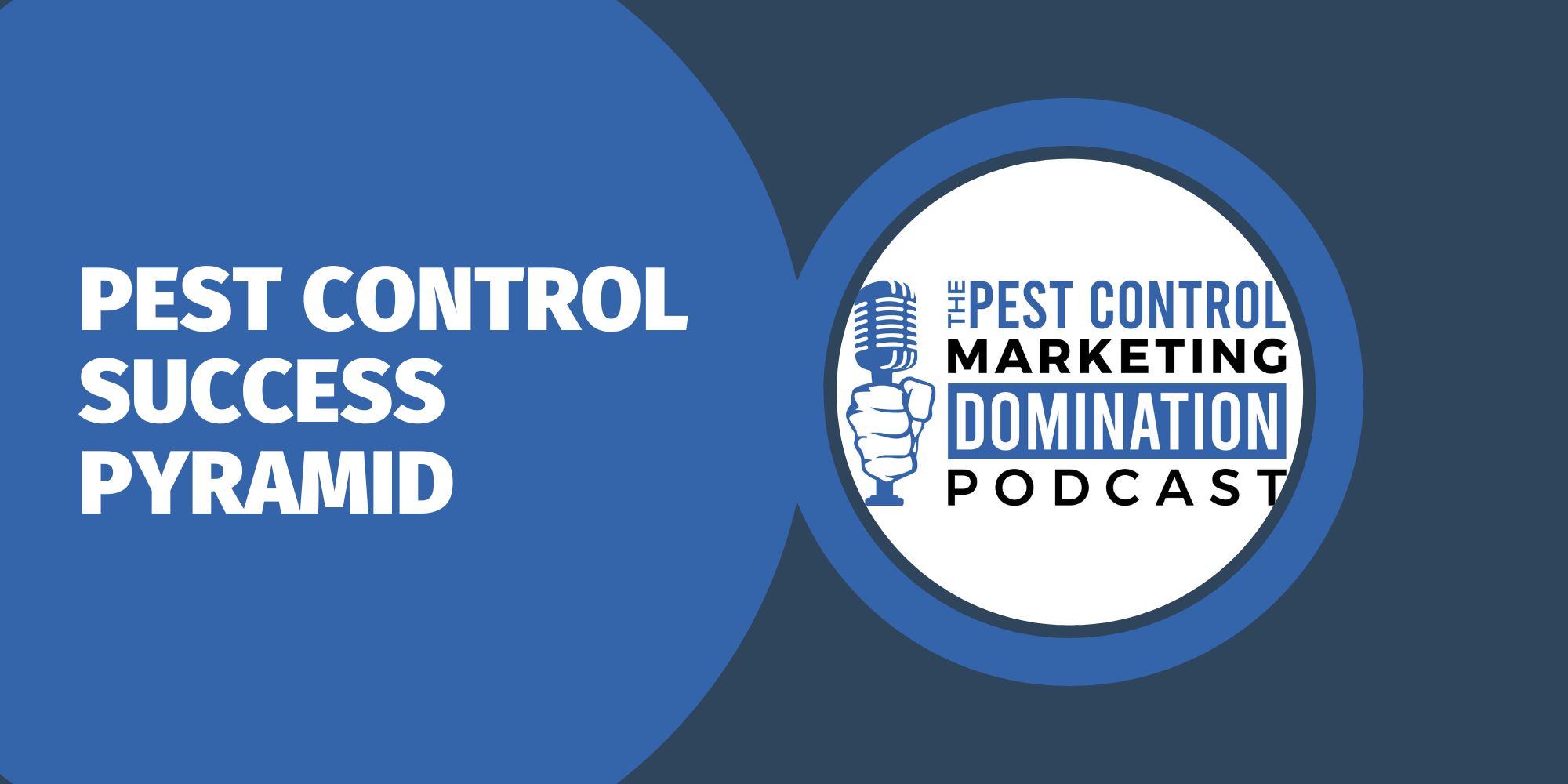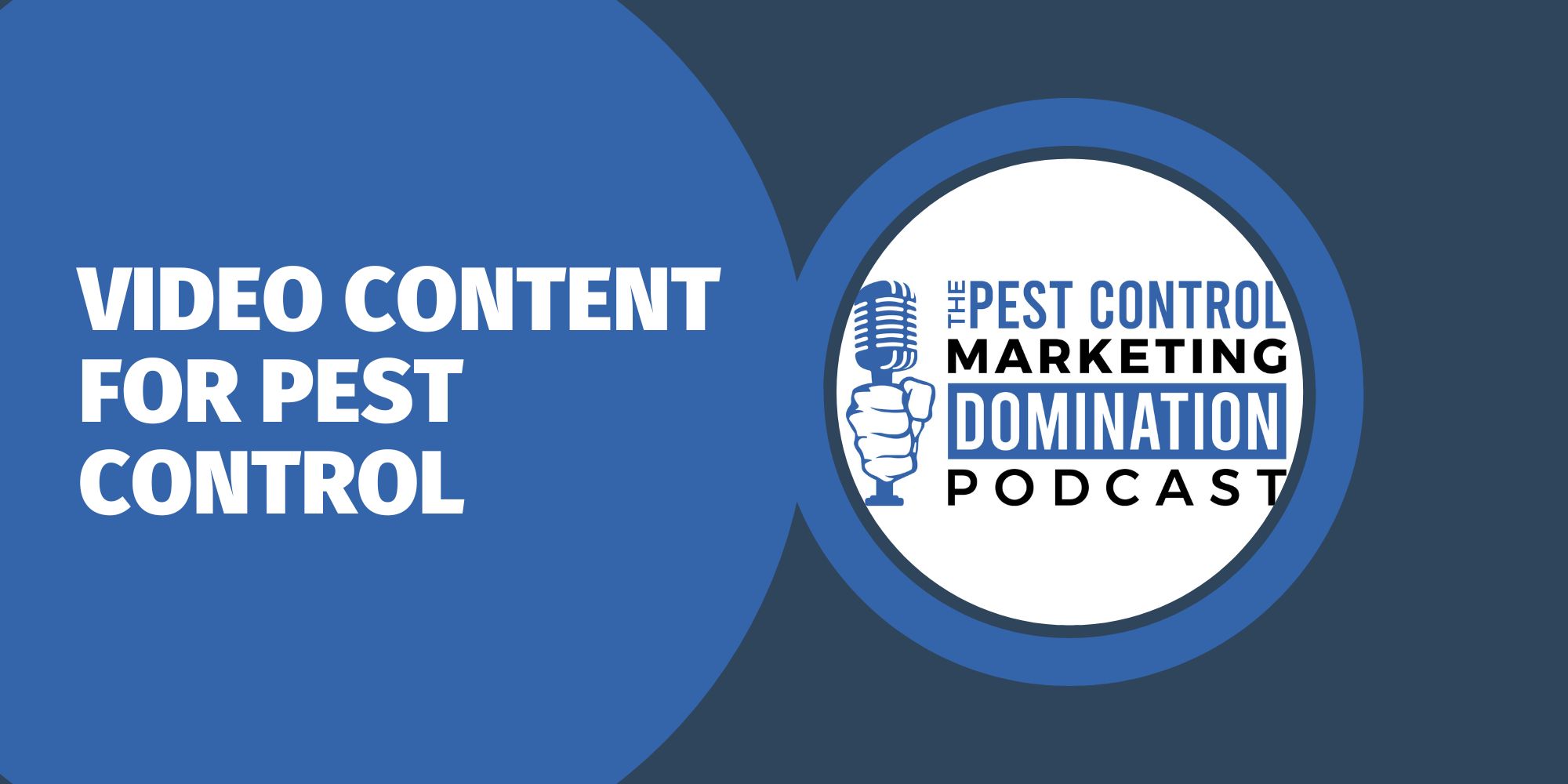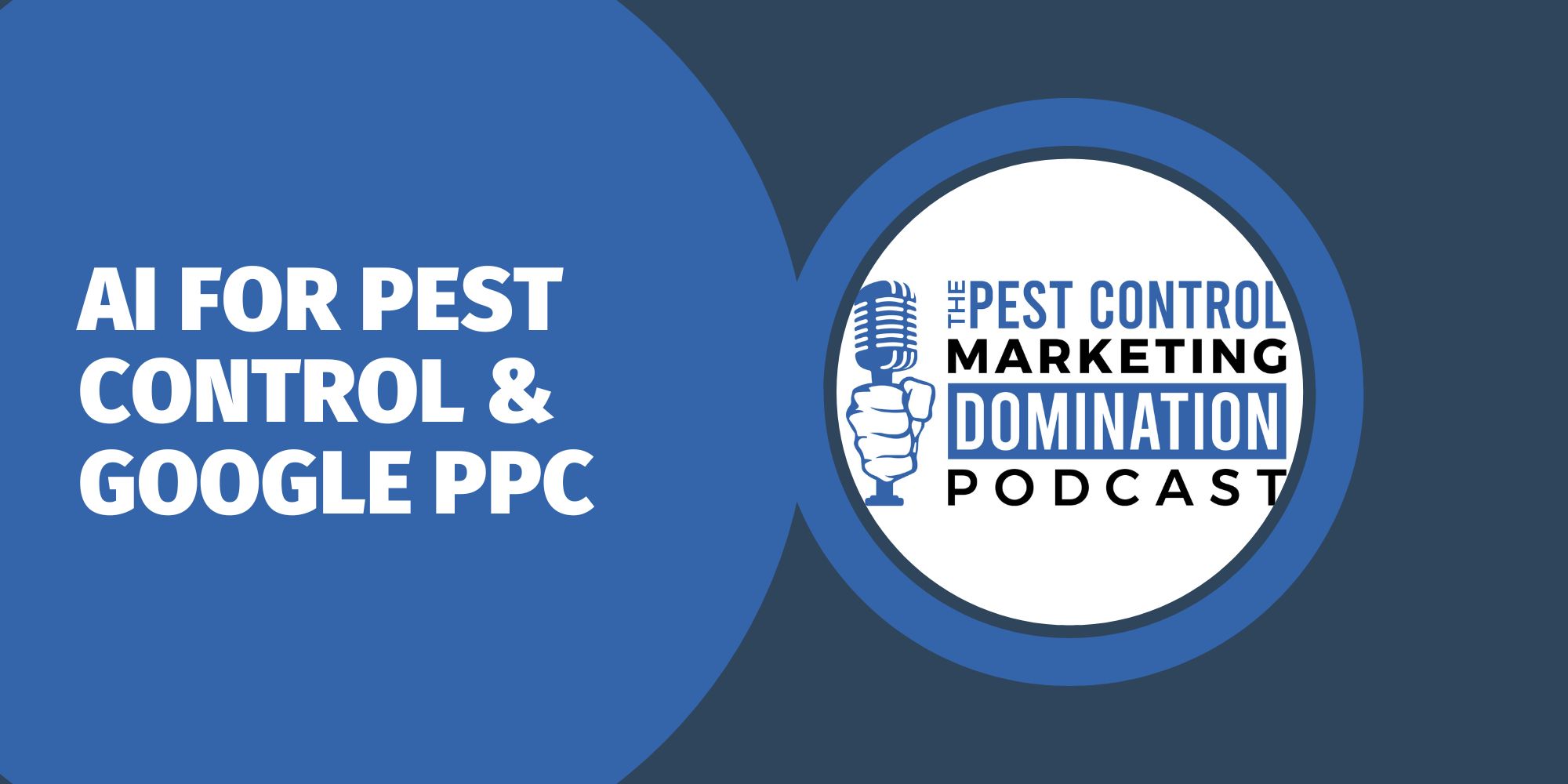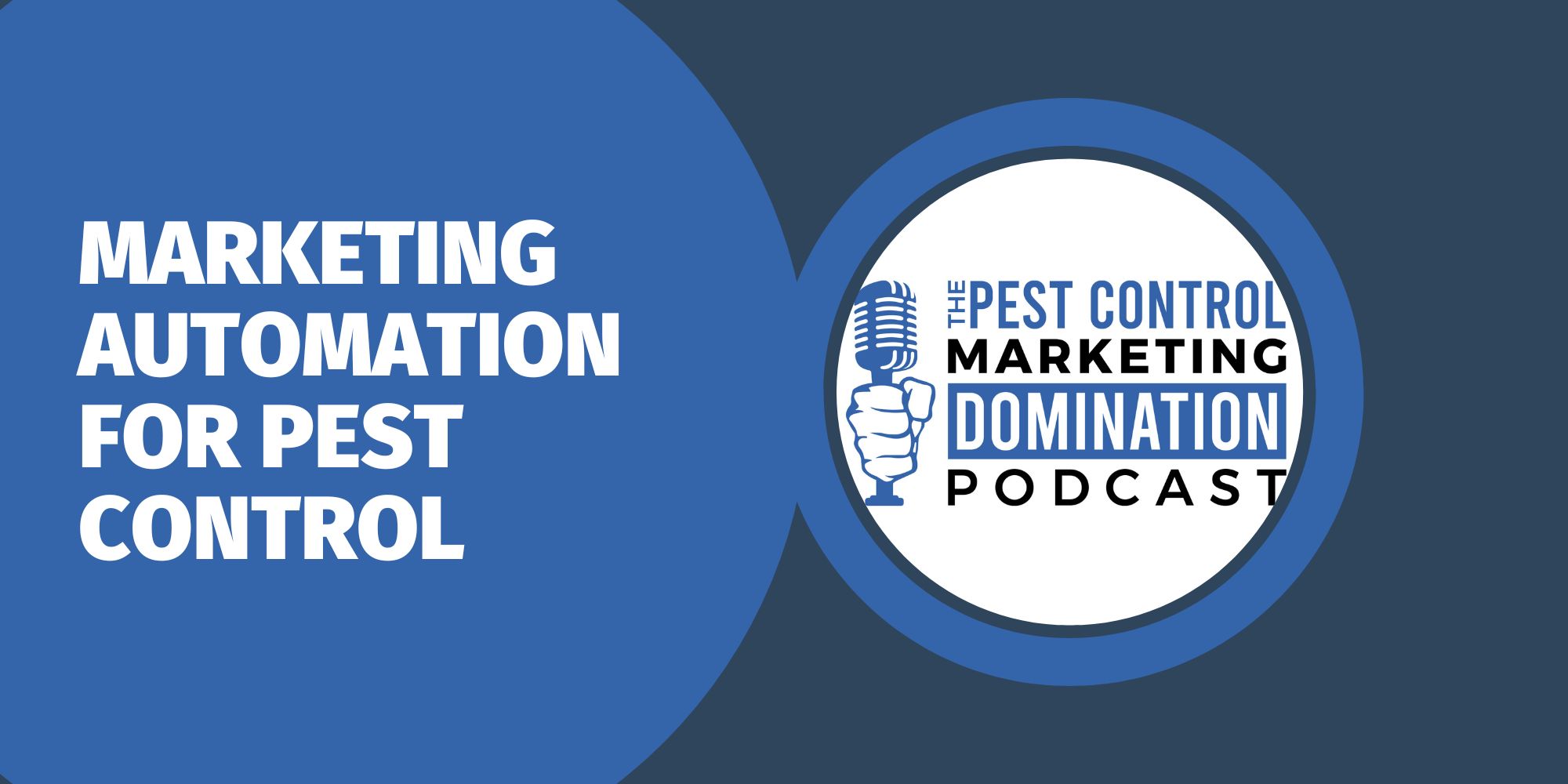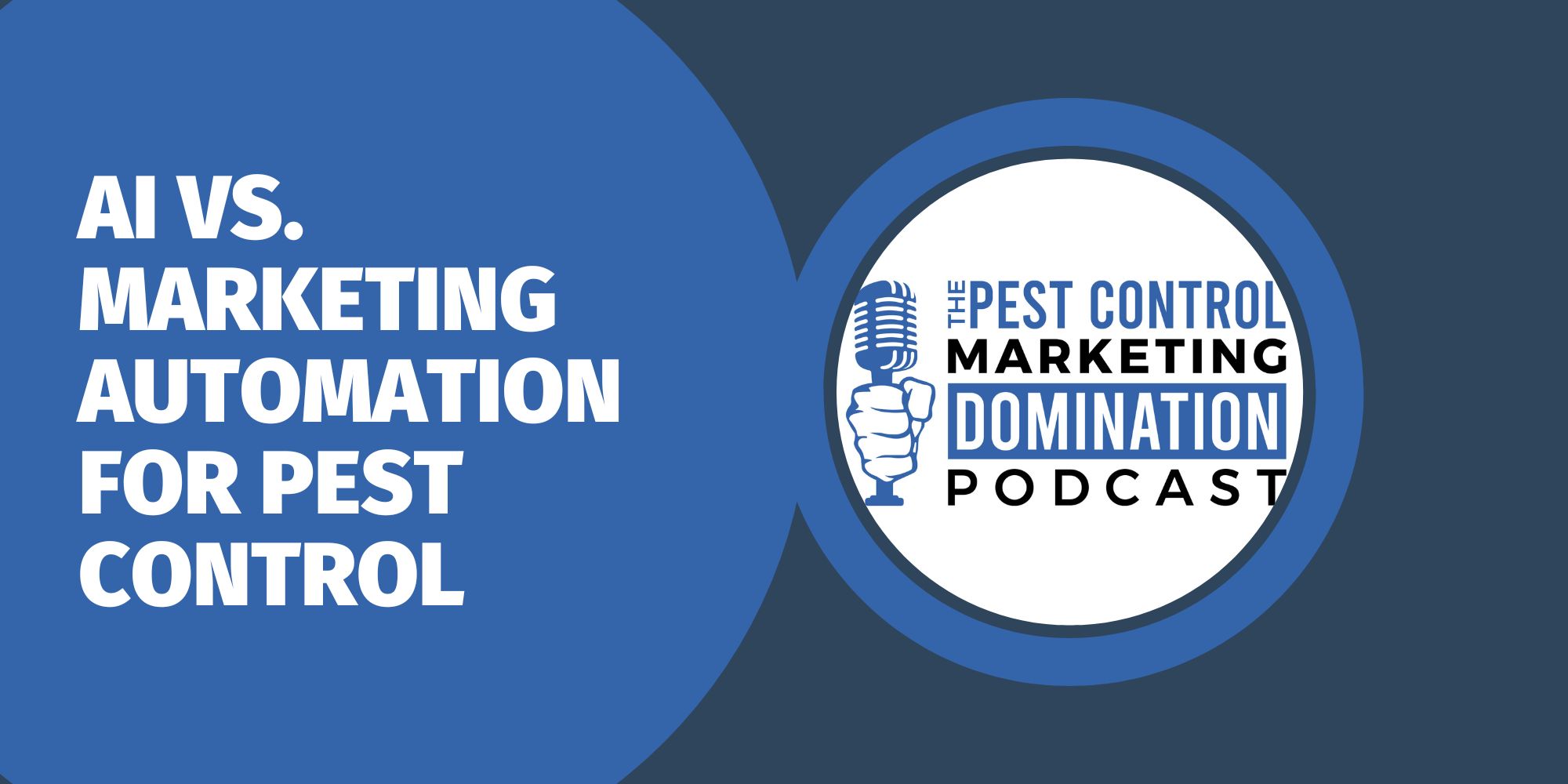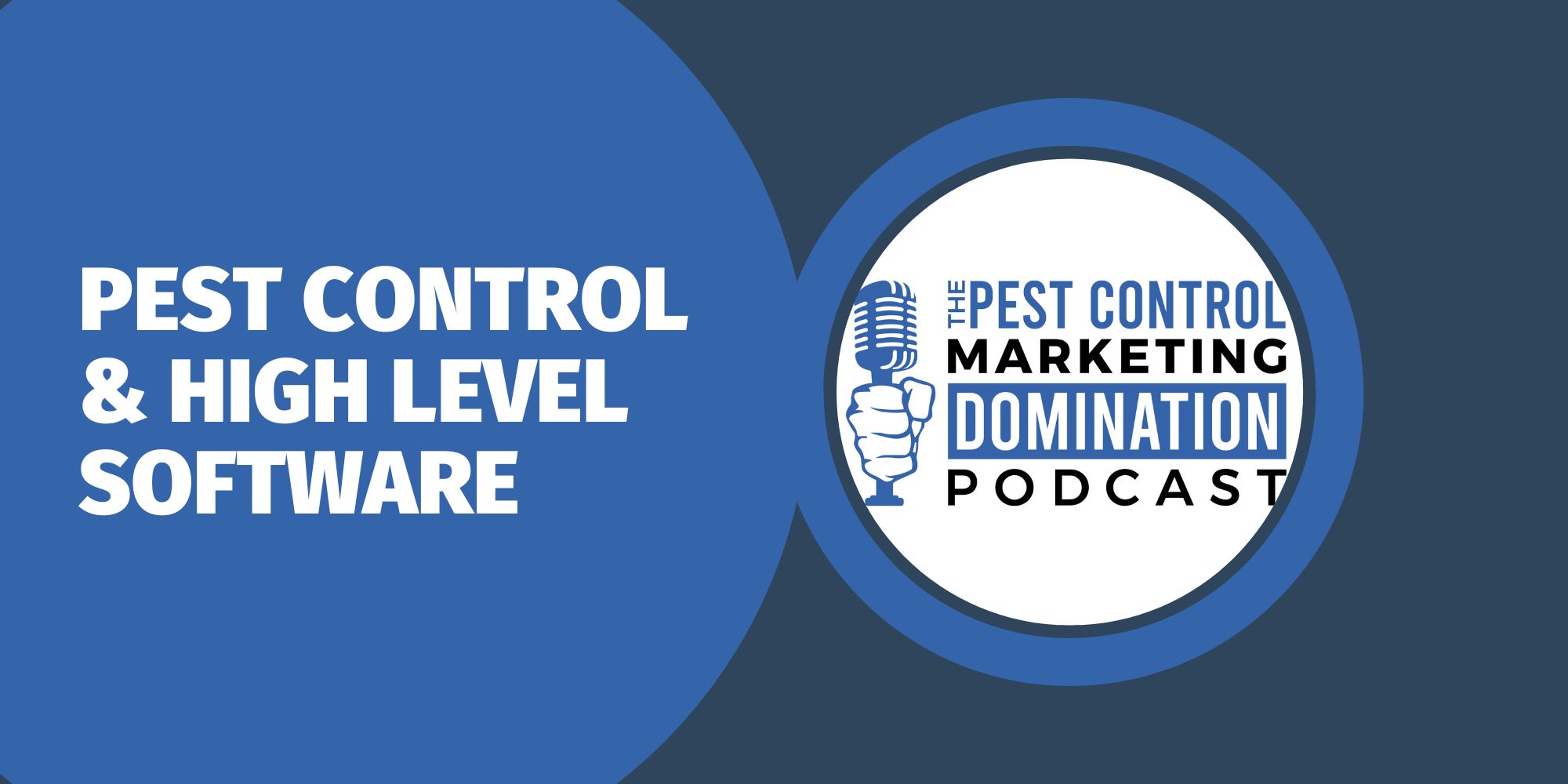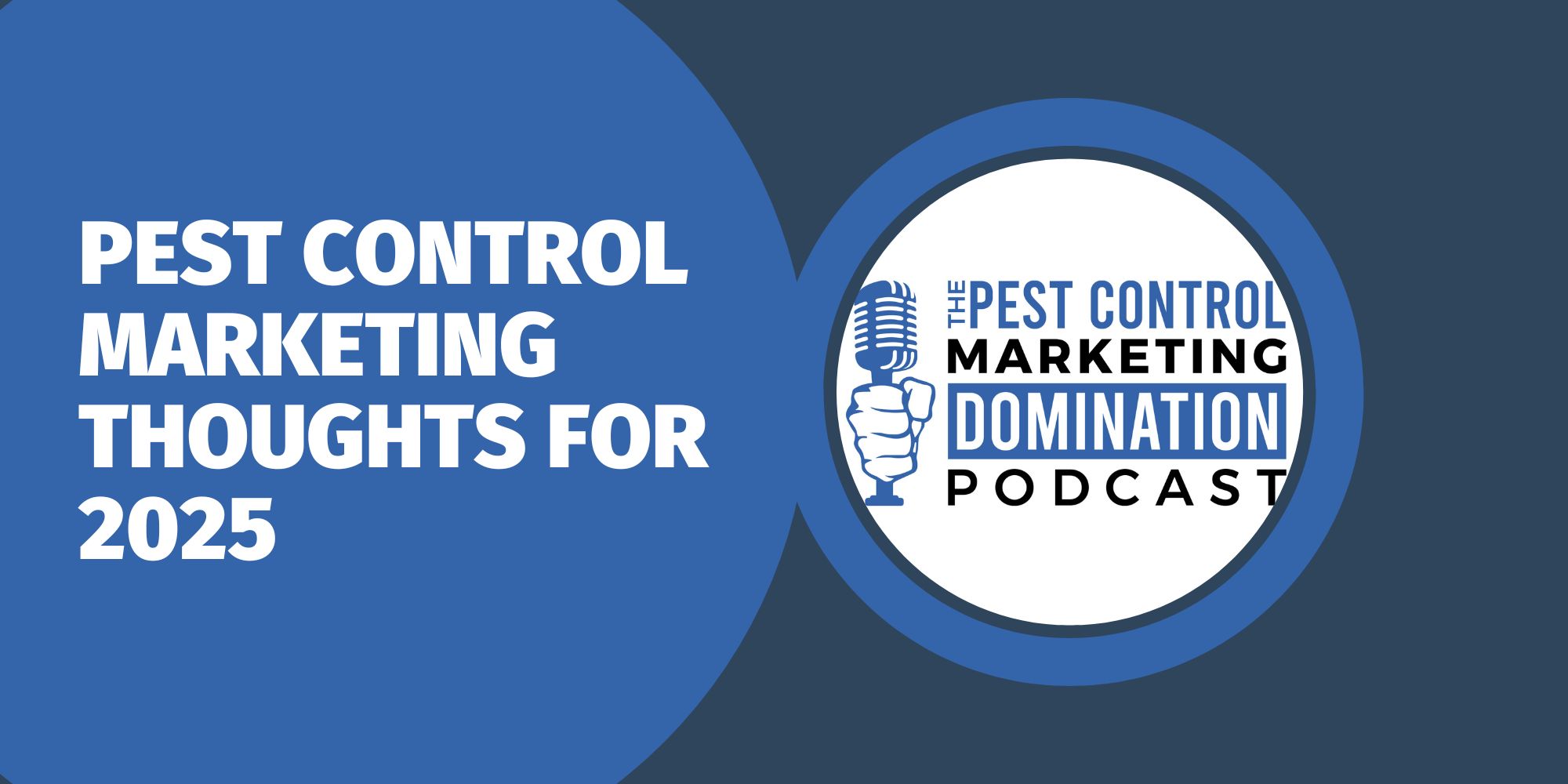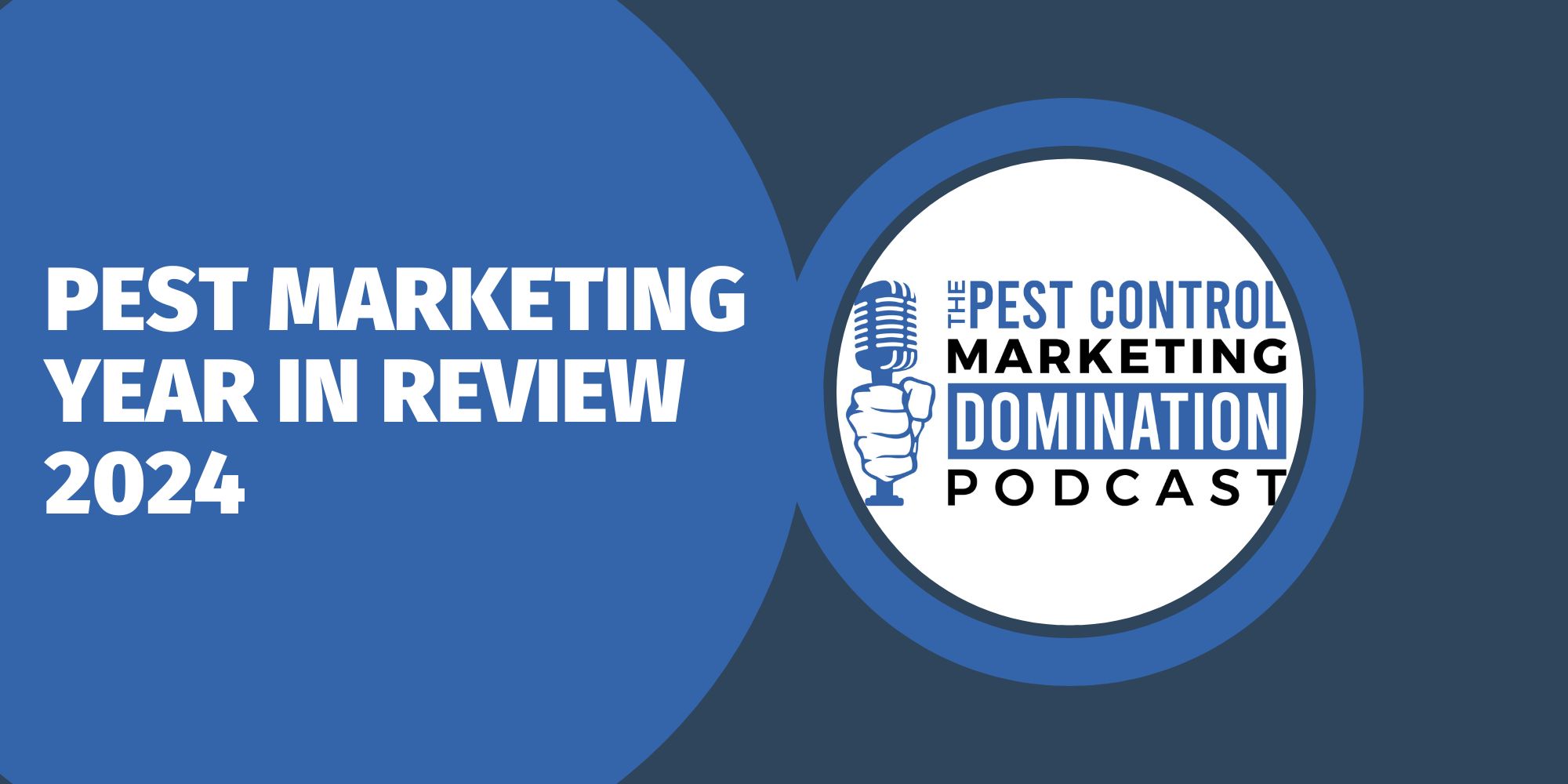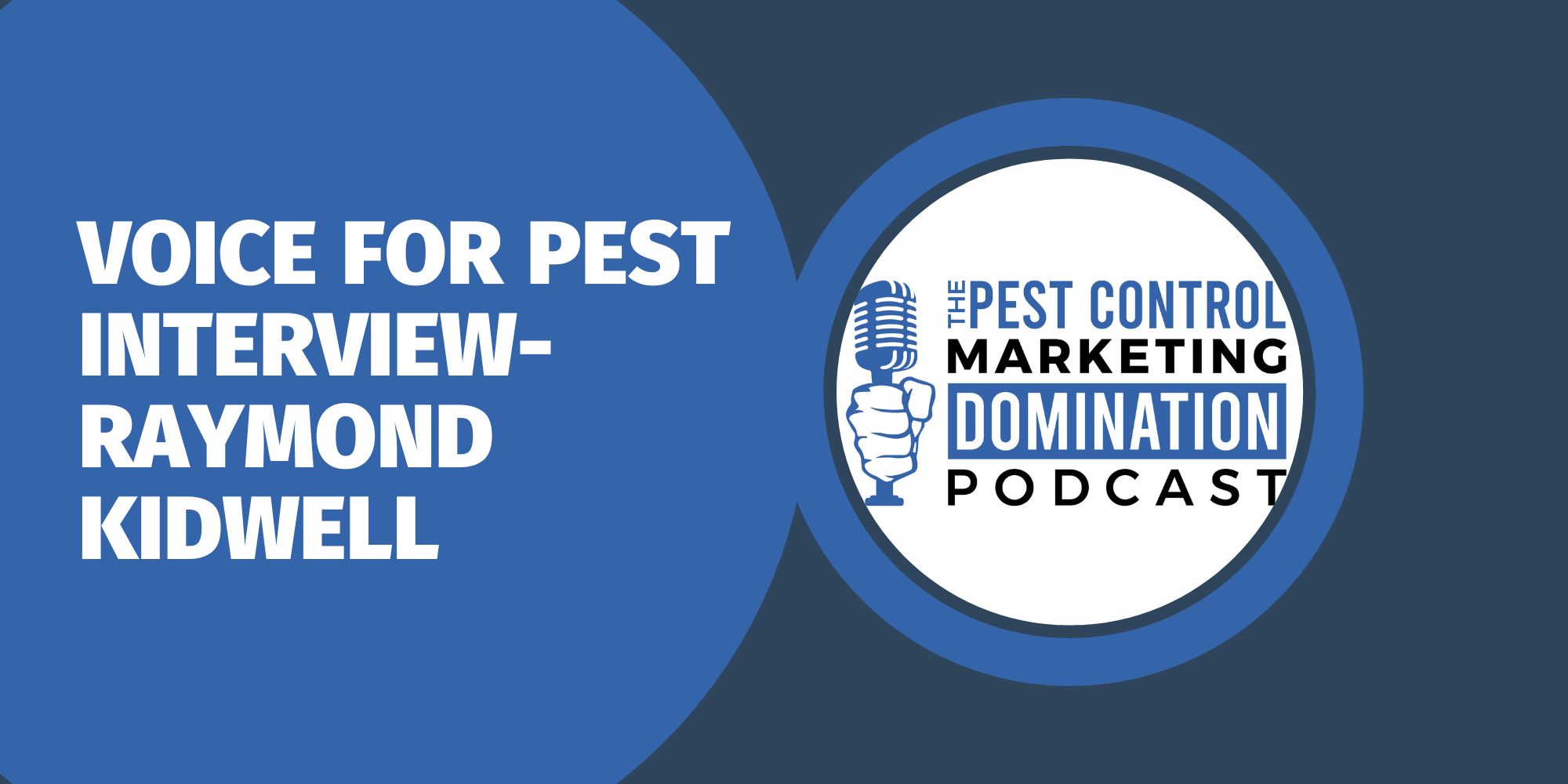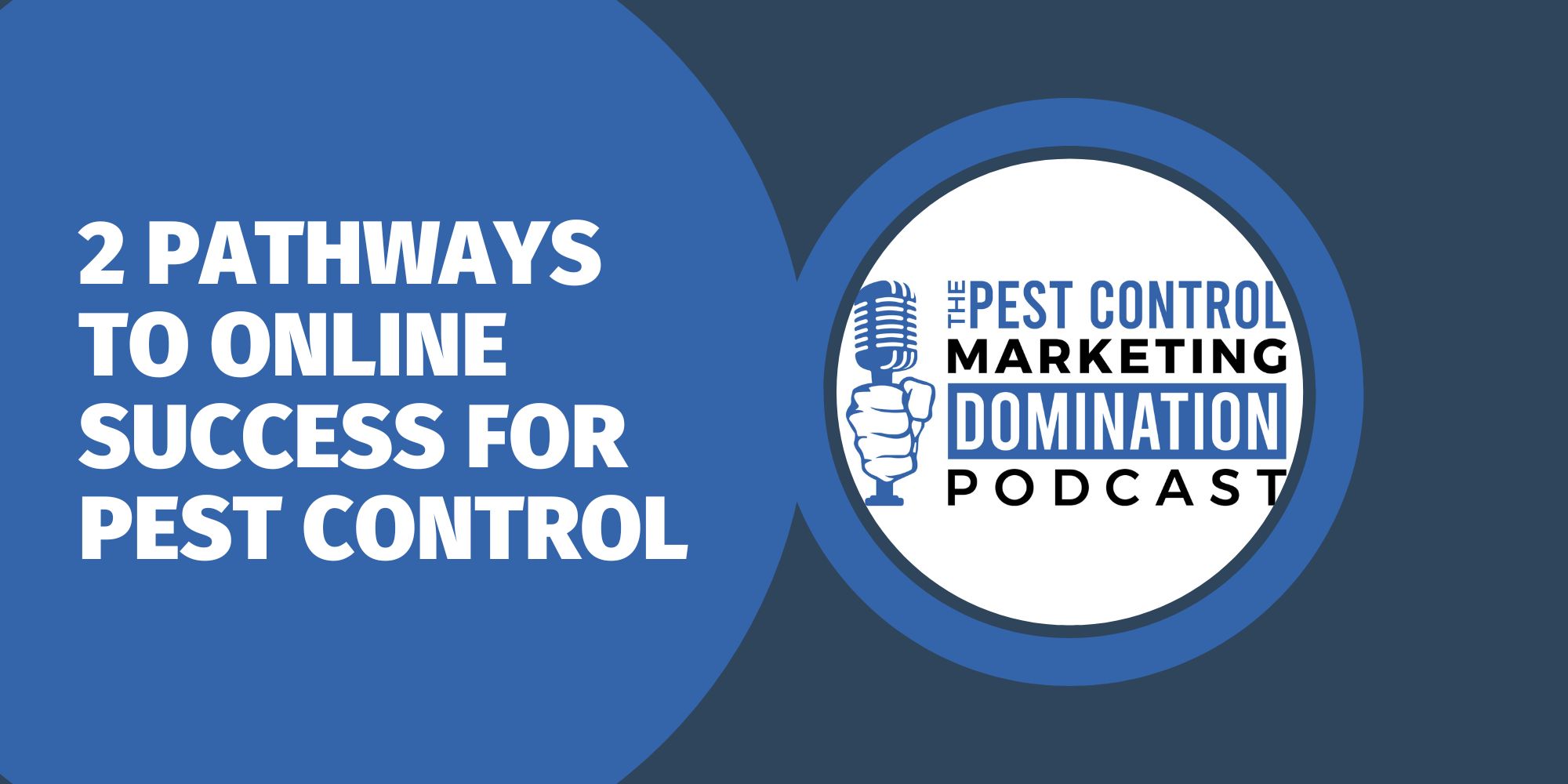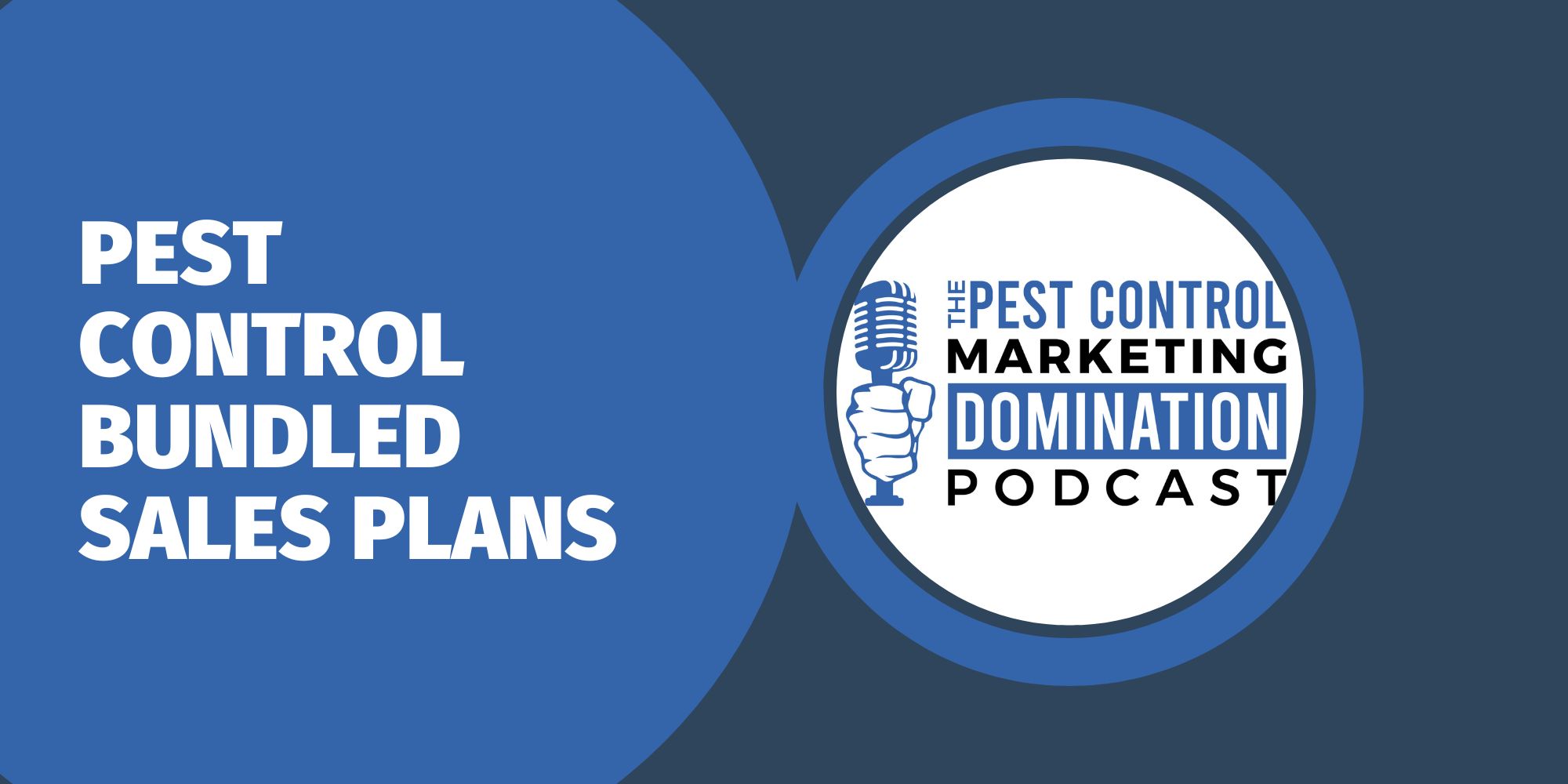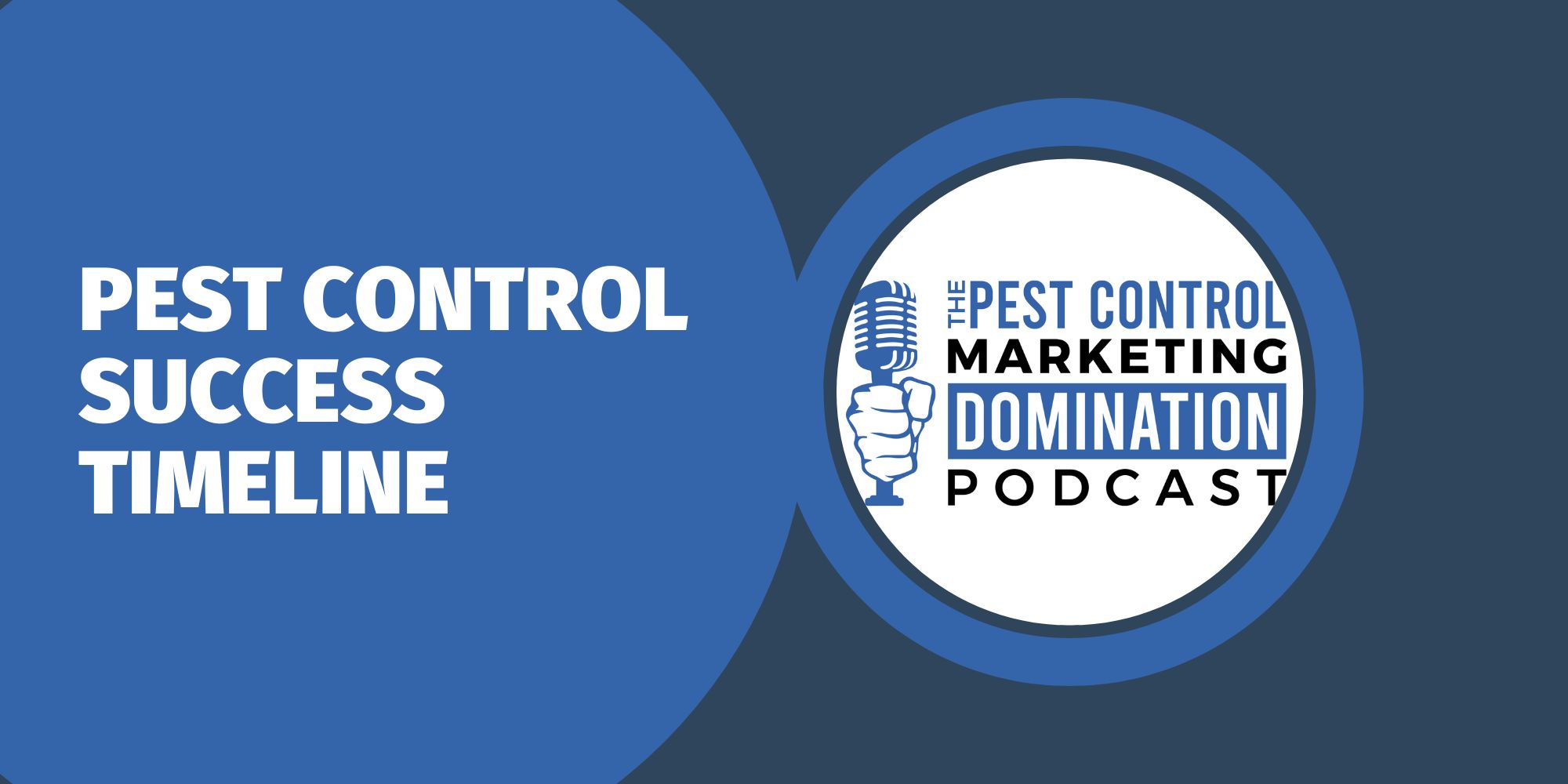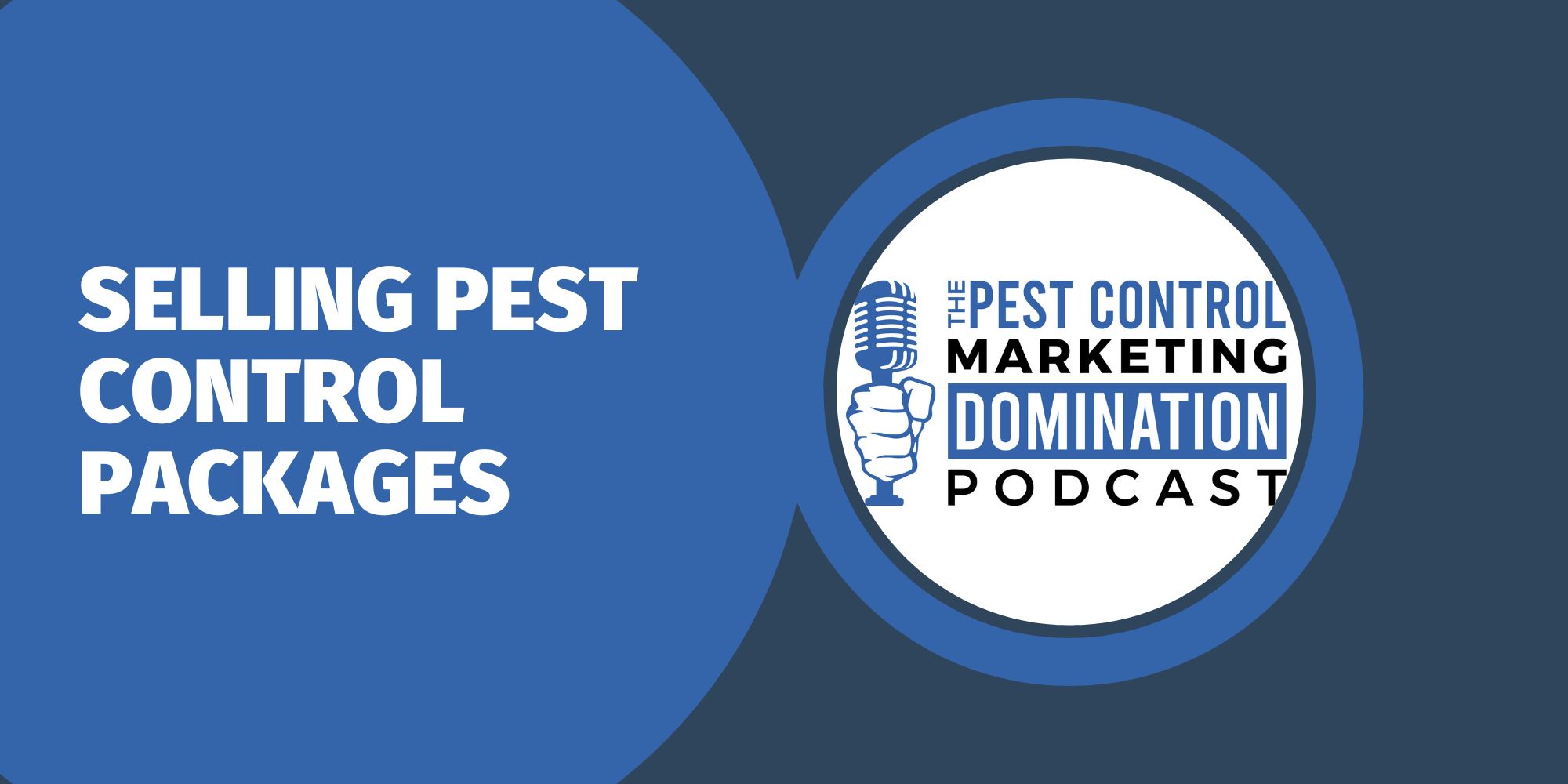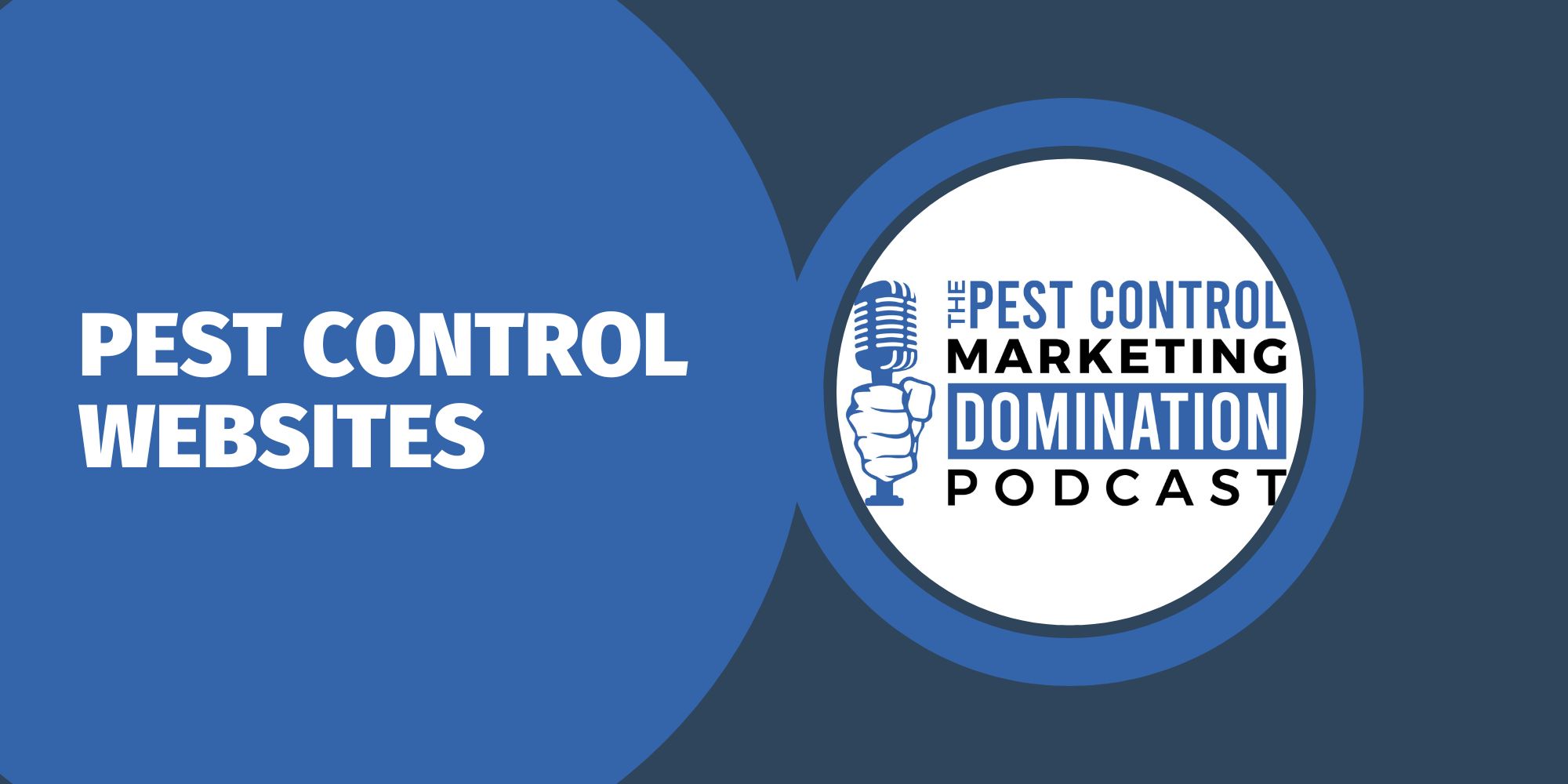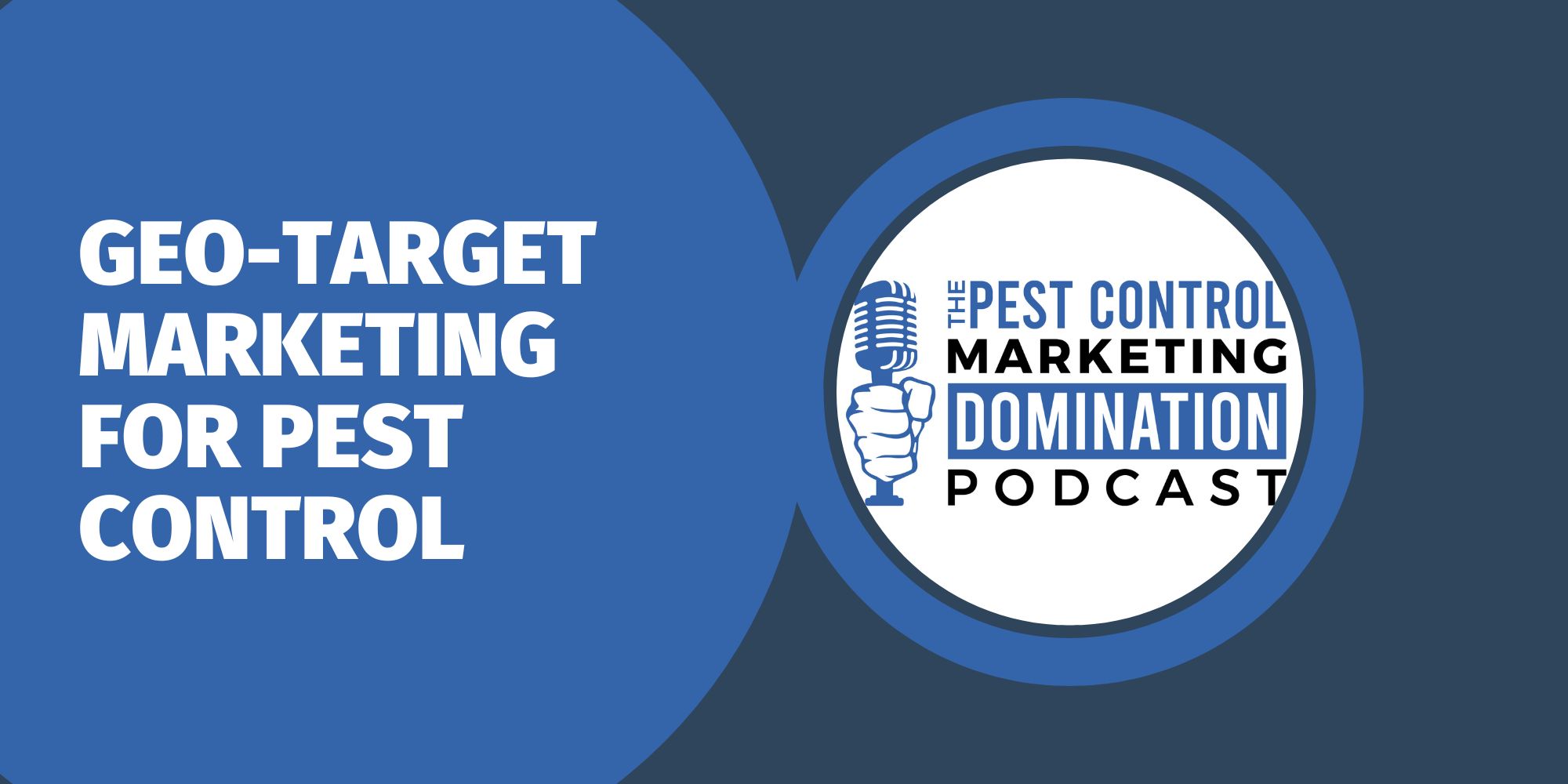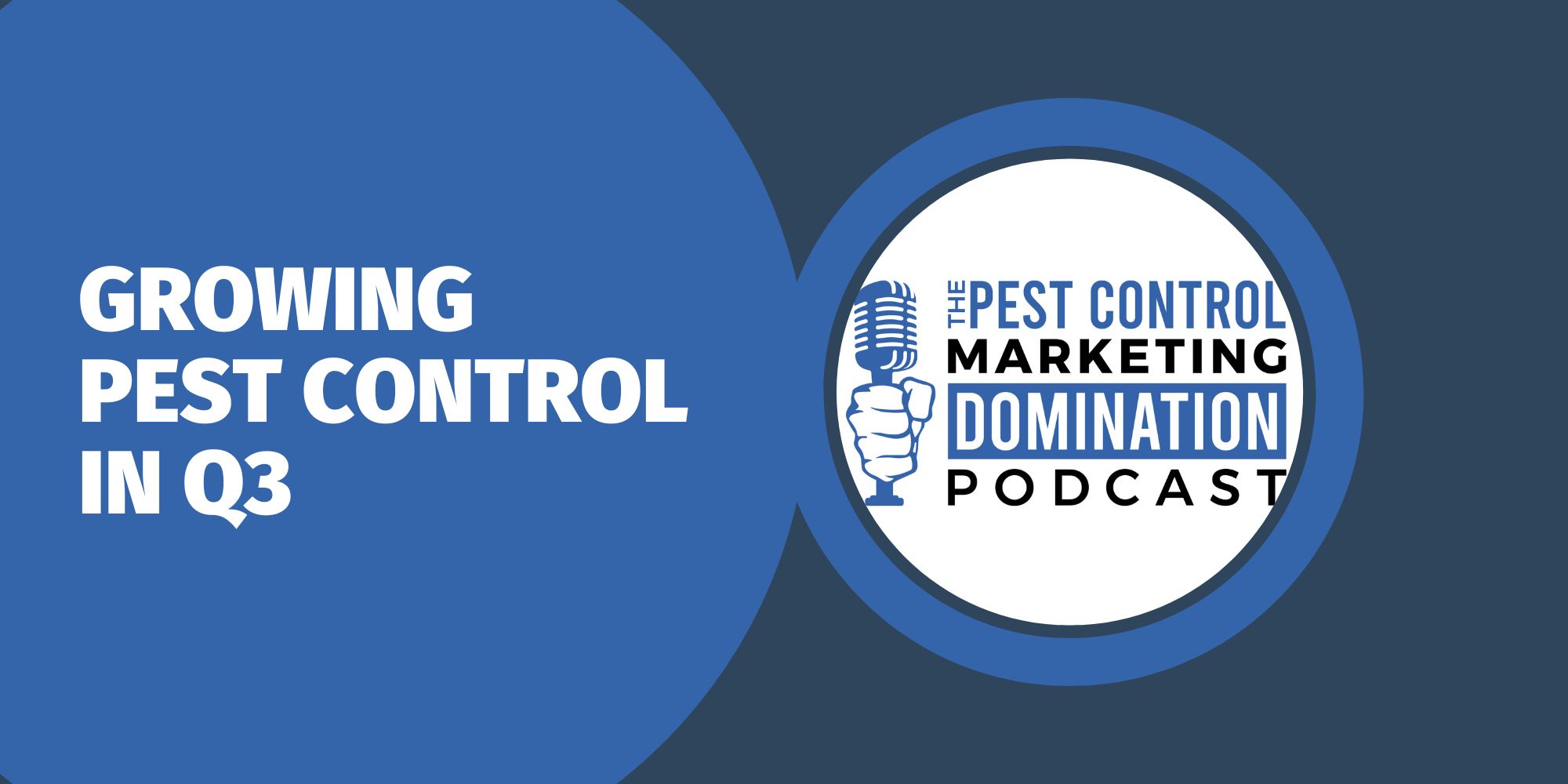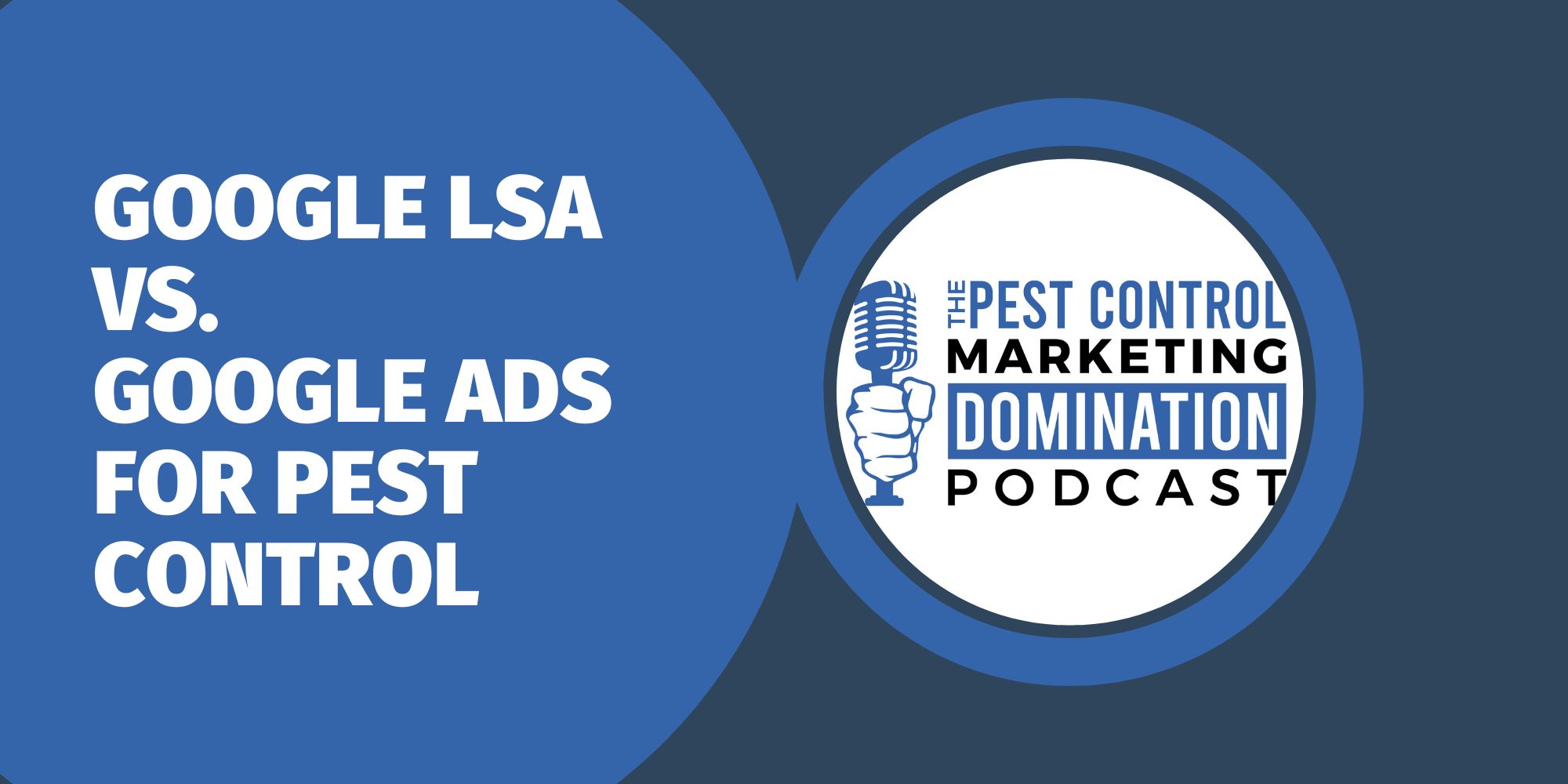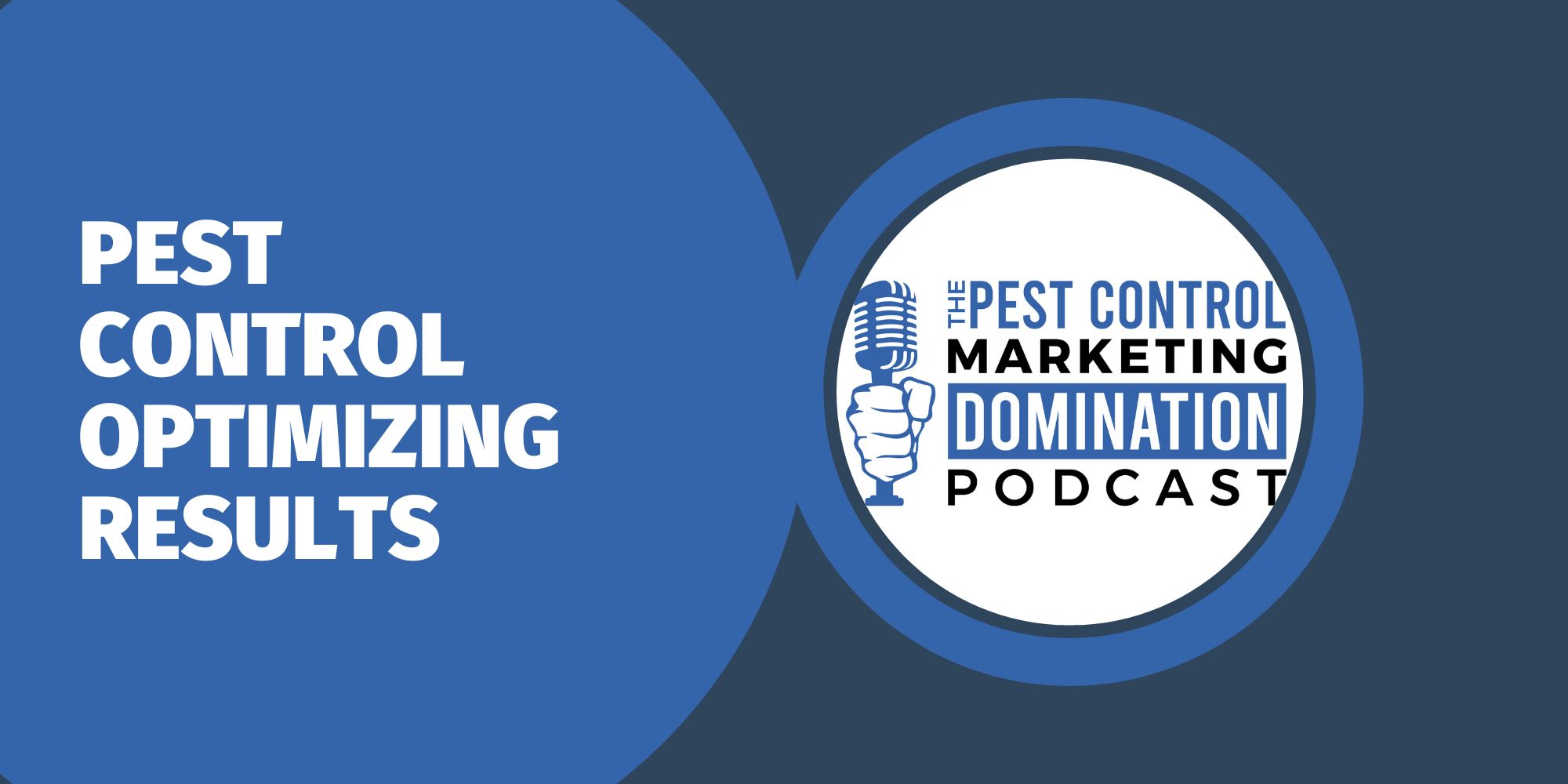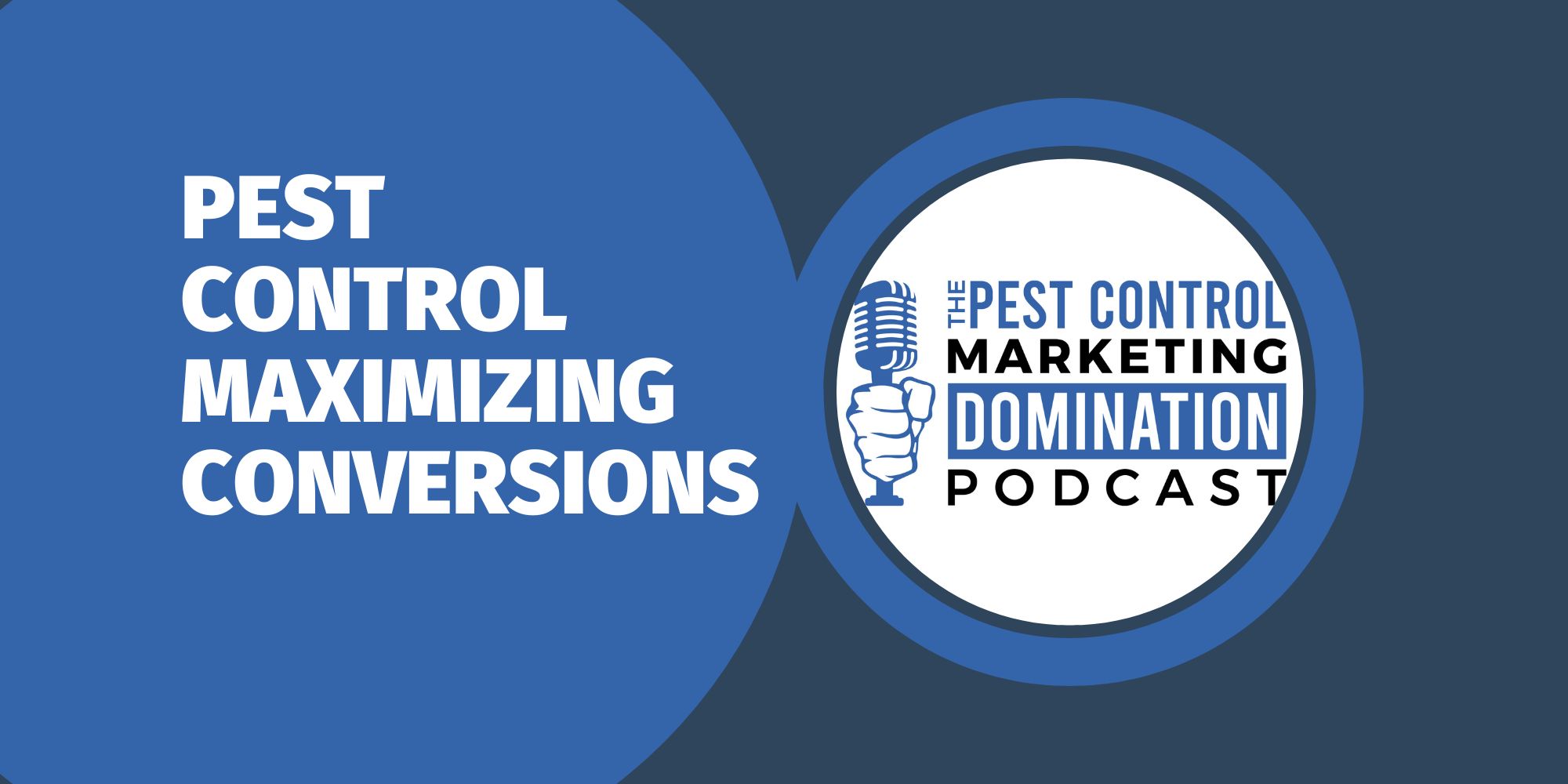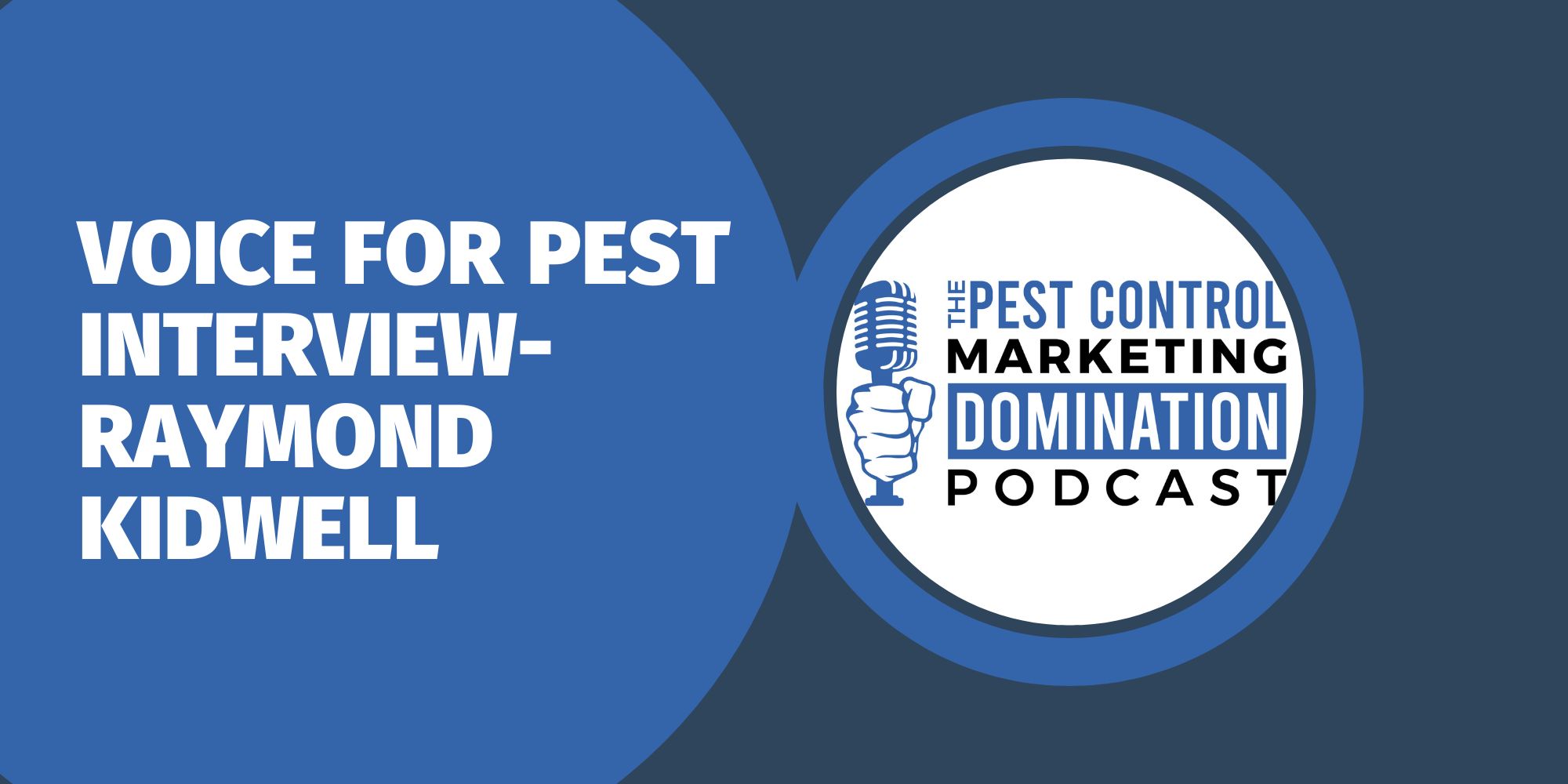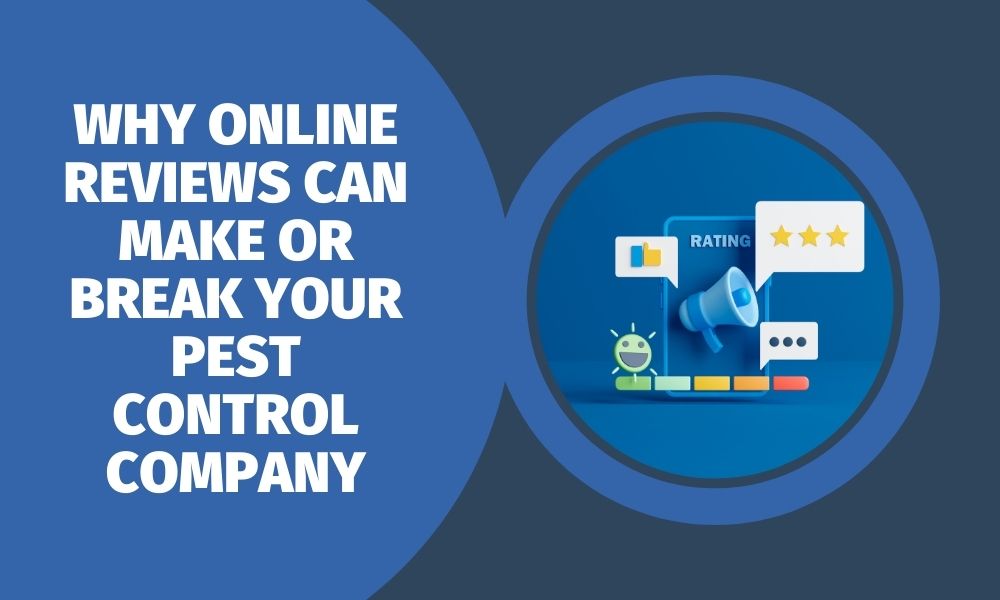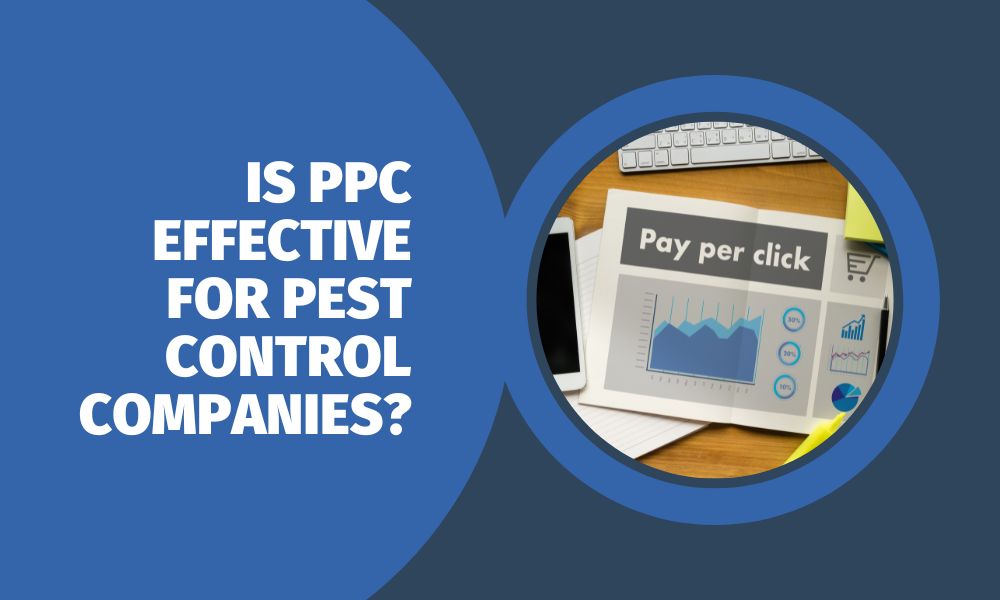Many pest control companies attribute low booking rates to “bad leads.”
It’s one of the most common concerns owners express when evaluating their marketing performance.
However, in most cases, lead quality is not the true issue.
More often, the root problem lies in slow responses, inconsistent follow-up, or gaps in the operational systems responsible for handling new inquiries.
This article breaks down the real factors behind low lead-to-customer conversions and explains how improving internal processes can significantly increase revenue—without increasing marketing spend.
Why “Lead Quality” Is Often Misinterpreted
A lead is frequently labeled “bad” when the customer doesn’t answer the phone immediately or book a service on the first attempt.
But in today’s consumer environment, that’s unrealistic.
Customers often:
- Submit multiple online forms at once
- Compare prices and reviews before choosing
- Prefer text communication over calls
- Respond on their own schedule
- Shop around even when they have an urgent pest issue
A homeowner searching for ant control, rodent removal, or a termite inspection may reach out to several companies within minutes.
If your team isn’t first—or doesn’t follow up consistently—the lead appears unqualified when it was actually still evaluating options.
The Real Issue: Response Time and Follow-Up Consistency
When pests are involved, urgency matters.
A delayed response, even by a few minutes, can cause one company to lose the job to a competitor who replies faster.
Common breakdowns include:
- A CSR tied up on another call
- No automated text being sent when a lead arrives
- Only one or two follow-up attempts
- Relying solely on phone calls without using text
- No system that tracks or schedules follow-up
These gaps create the perception of poor lead quality when the actual issue is process inconsistency.
Why Many Customers Don’t Respond Immediately
The assumption that a non-responsive lead is a bad lead overlooks normal consumer behavior.
People often miss the first call because they’re at work, busy with family, or evaluating multiple companies.
Many pest control customers simply want:
- A quick text confirmation
- Clear next steps
- Multiple contact attempts
- Availability options they can respond to later
A lead who doesn’t answer immediately is still a viable opportunity—if the follow-up process continues.
The Value of a Structured Follow-Up System
High-performing pest control companies rely on multi-step follow-up systems rather than single attempts.
When follow-up is structured, automated, and predictable, conversion rates rise.
A strong system typically includes:
- Instant SMS confirmation when a lead arrives
- A second touch within minutes
- A scheduled follow-up call within the hour
- Additional attempts over the next 24–48 hours
- Short-term nurturing for leads who are comparison shopping
- Longer-term nurturing for seasonal or high-consideration services
This transforms leads that appear cold into booked inspections or scheduled visits.
How Automation Supports Better Conversion
Automation ensures that every lead receives timely communication, even during busy seasons when call volume spikes.
Automated follow-up can handle:
- First-touch text responses
- Appointment reminders
- Missed call texts
- Multi-day follow-up sequences
- Seasonal reactivation messages
- Long-term nurturing for undecided leads
Automation doesn’t replace your team—it supports them by closing the gaps that naturally occur during high-demand periods.
How Lead Perception Improves When Systems Improve
Once companies improve their follow-up structure, they often see immediate results:
- Higher contact rates
- More booked services
- Better utilization of marketing dollars
- Fewer complaints about “bad leads”
- Increased recurring revenue
The same leads generate better outcomes because the process supporting them has improved.
Shift the Focus From Lead Quality to System Quality
Instead of asking, “Are the leads good?” pest control companies get clearer insights by asking:
- How fast are we responding?
- How many touchpoints are we making before marking a lead lost?
- Are we using both call and SMS communication?
- How effectively is our CRM routing and tracking leads?
- Are our automations firing every time?
- Are seasonal and long-term follow-ups in place?
These questions highlight true opportunities for improvement.
Conclusion
Most “bad leads” in pest control are not actually low-quality—they are simply leads that weren’t contacted quickly enough, followed up with consistently enough, or nurtured through the right communication channels.
When companies strengthen their systems, lead quality perception improves dramatically, and their marketing investment becomes far more profitable.





